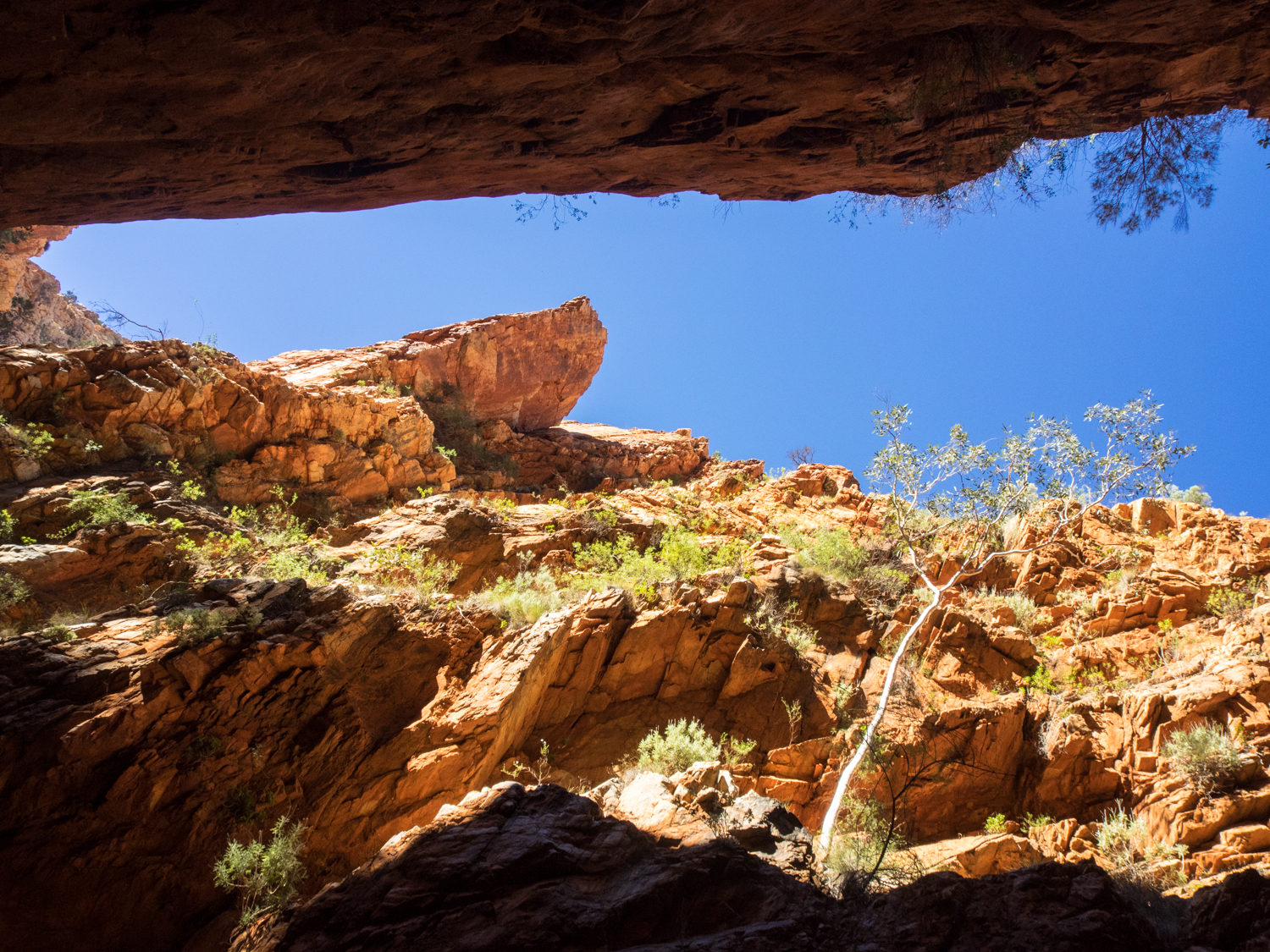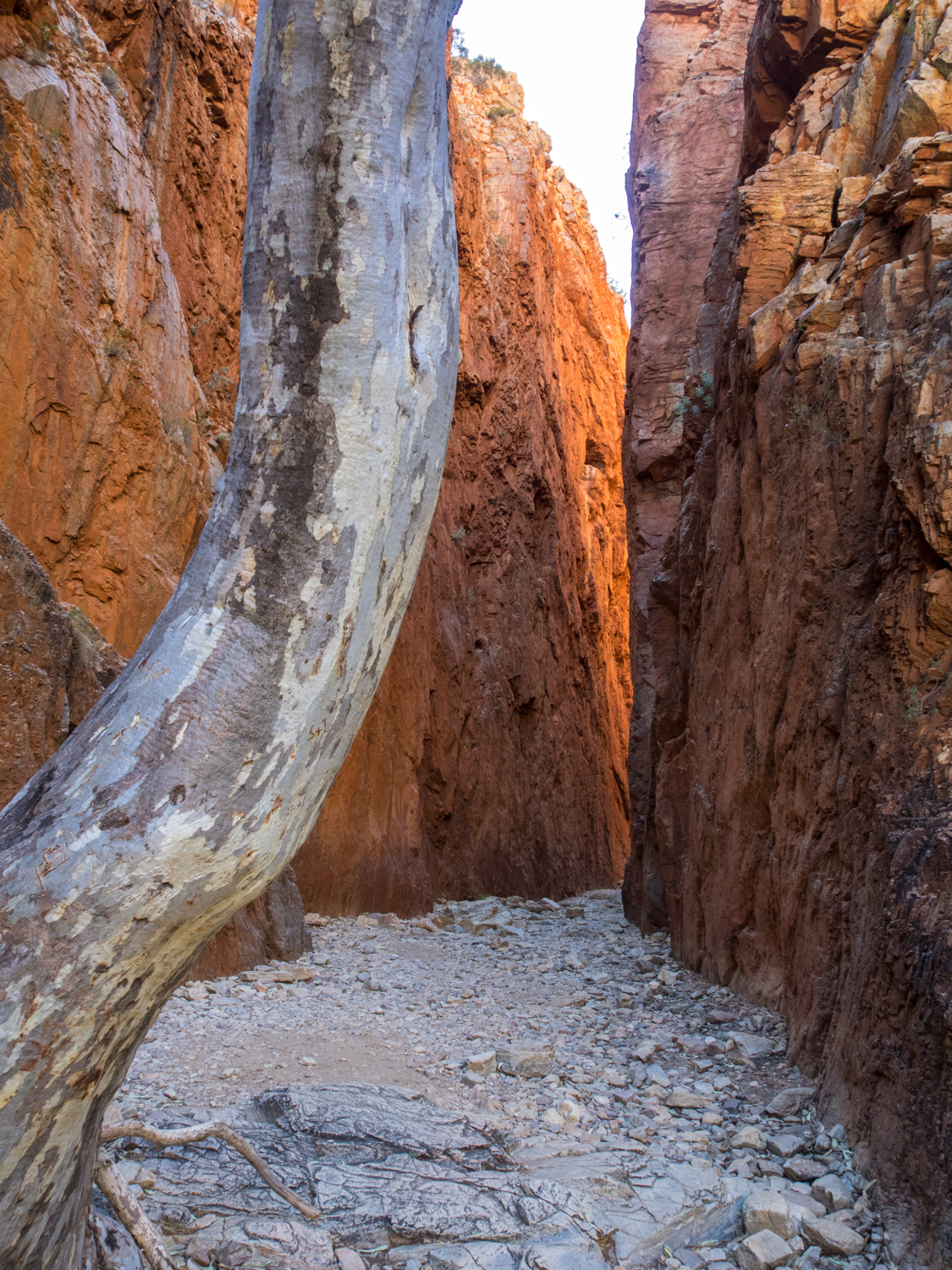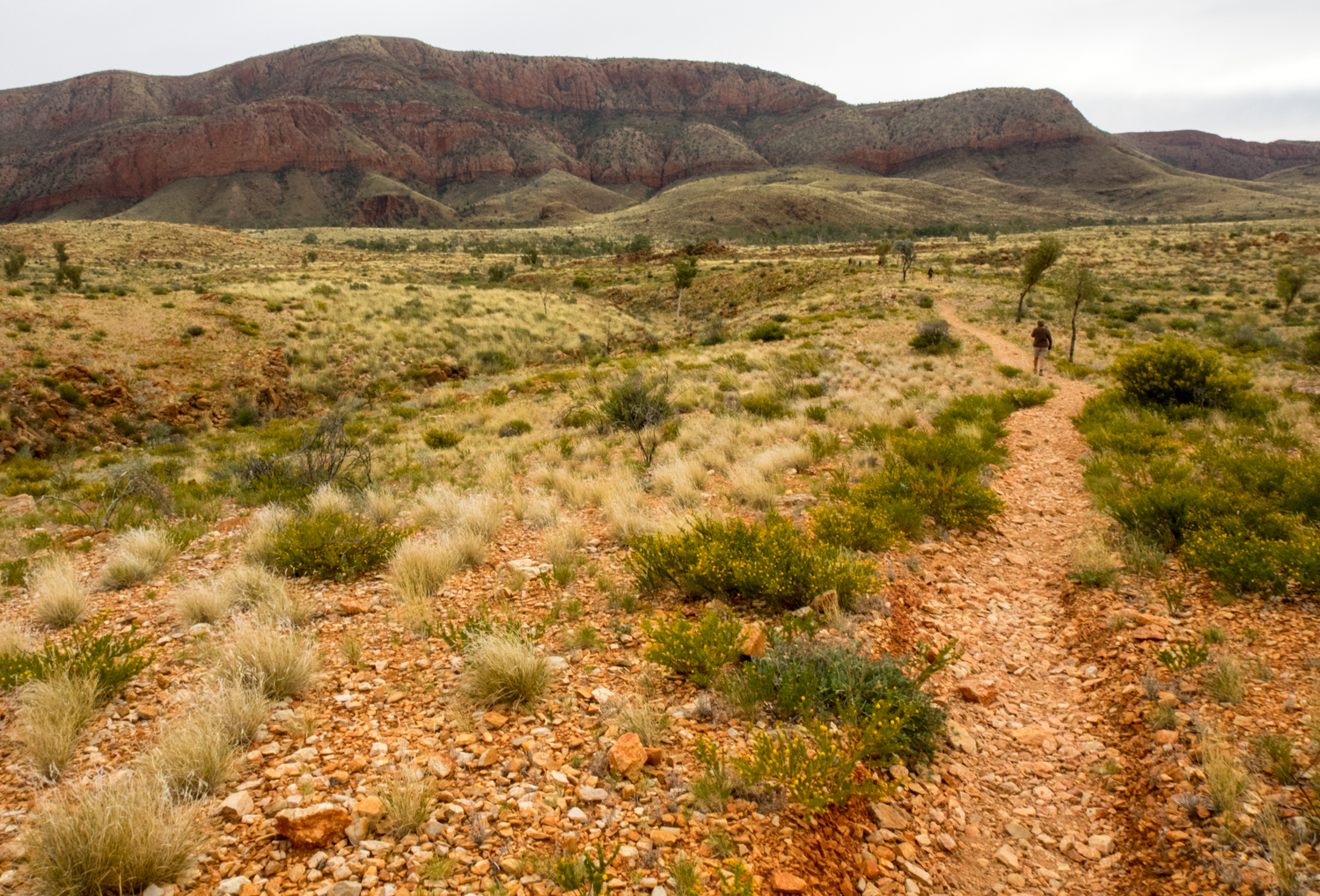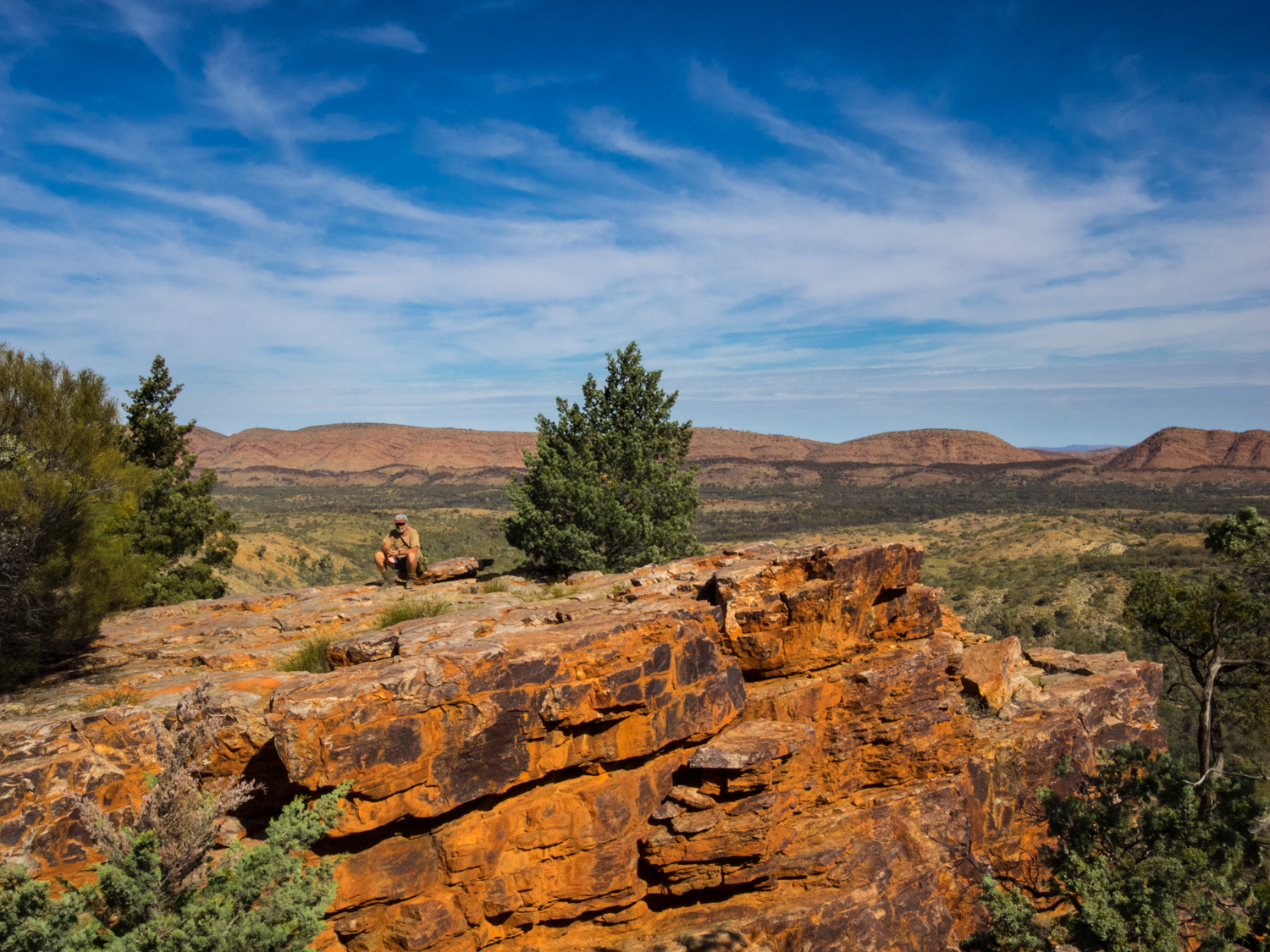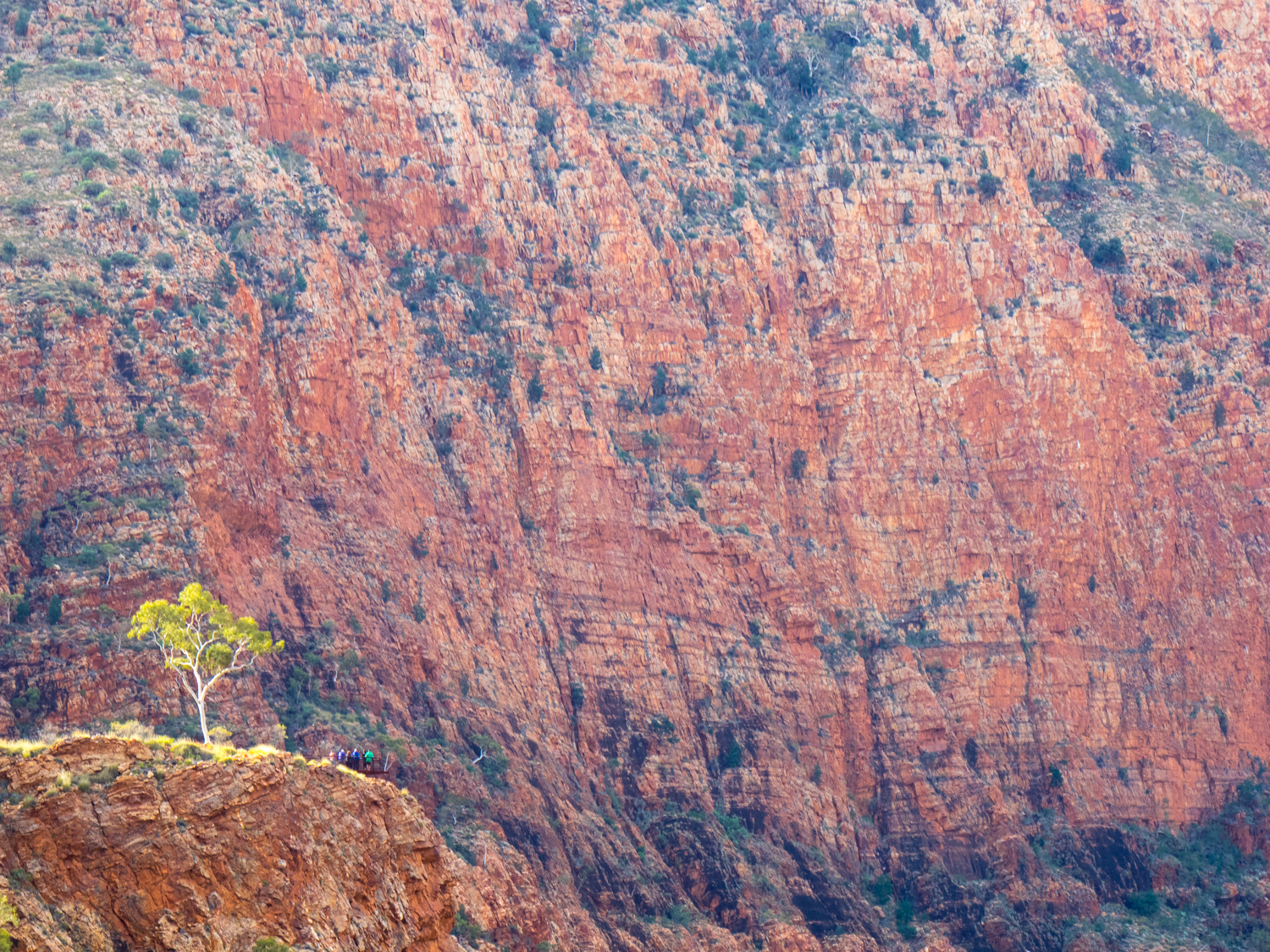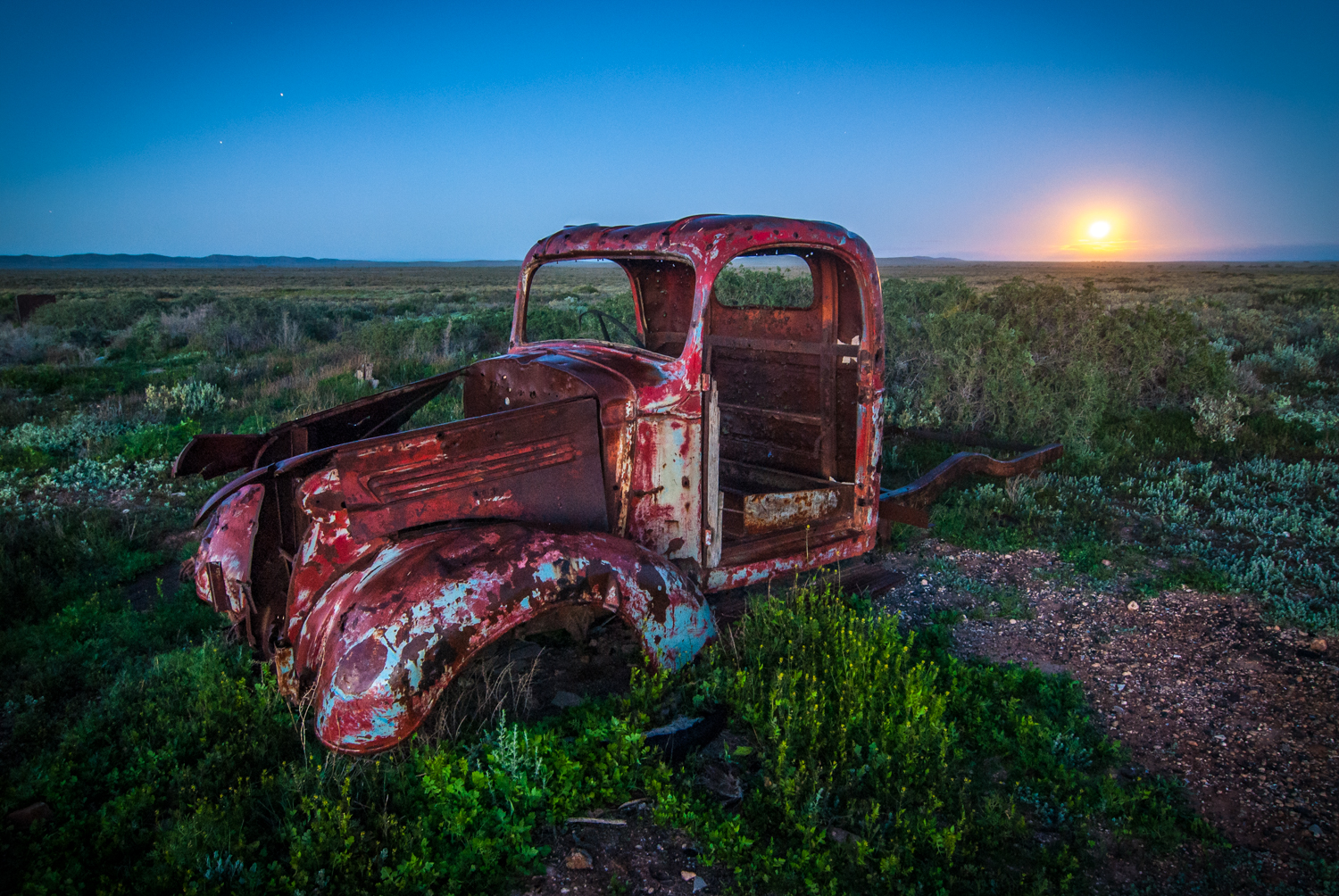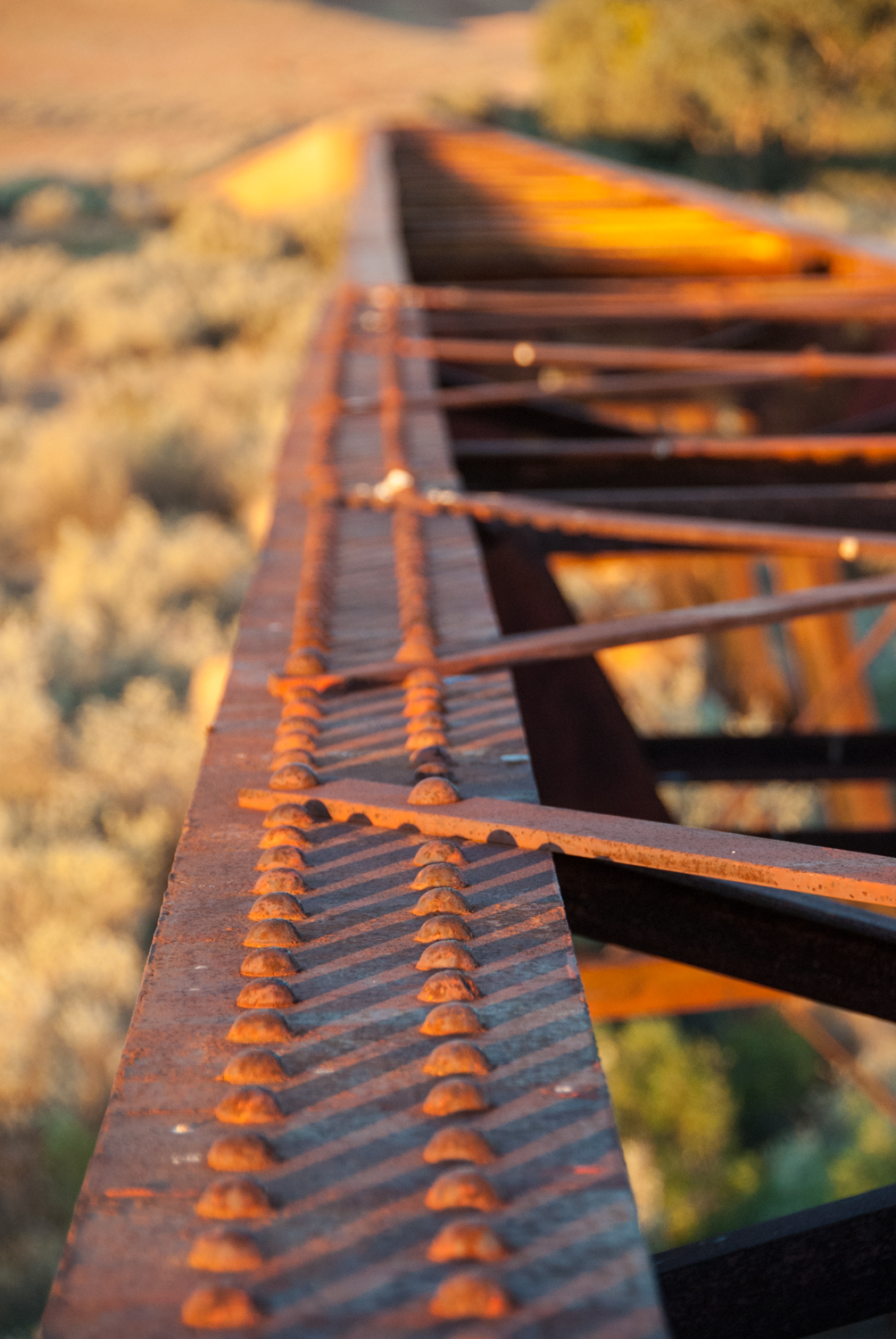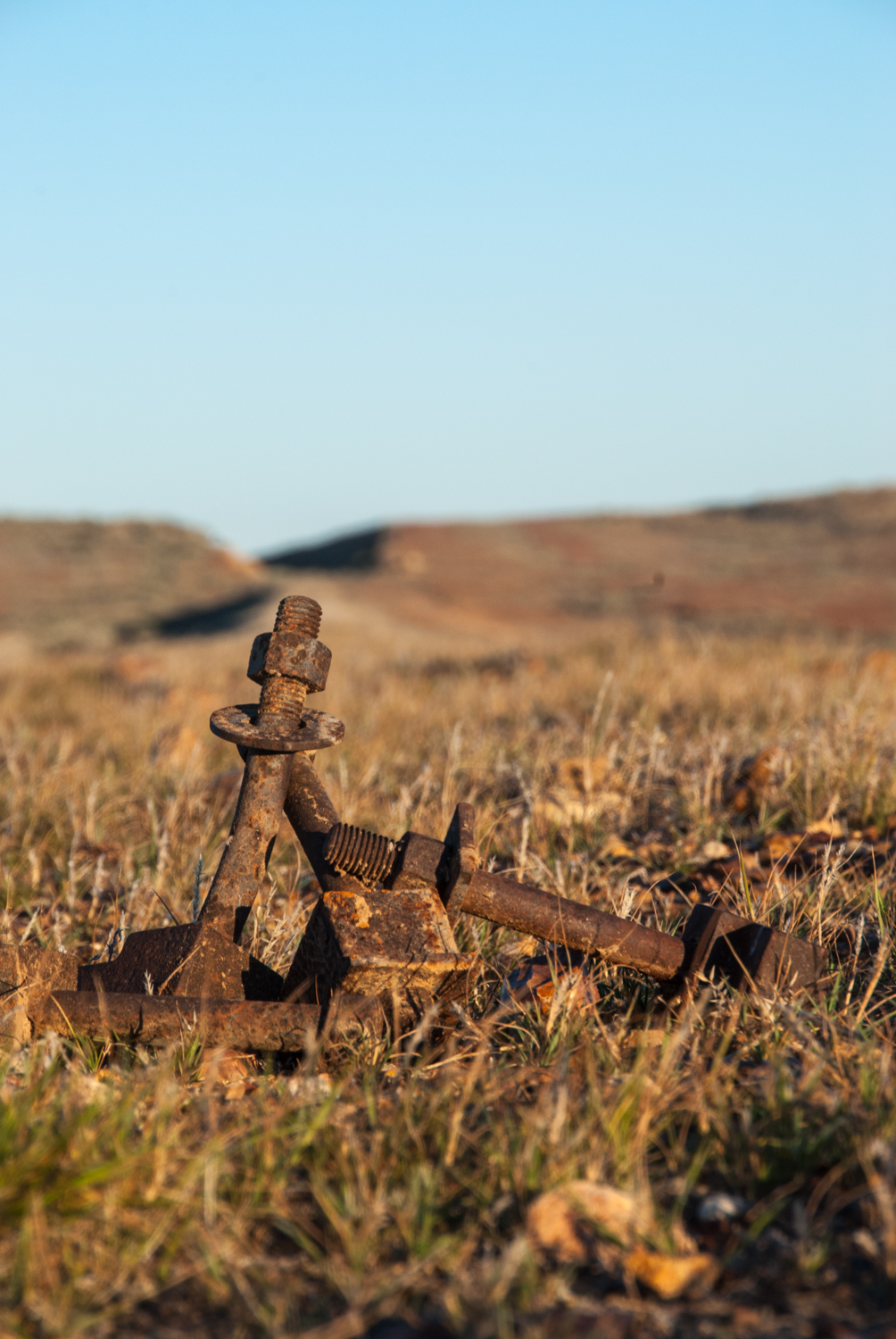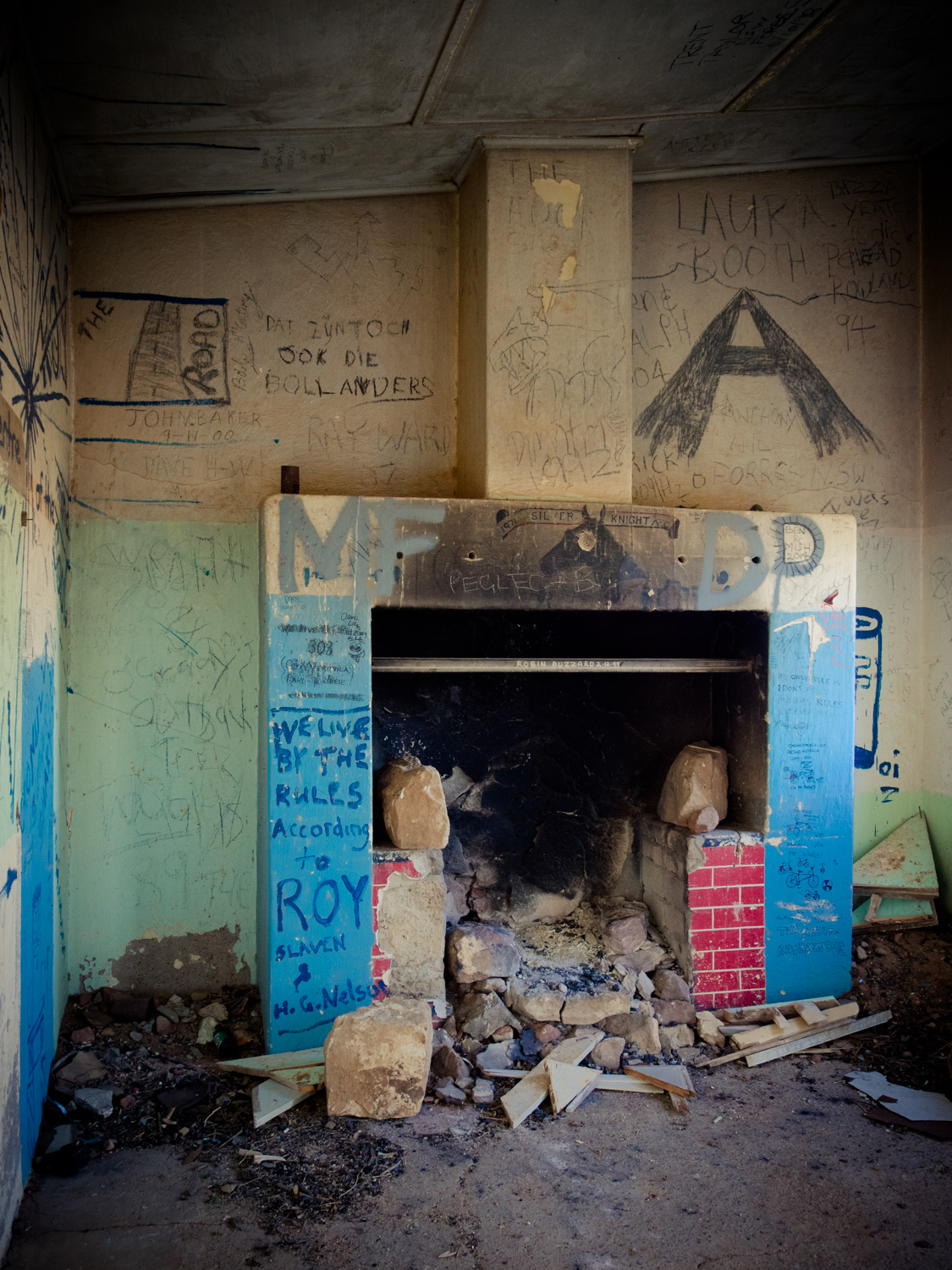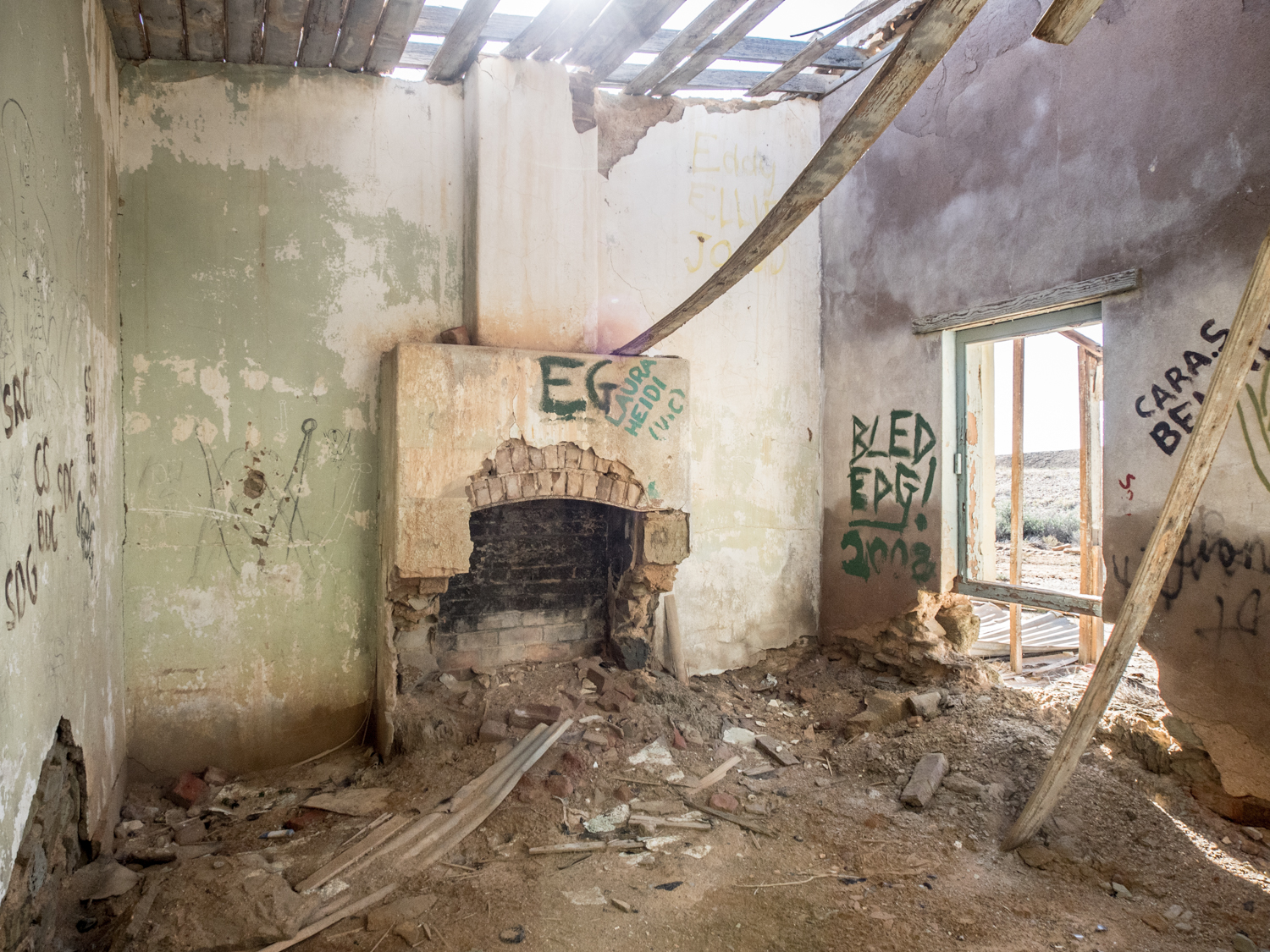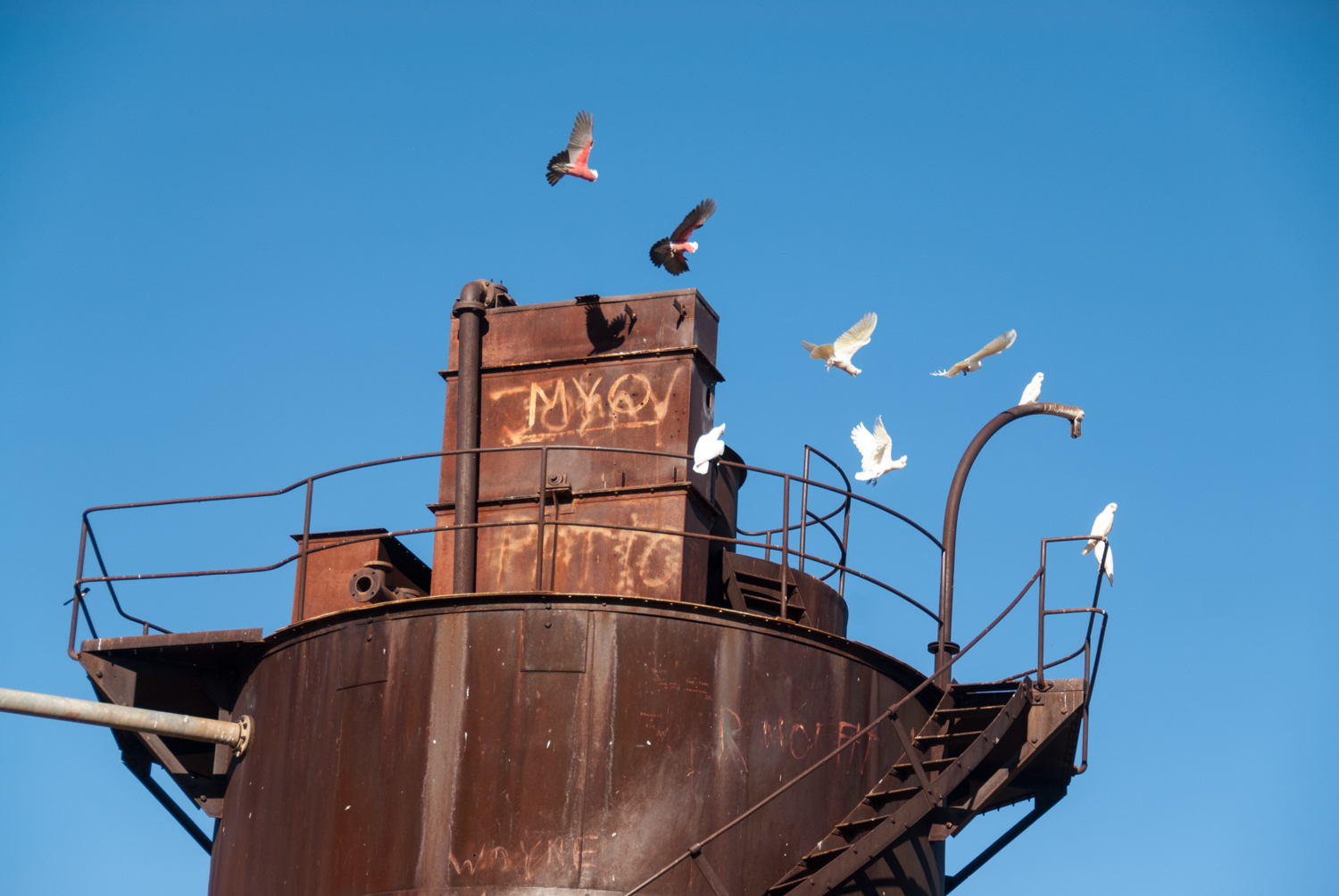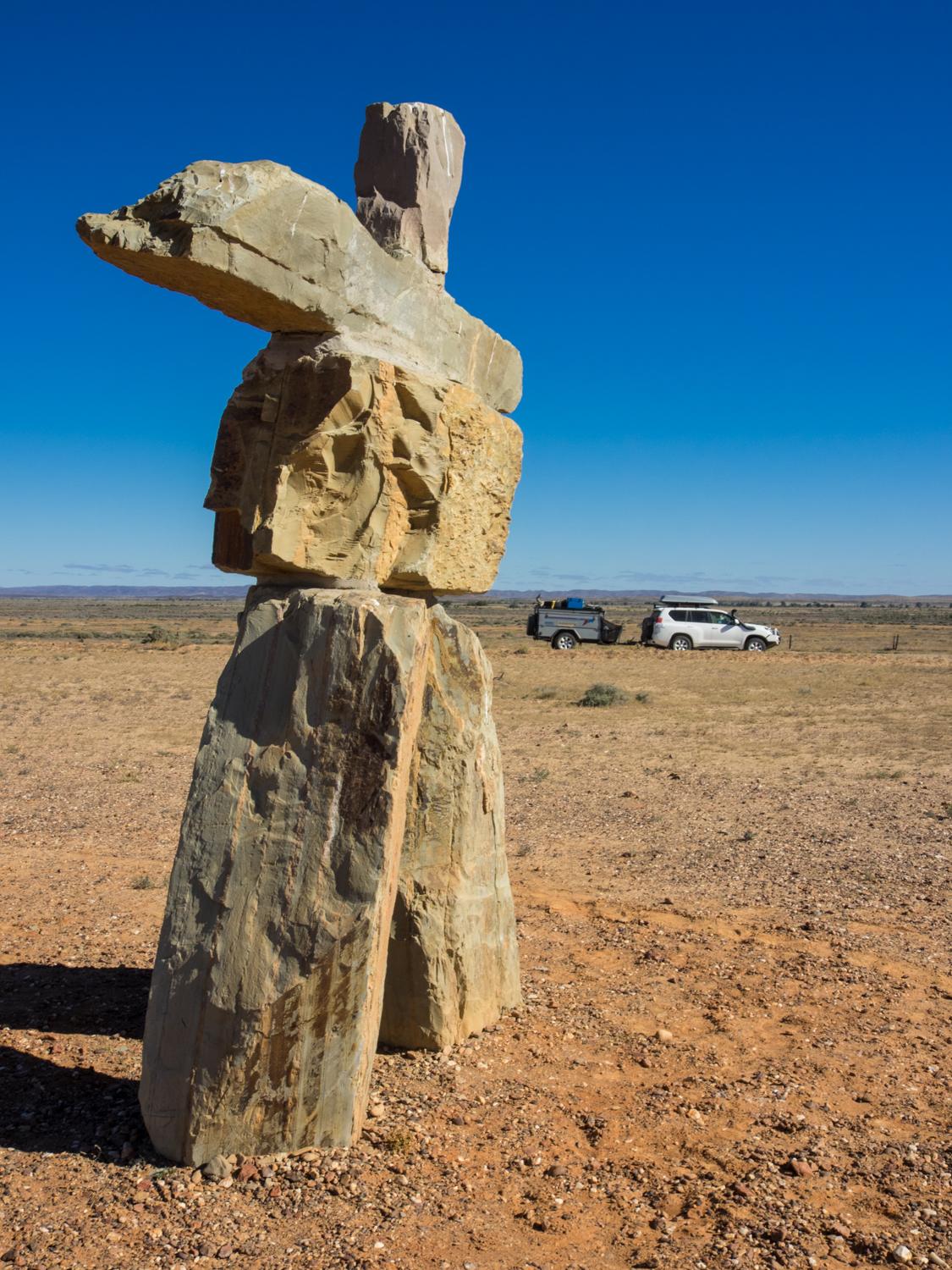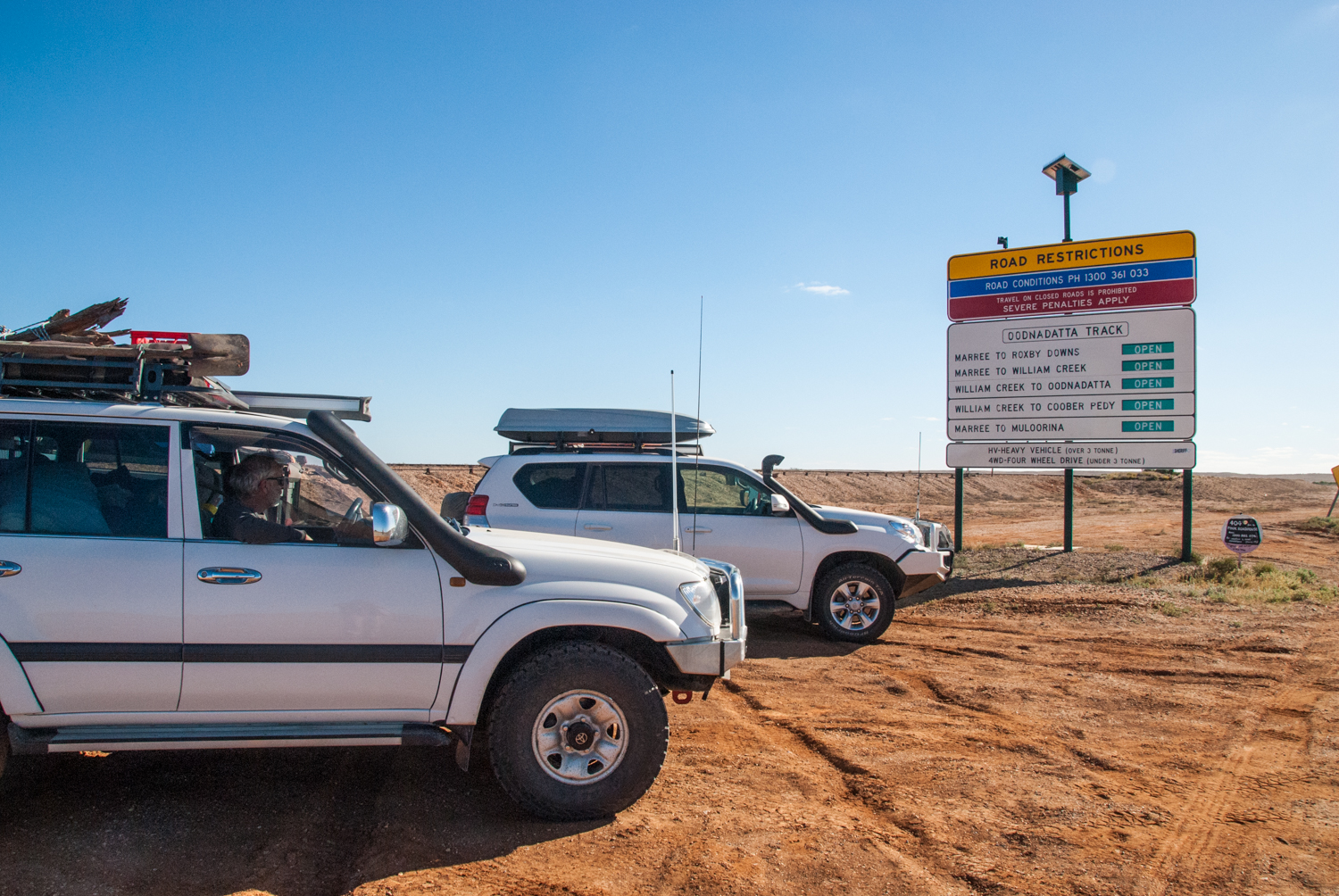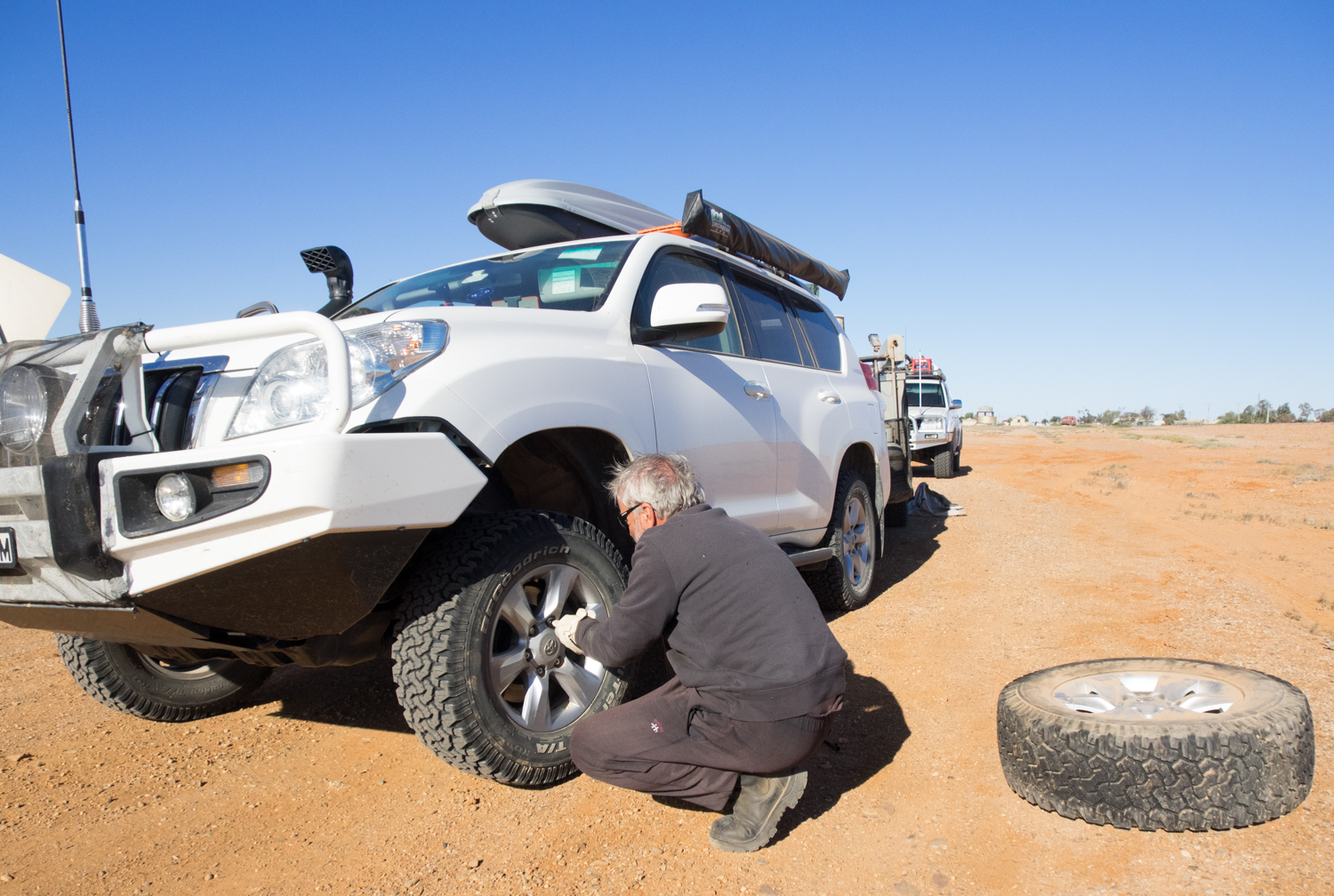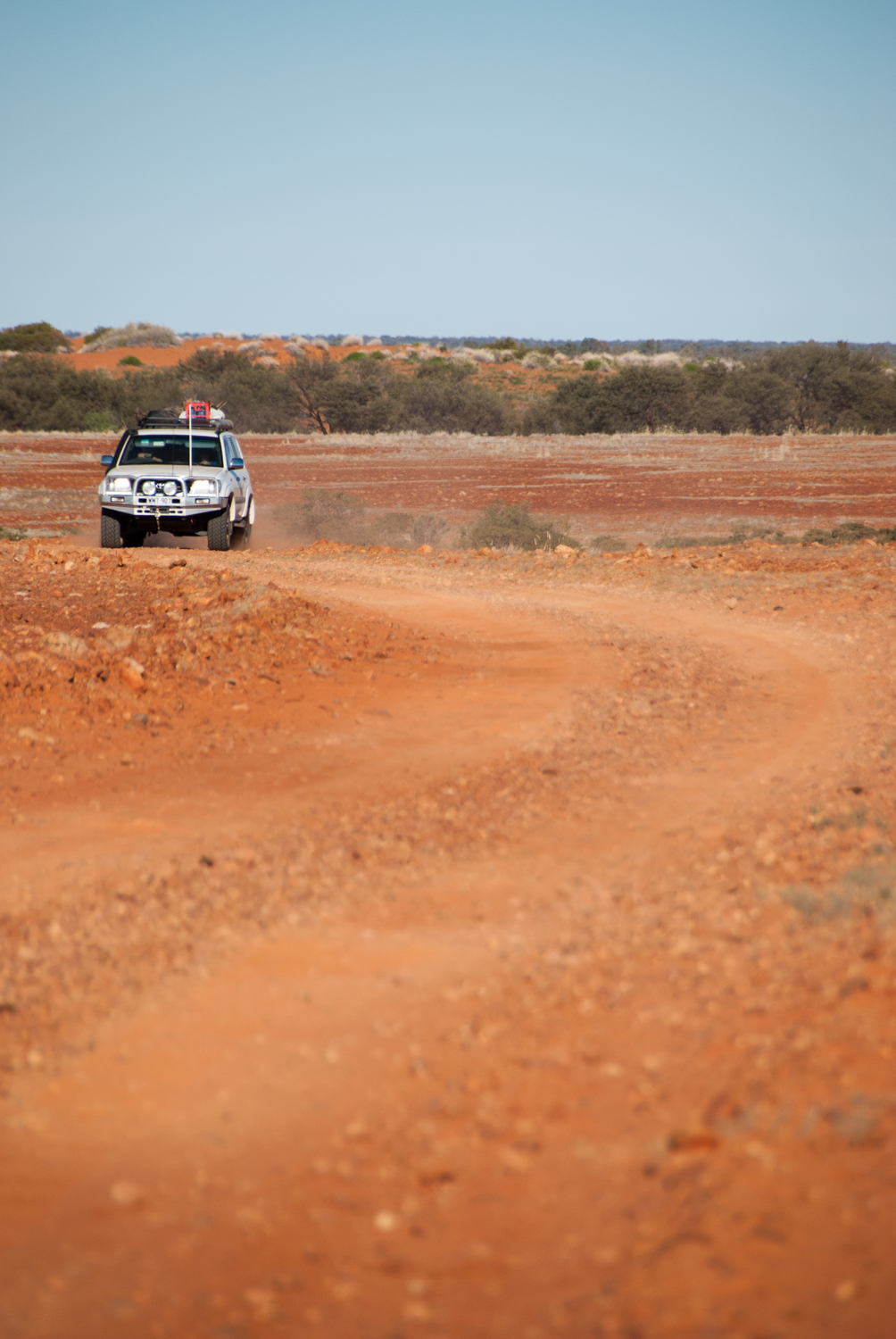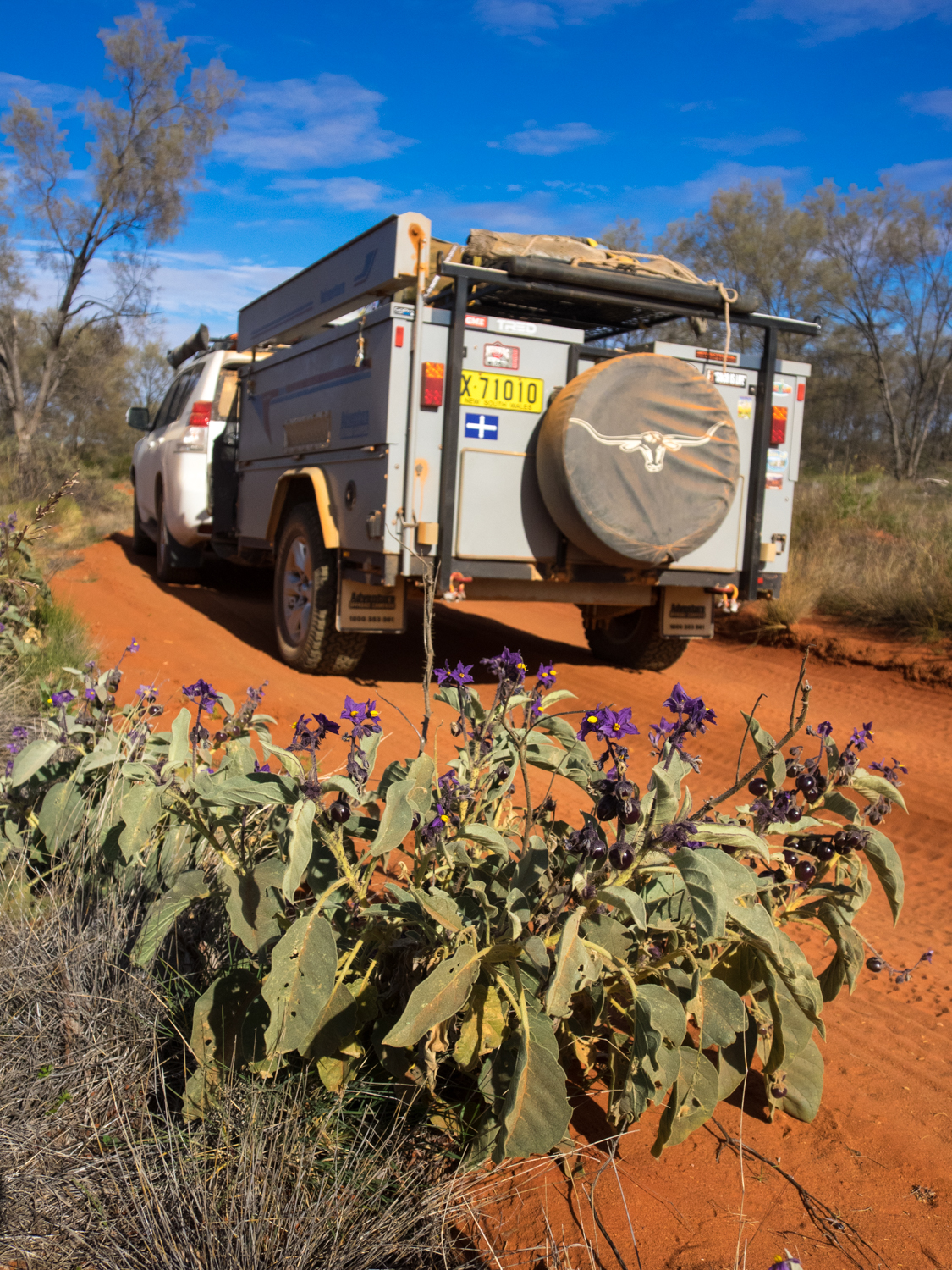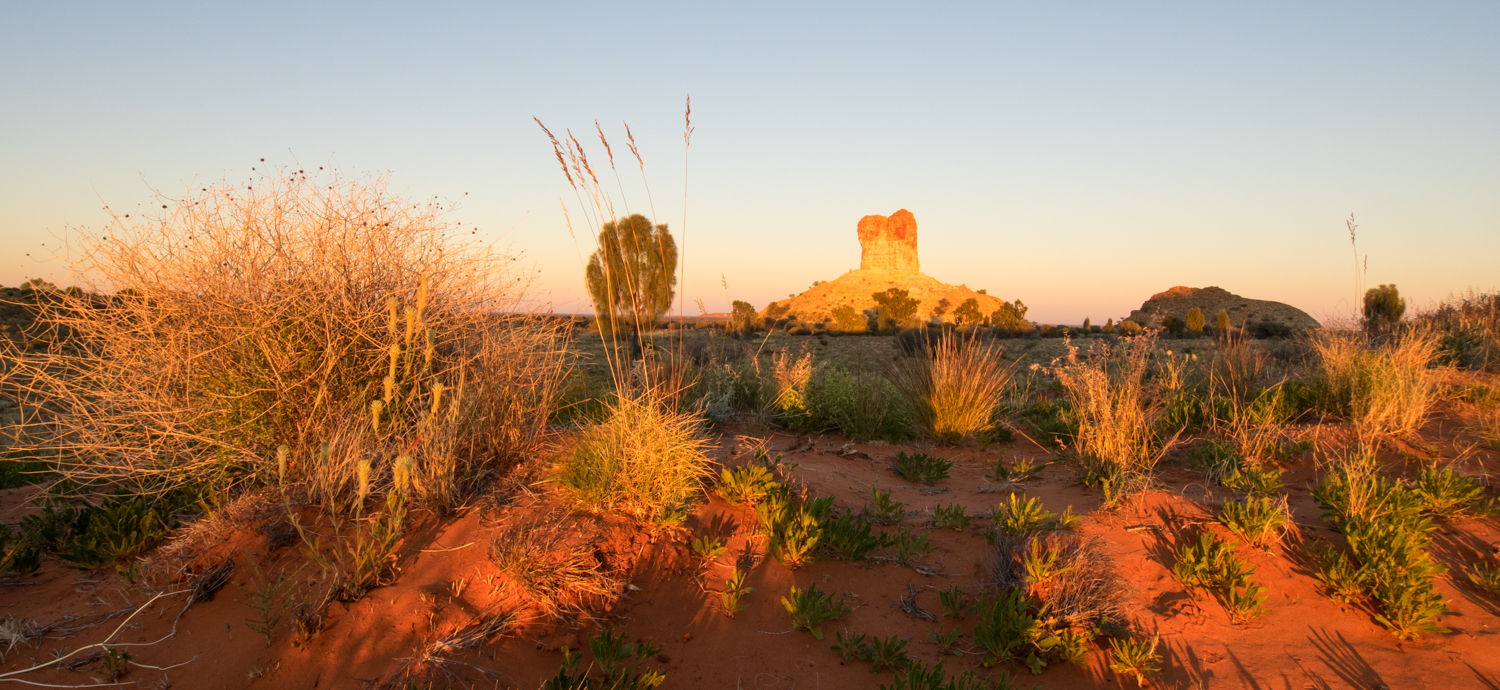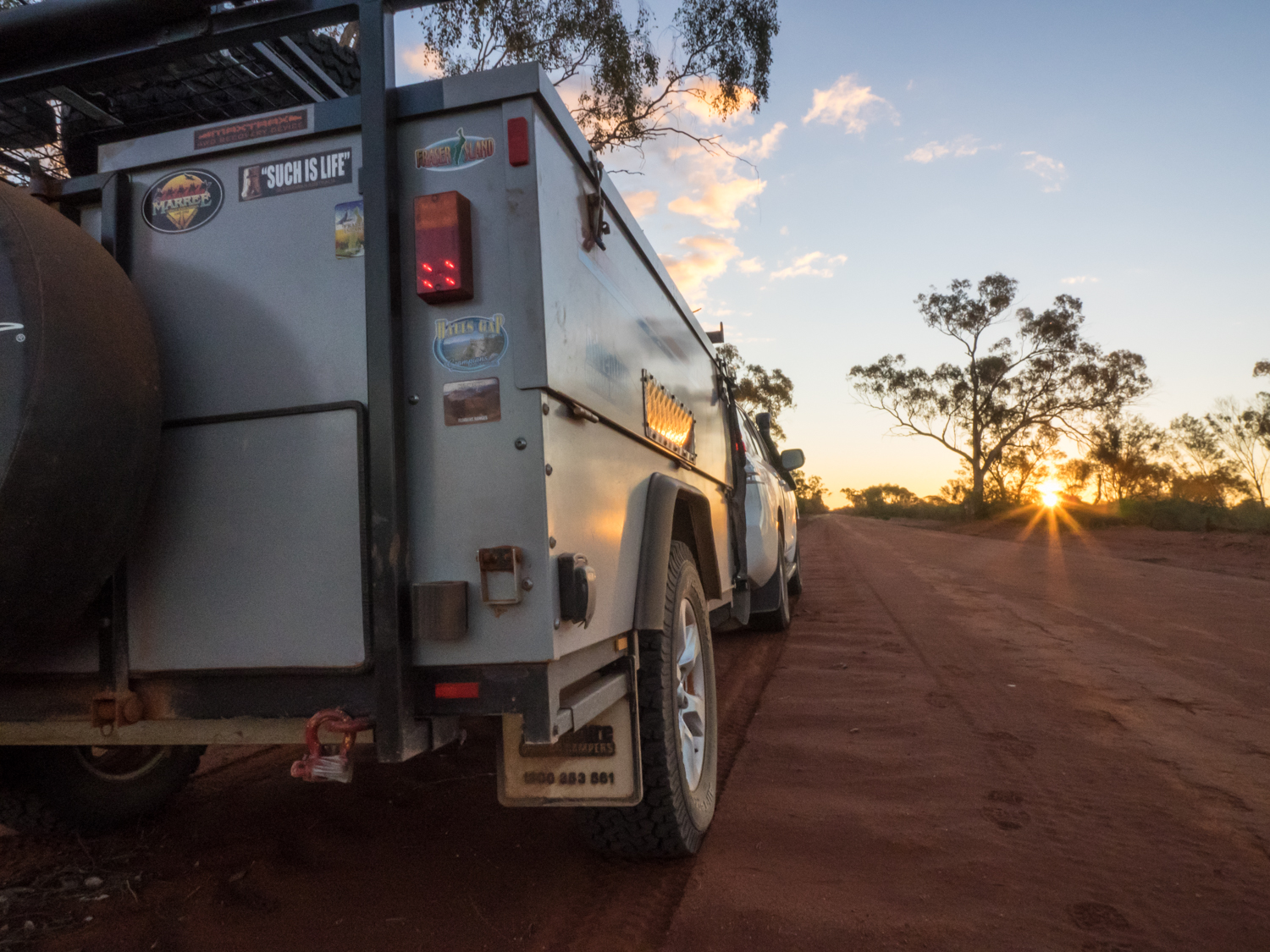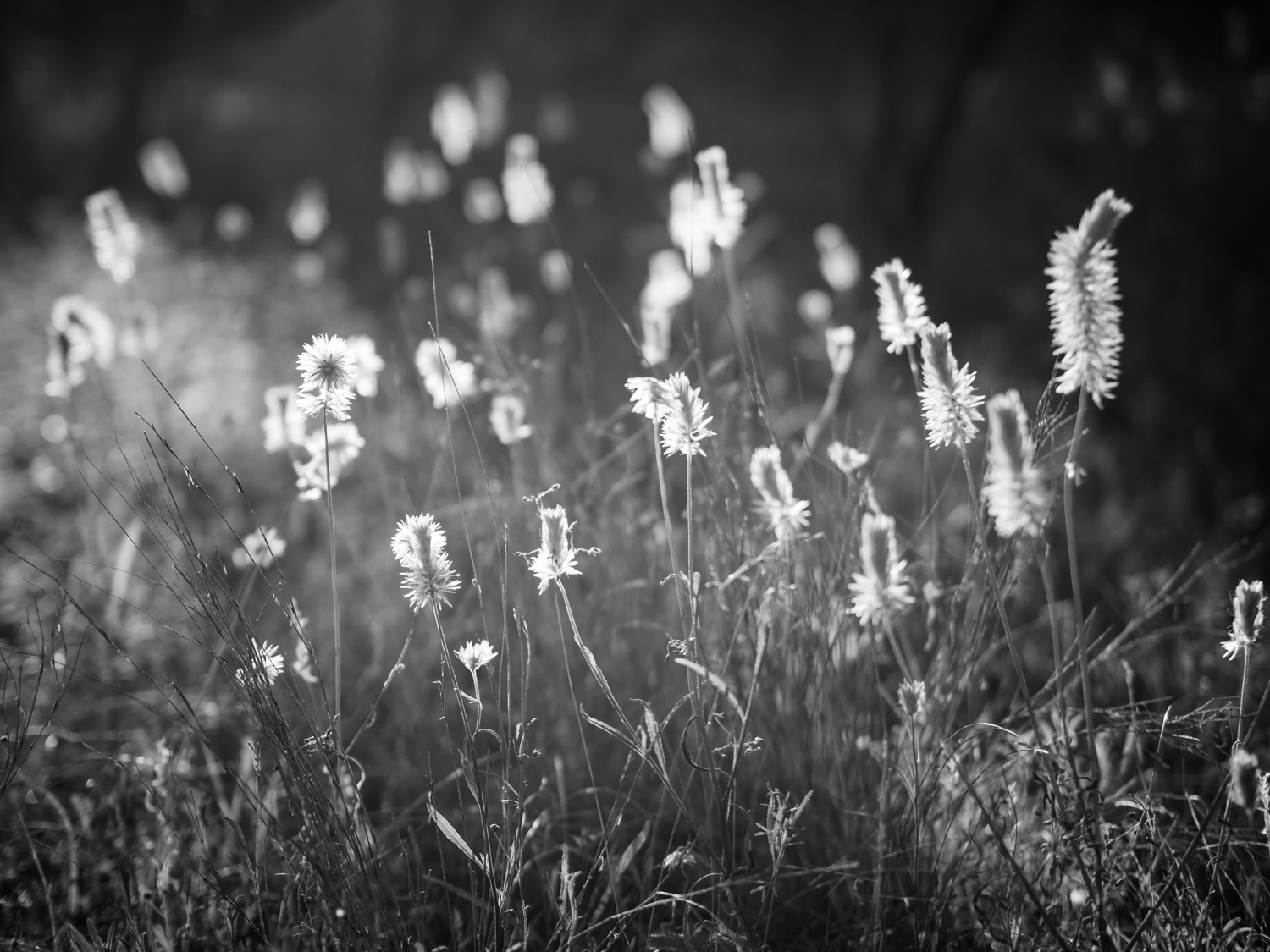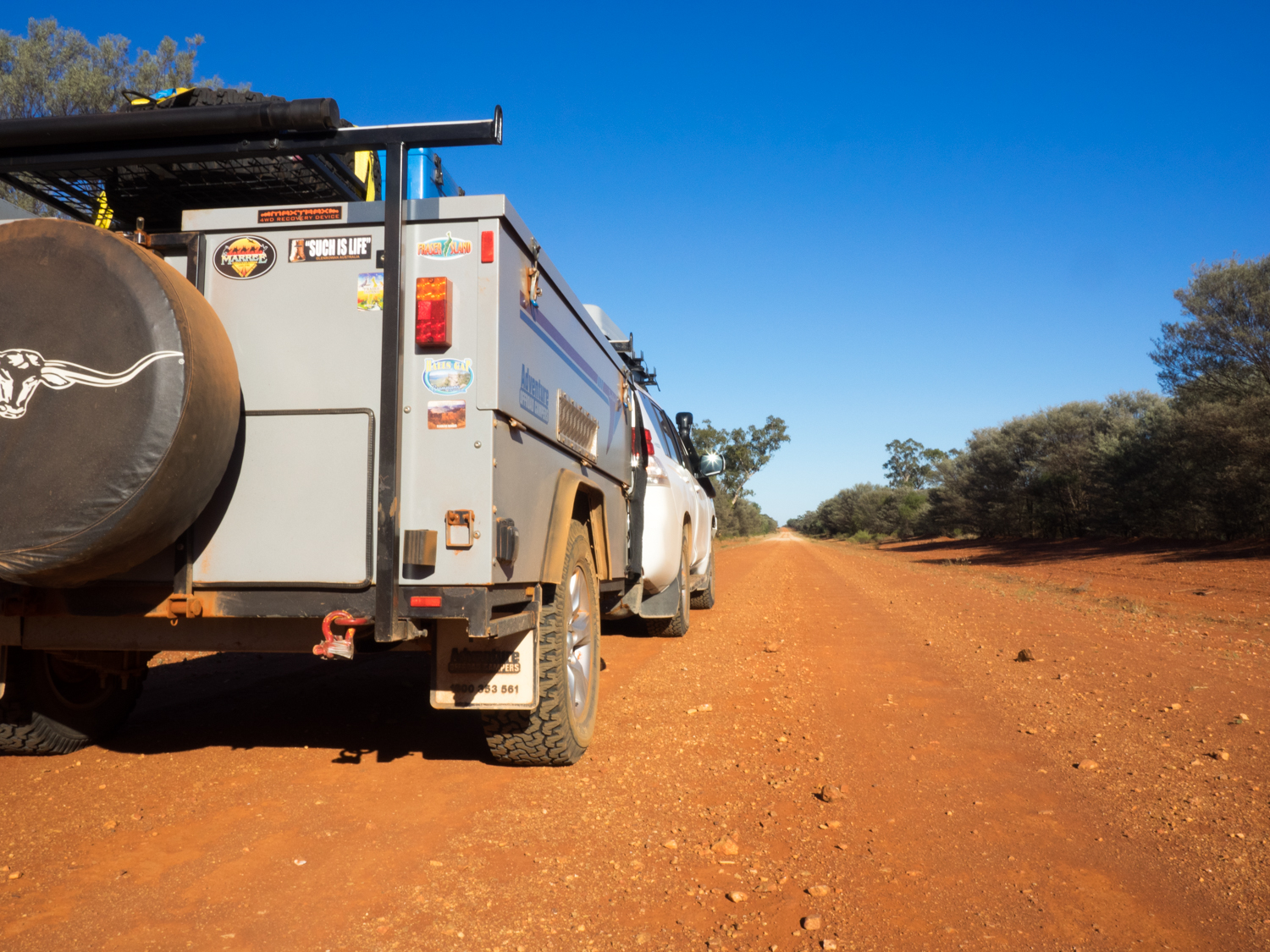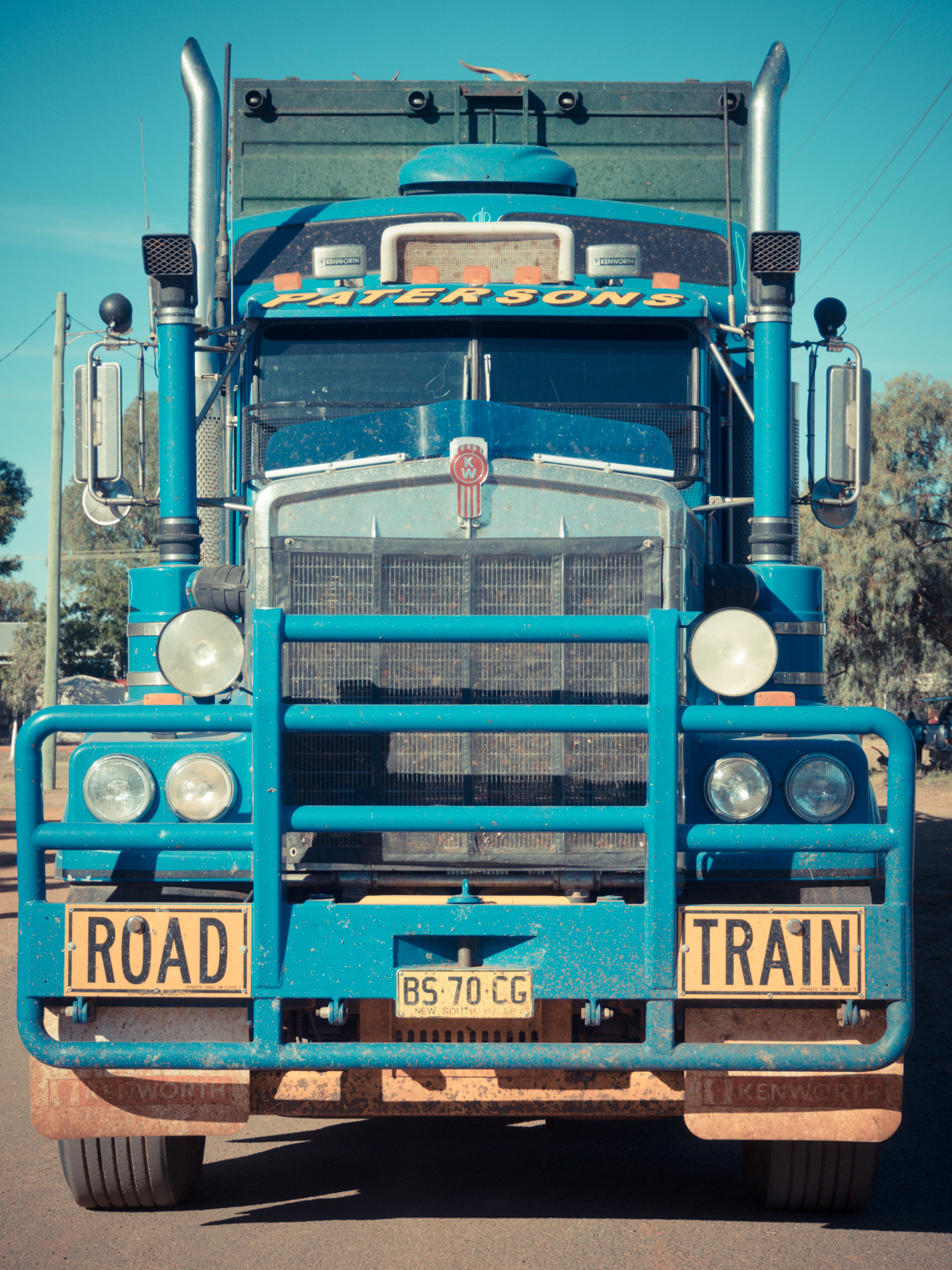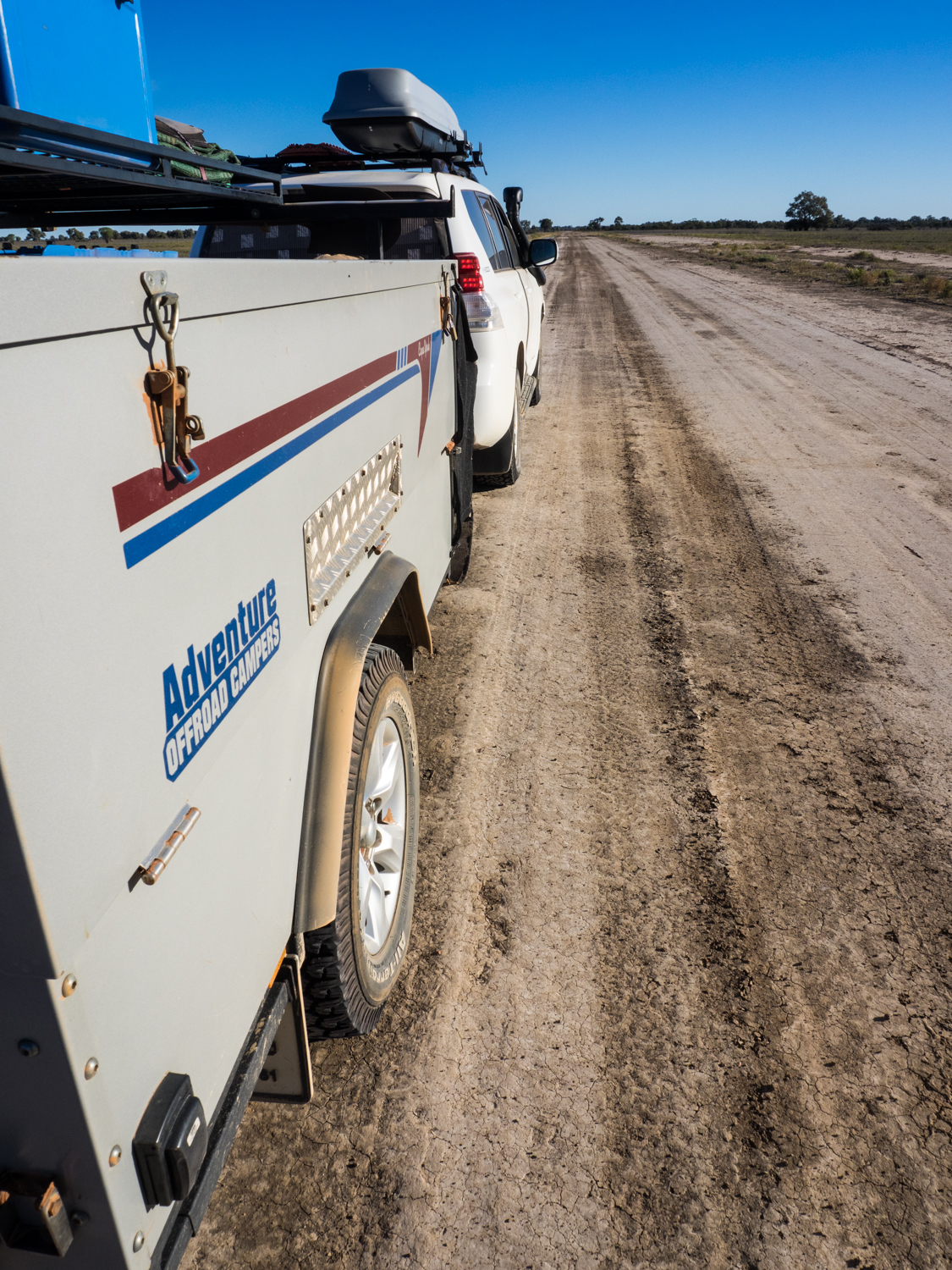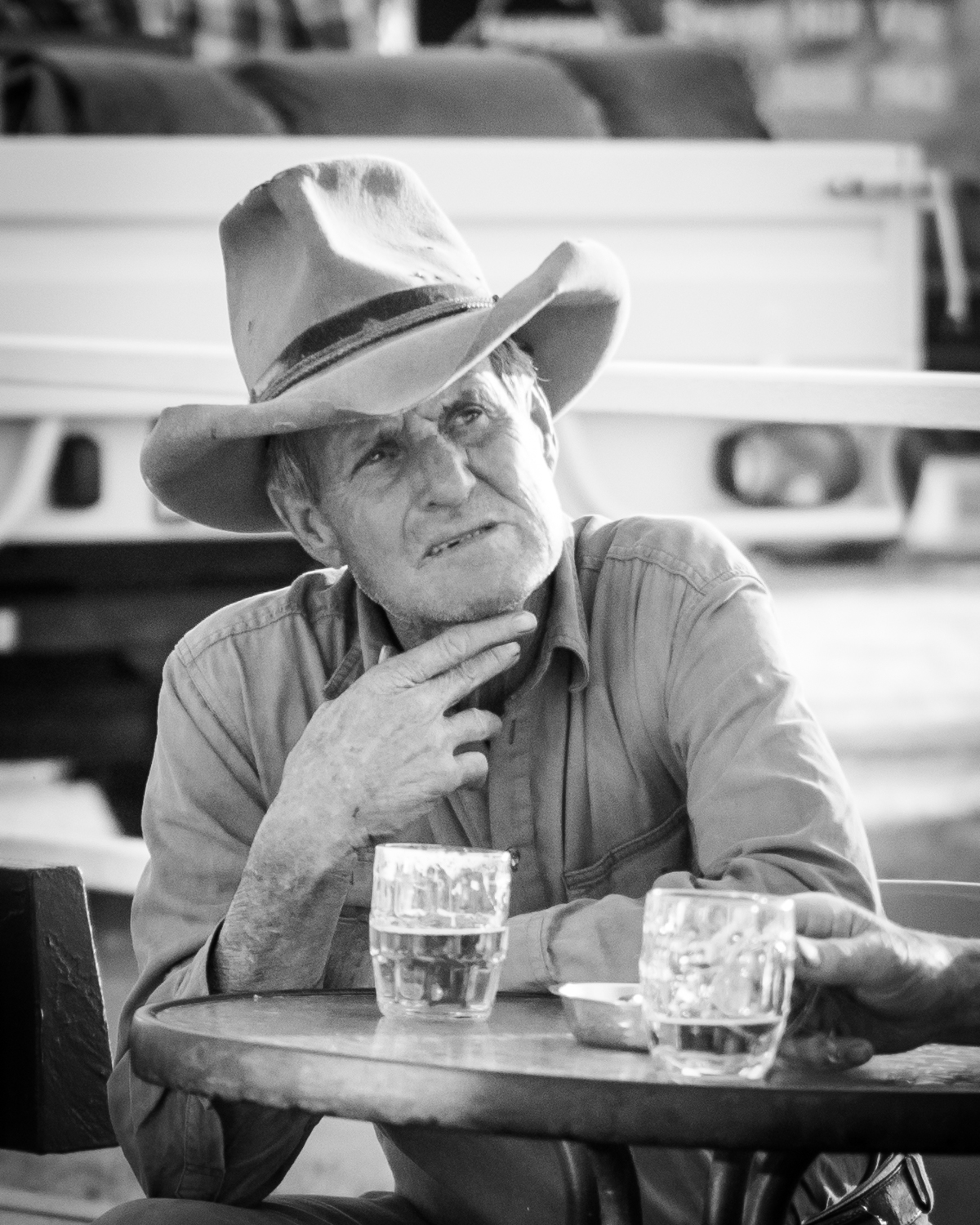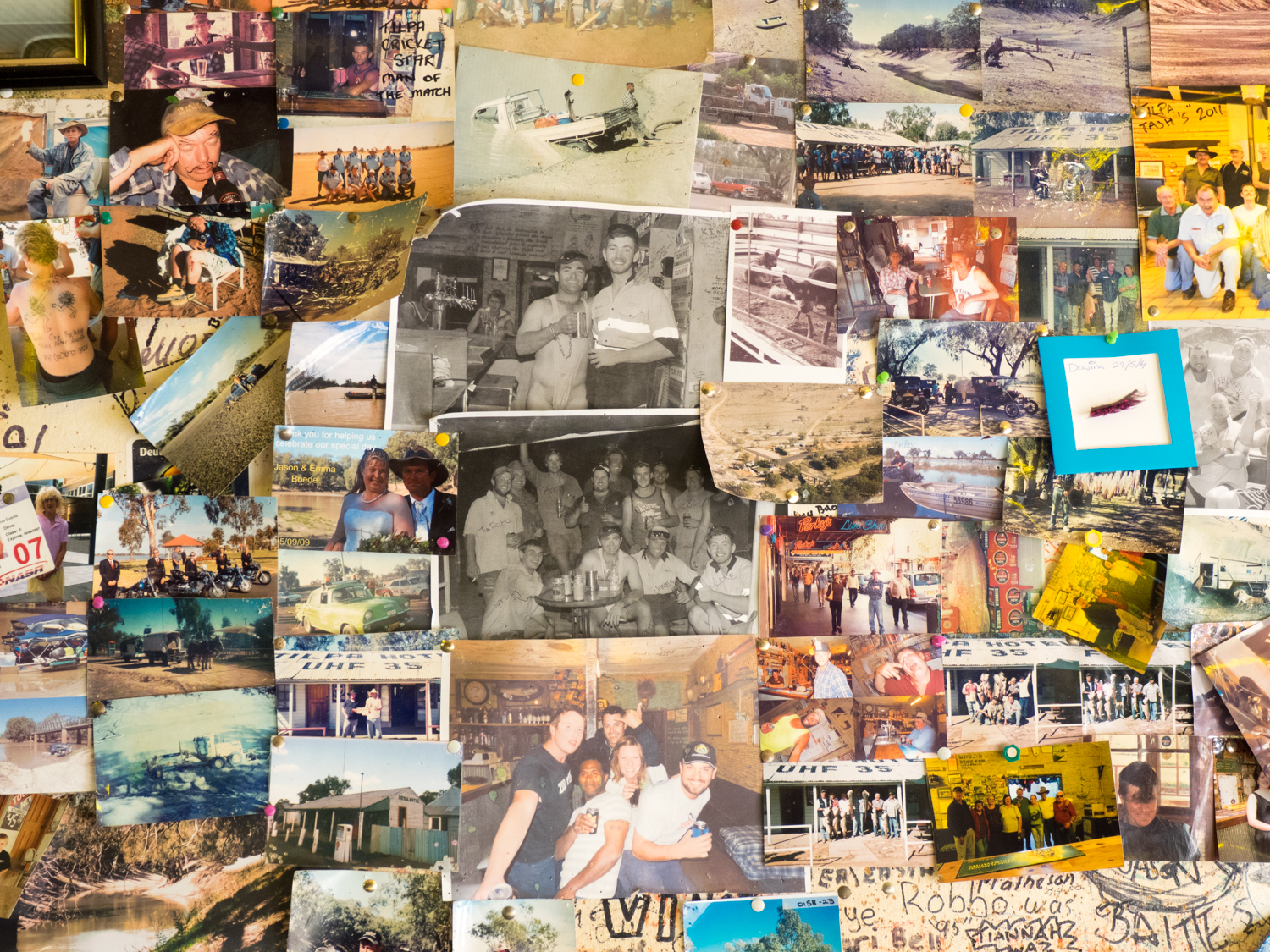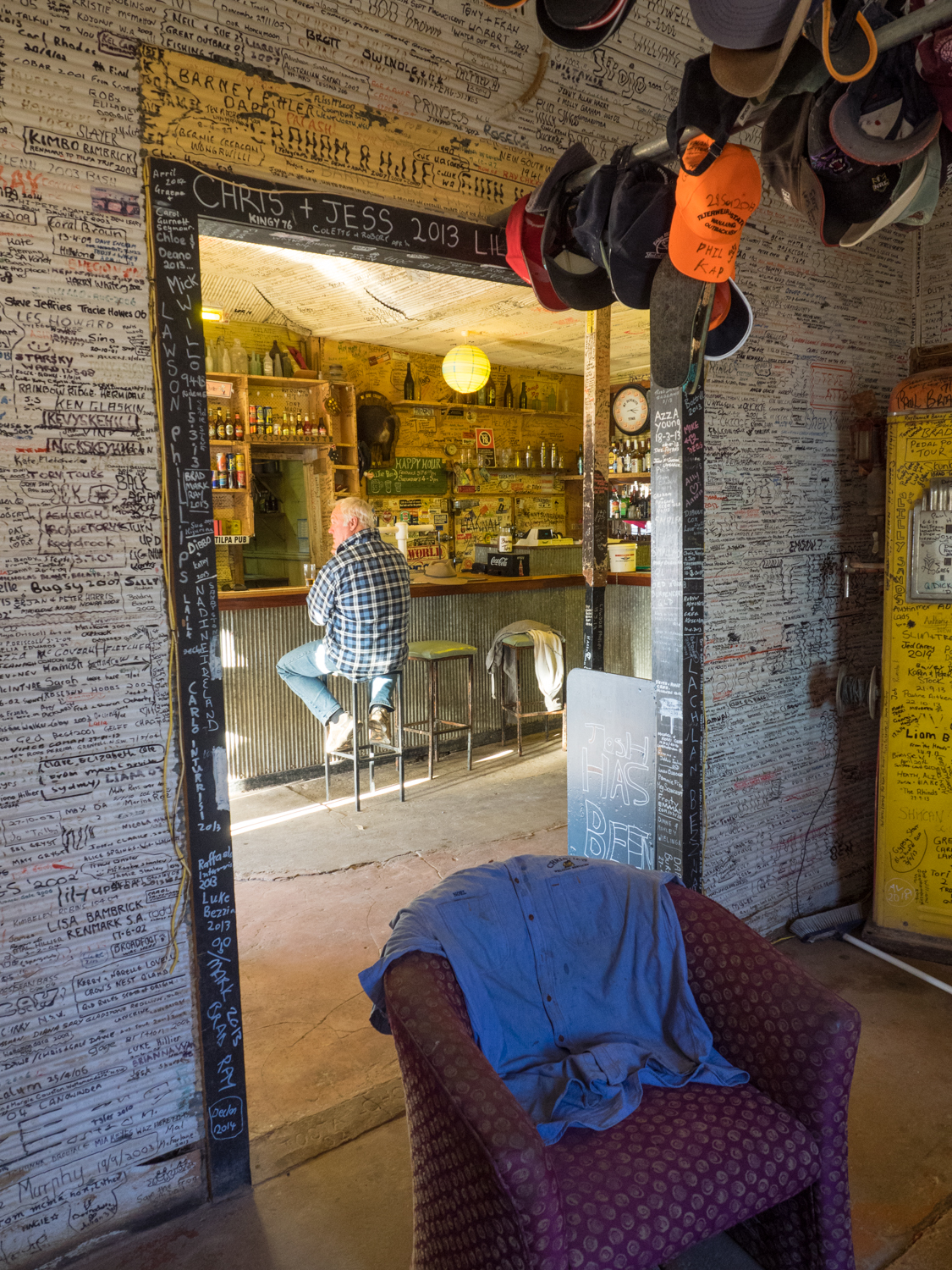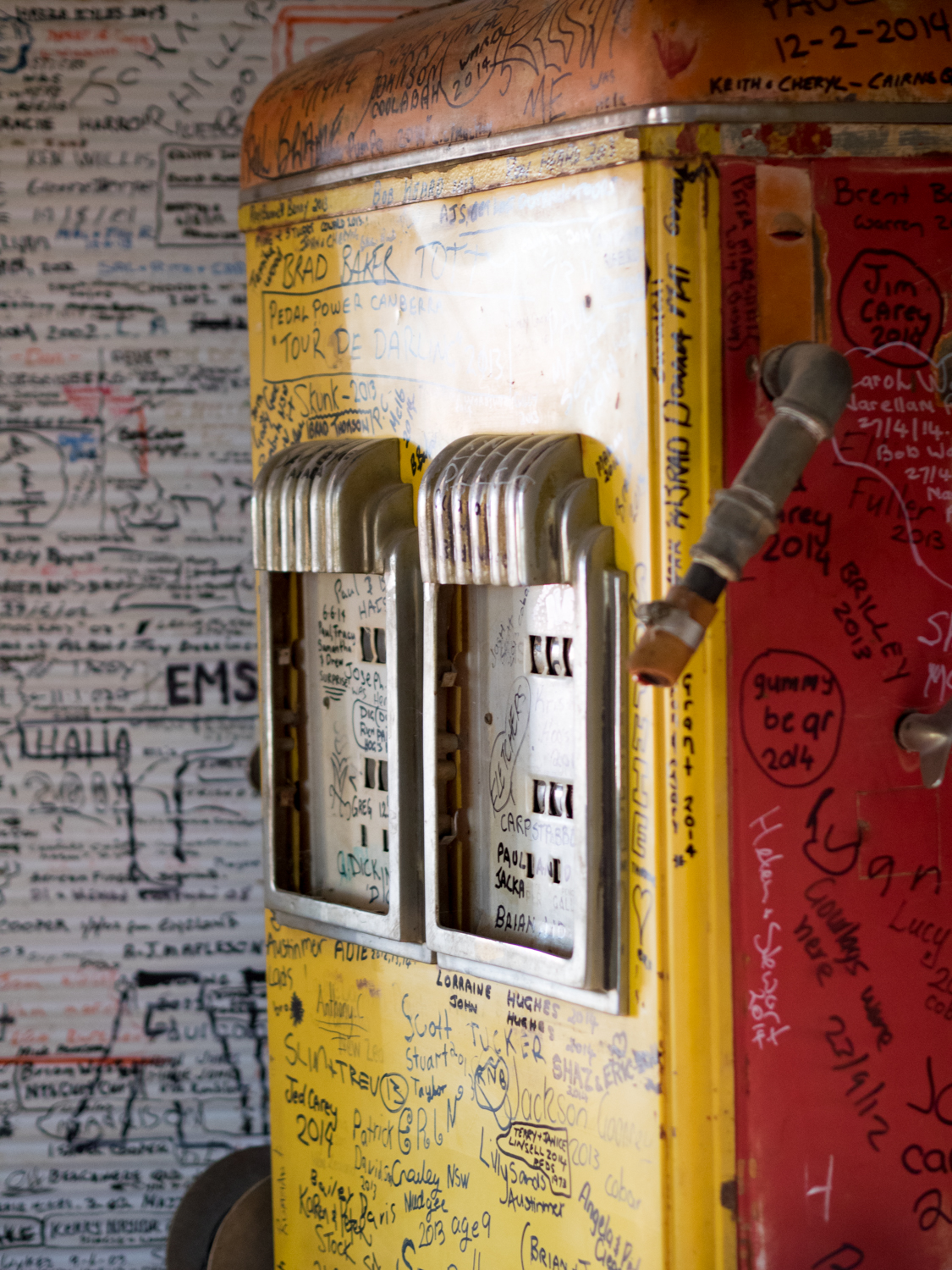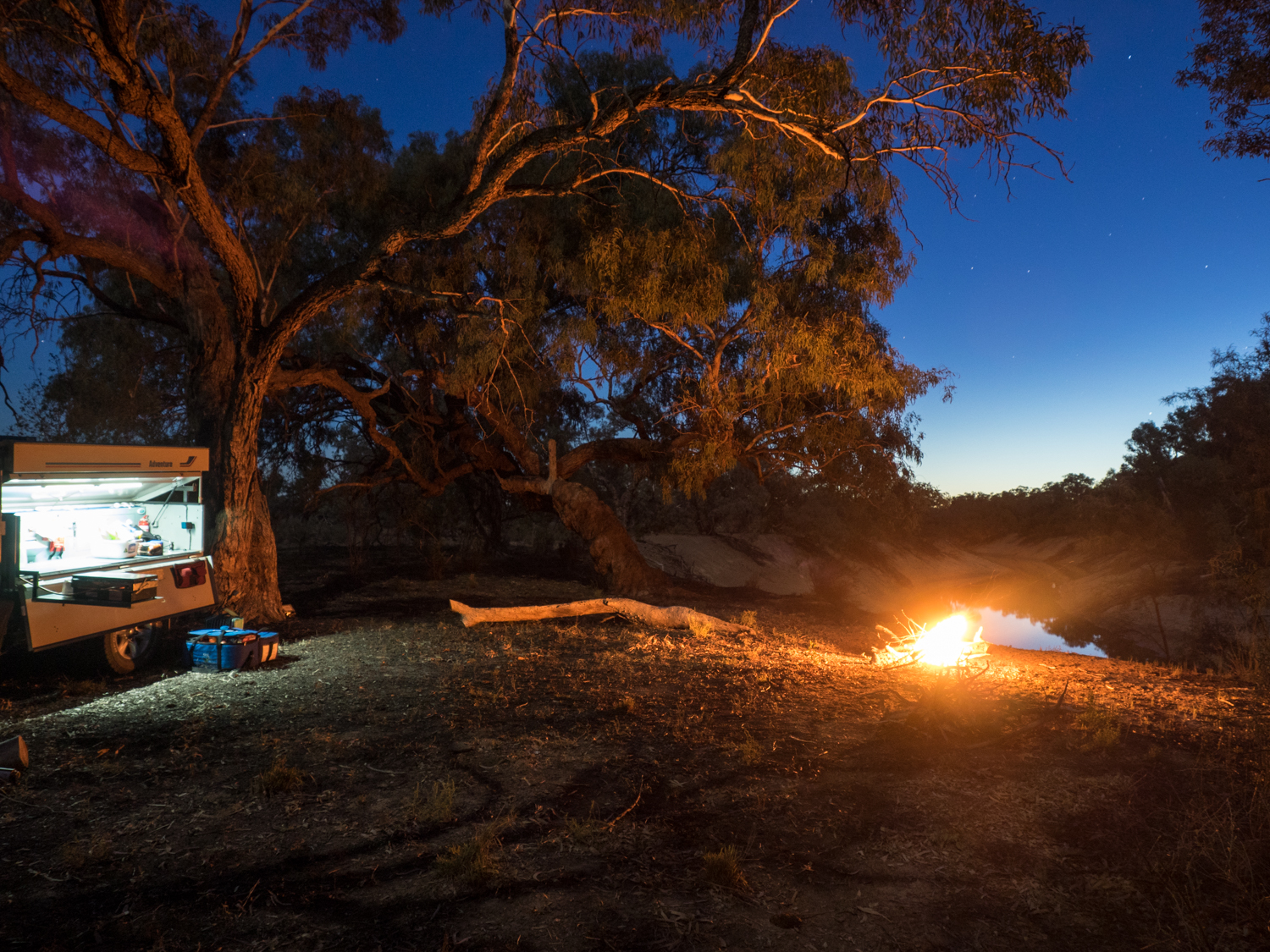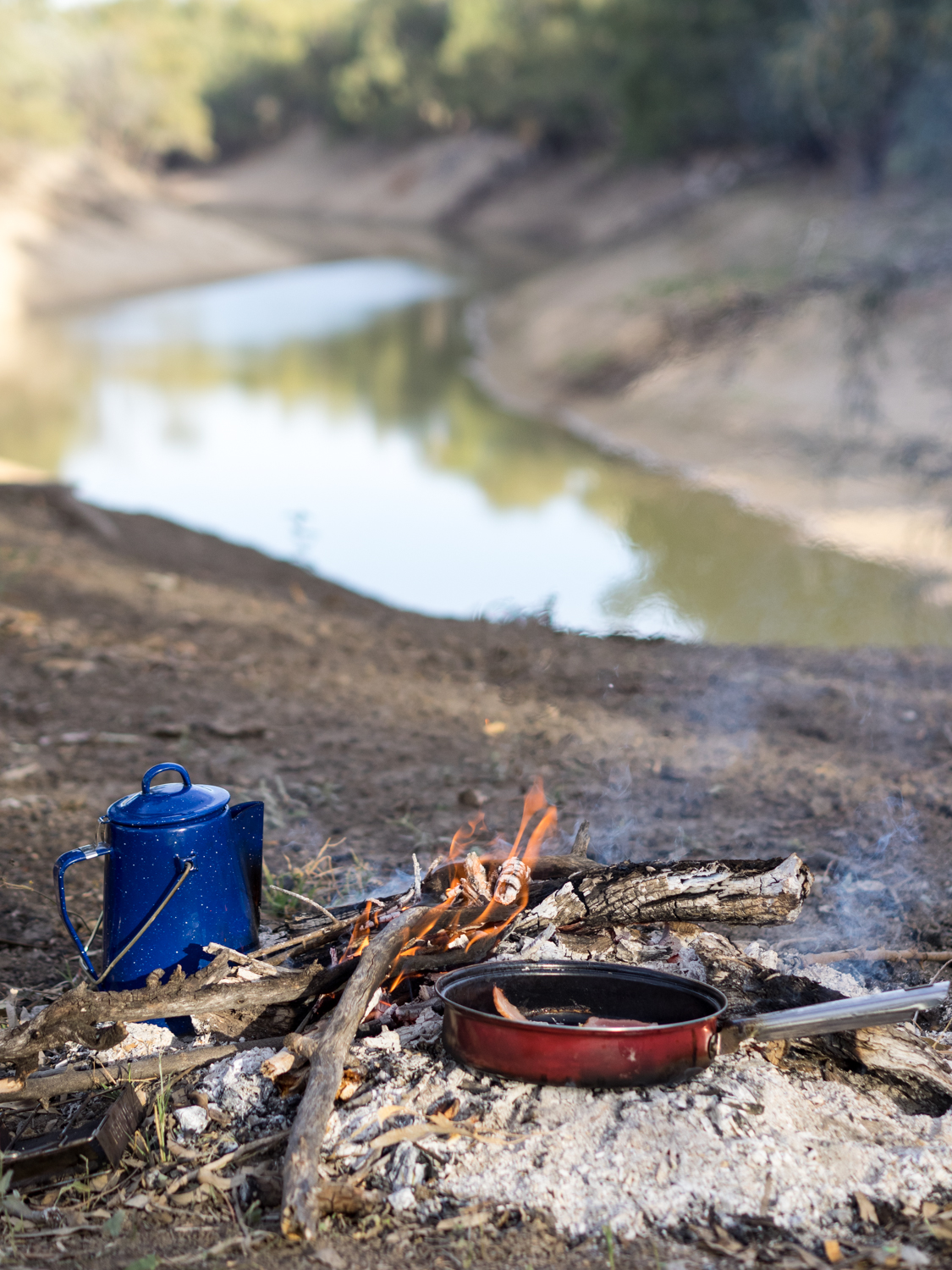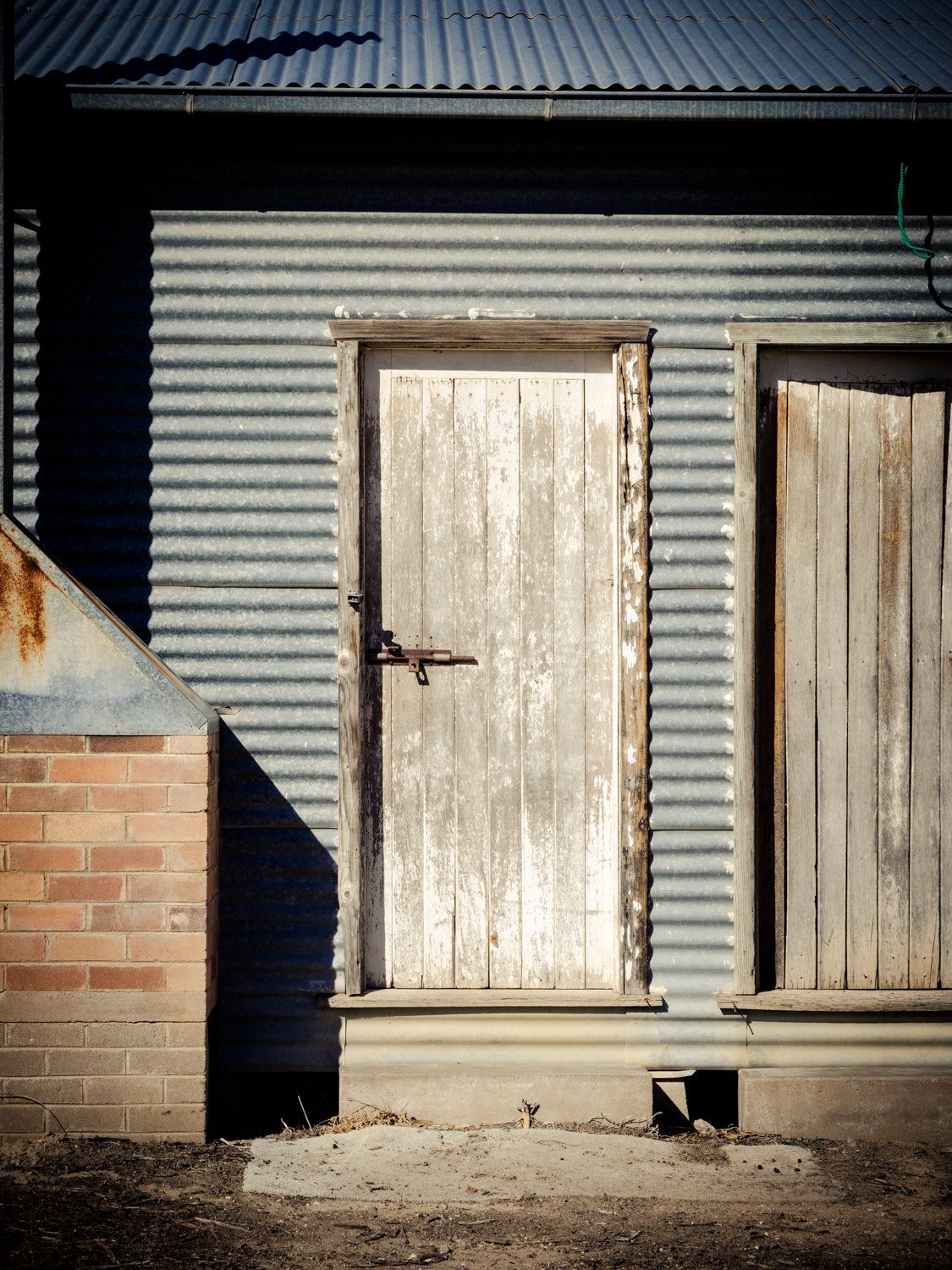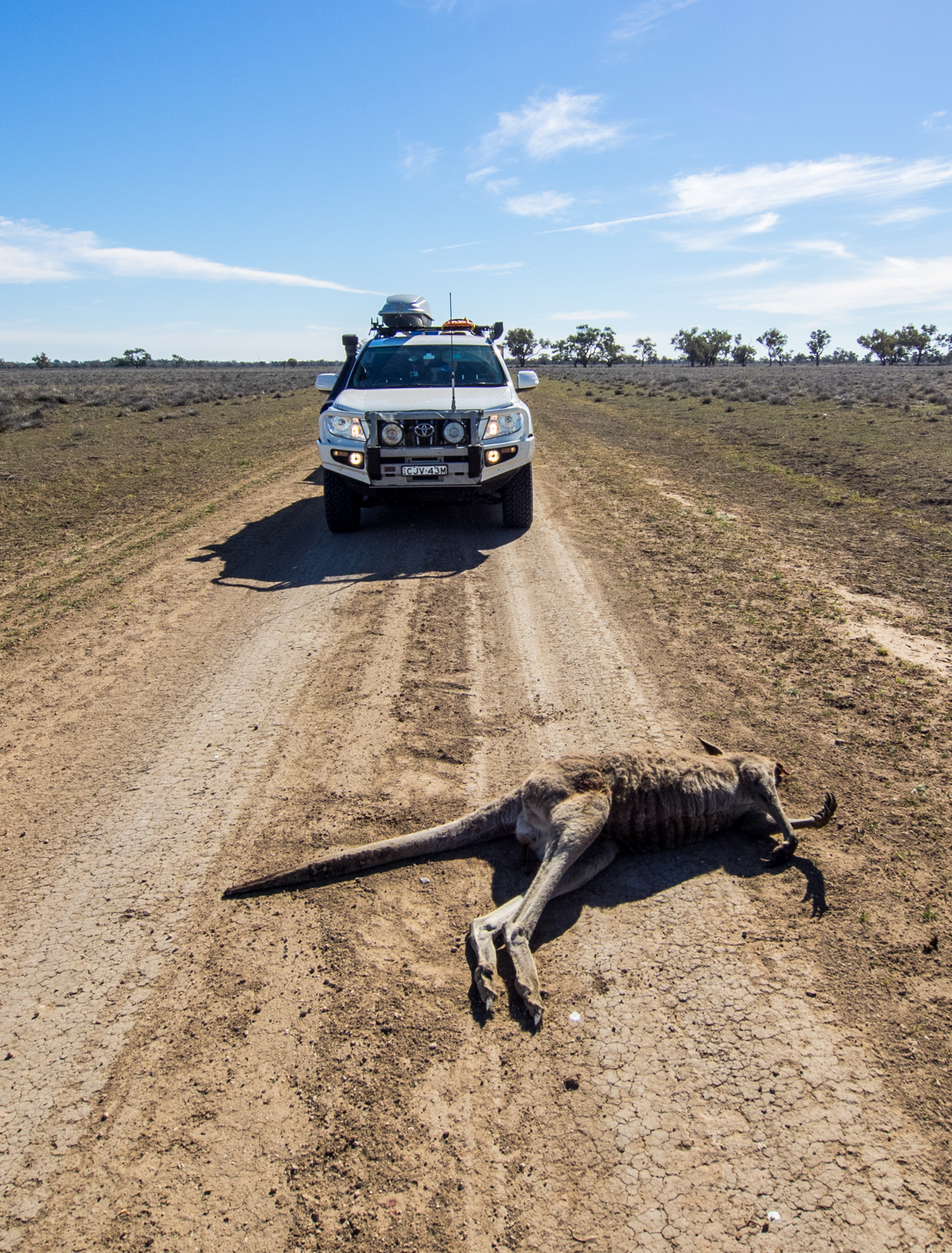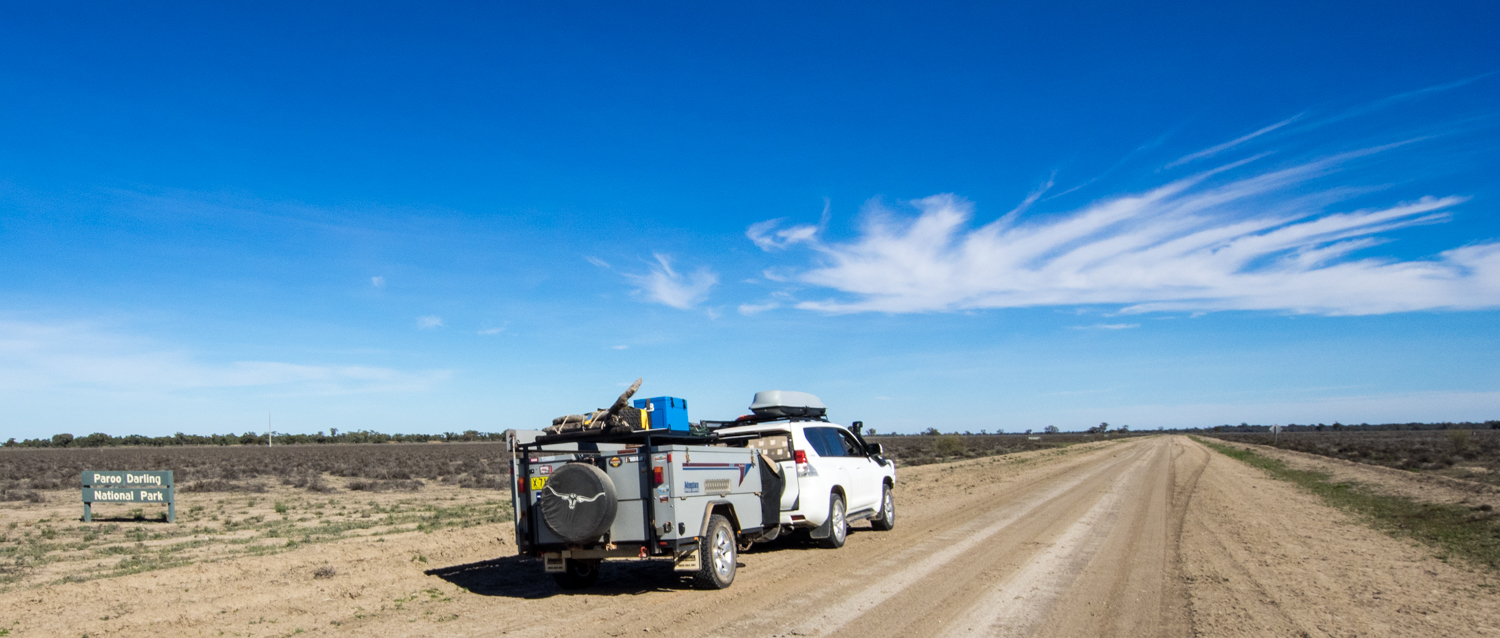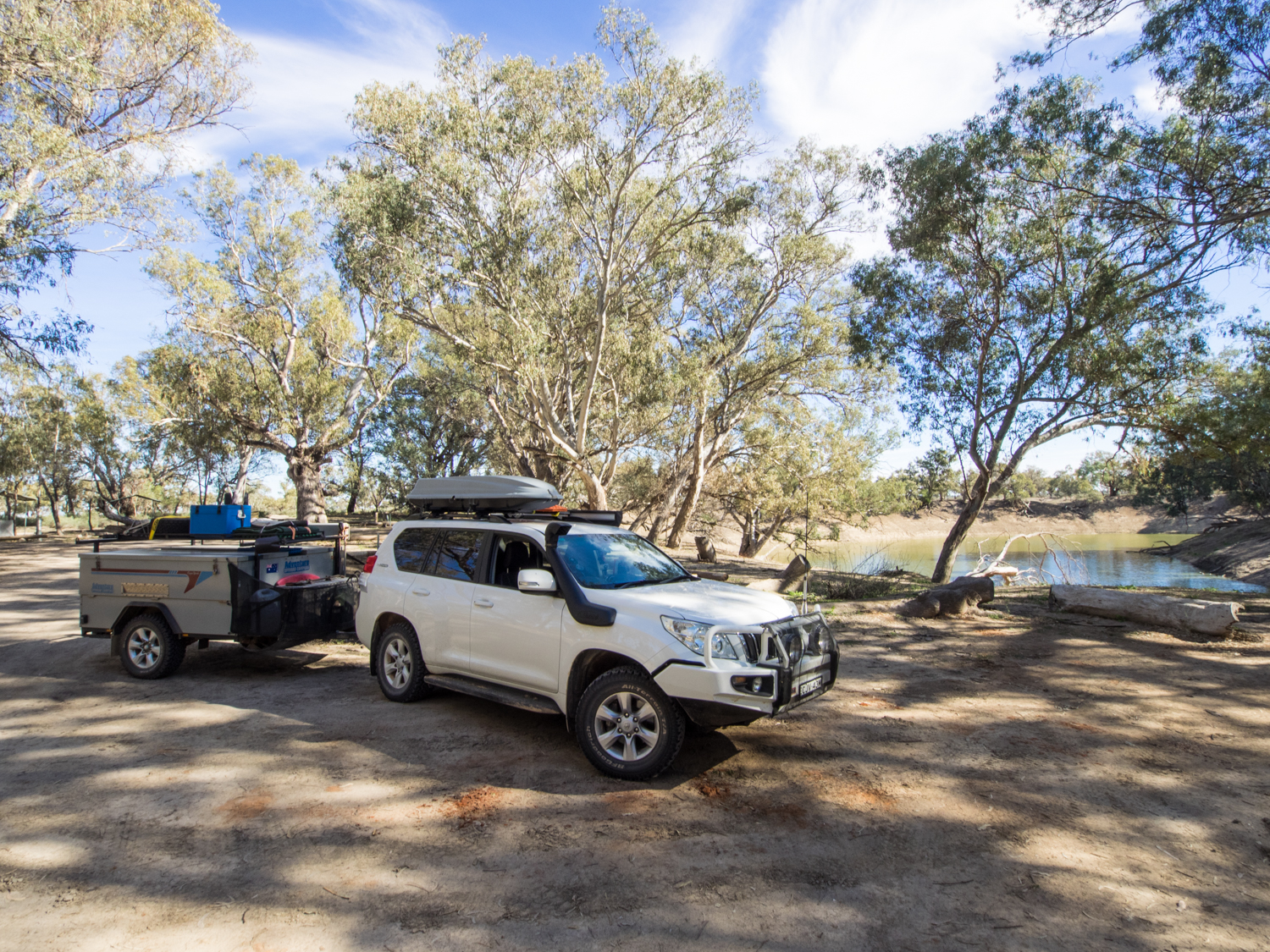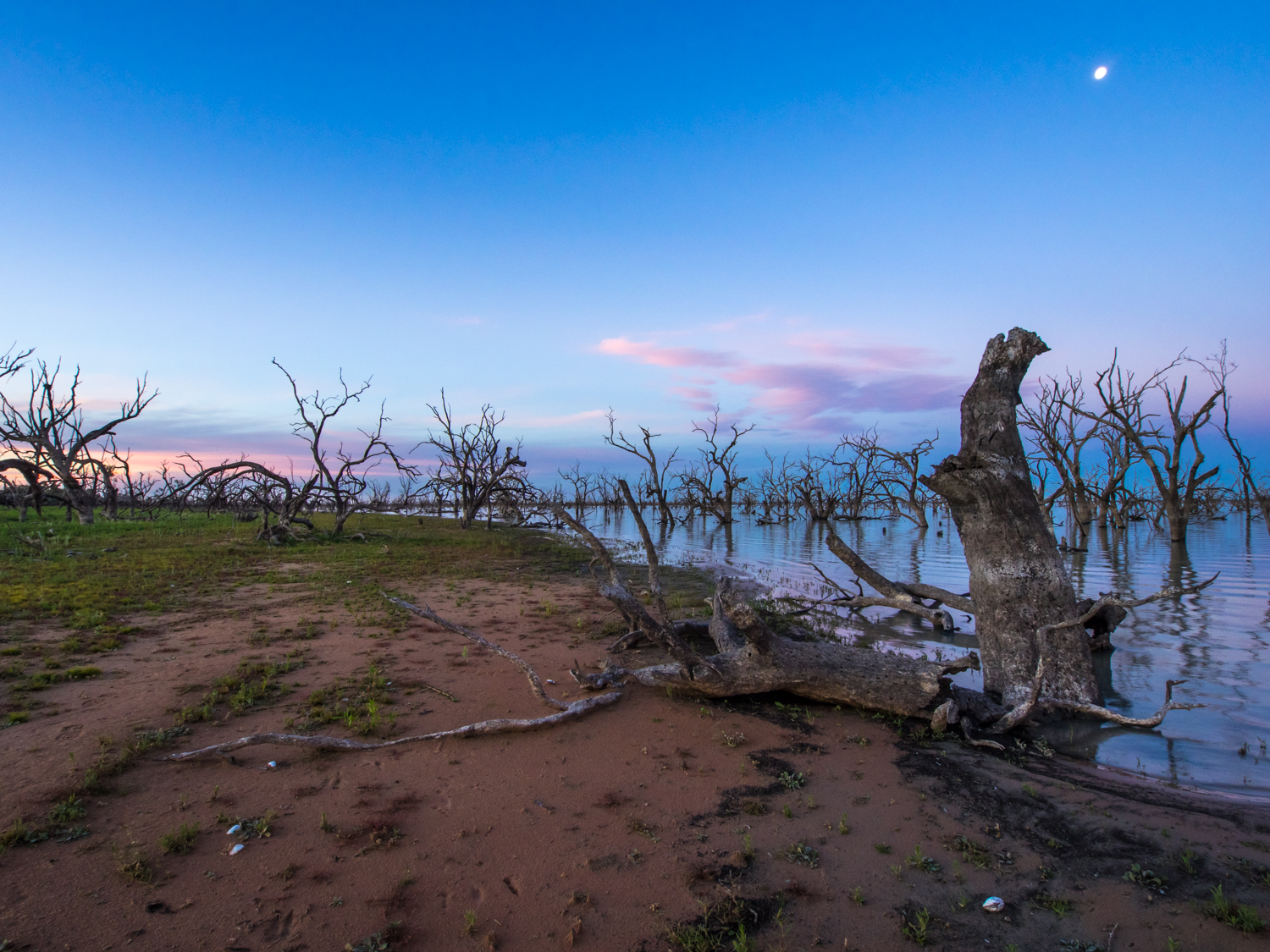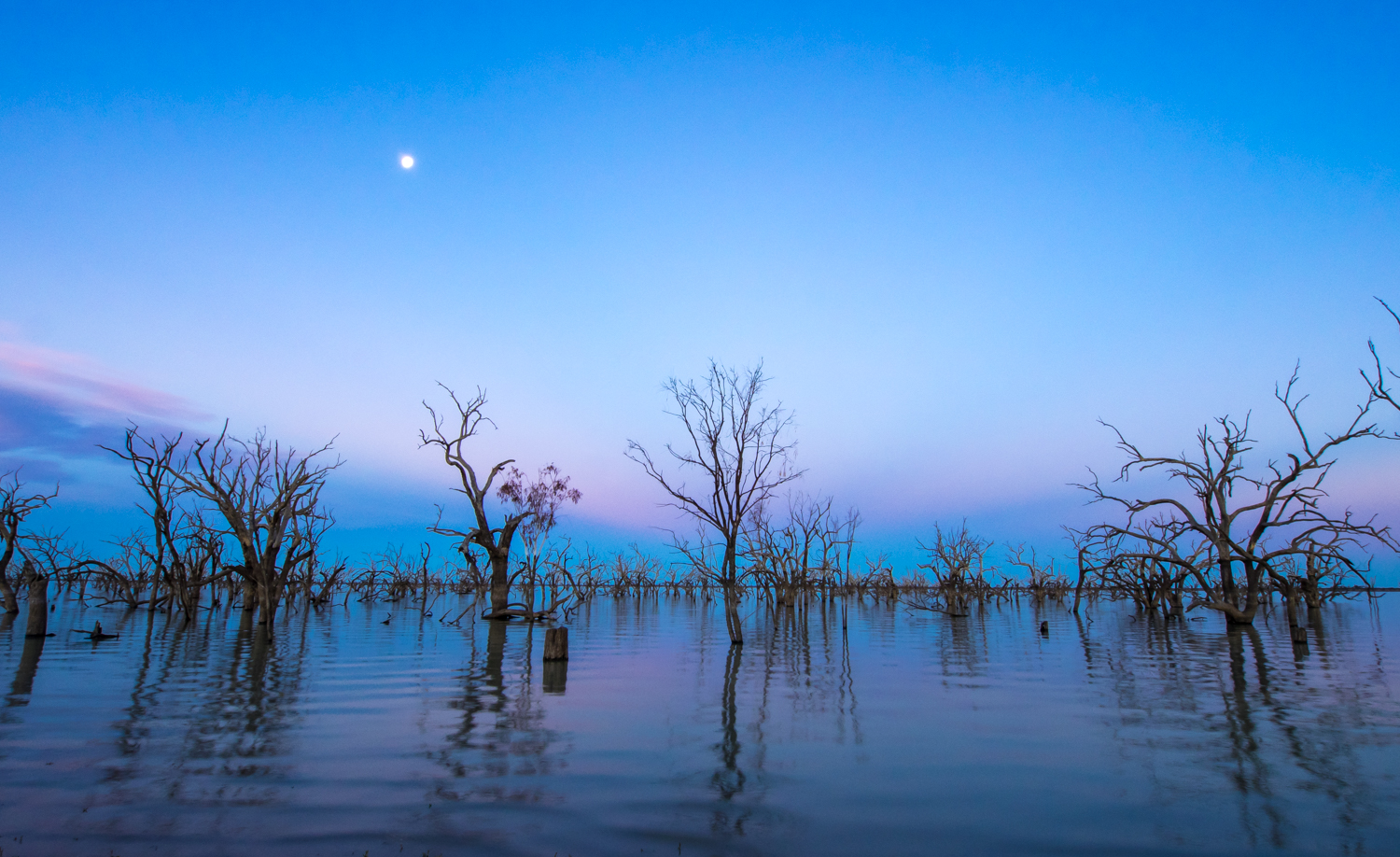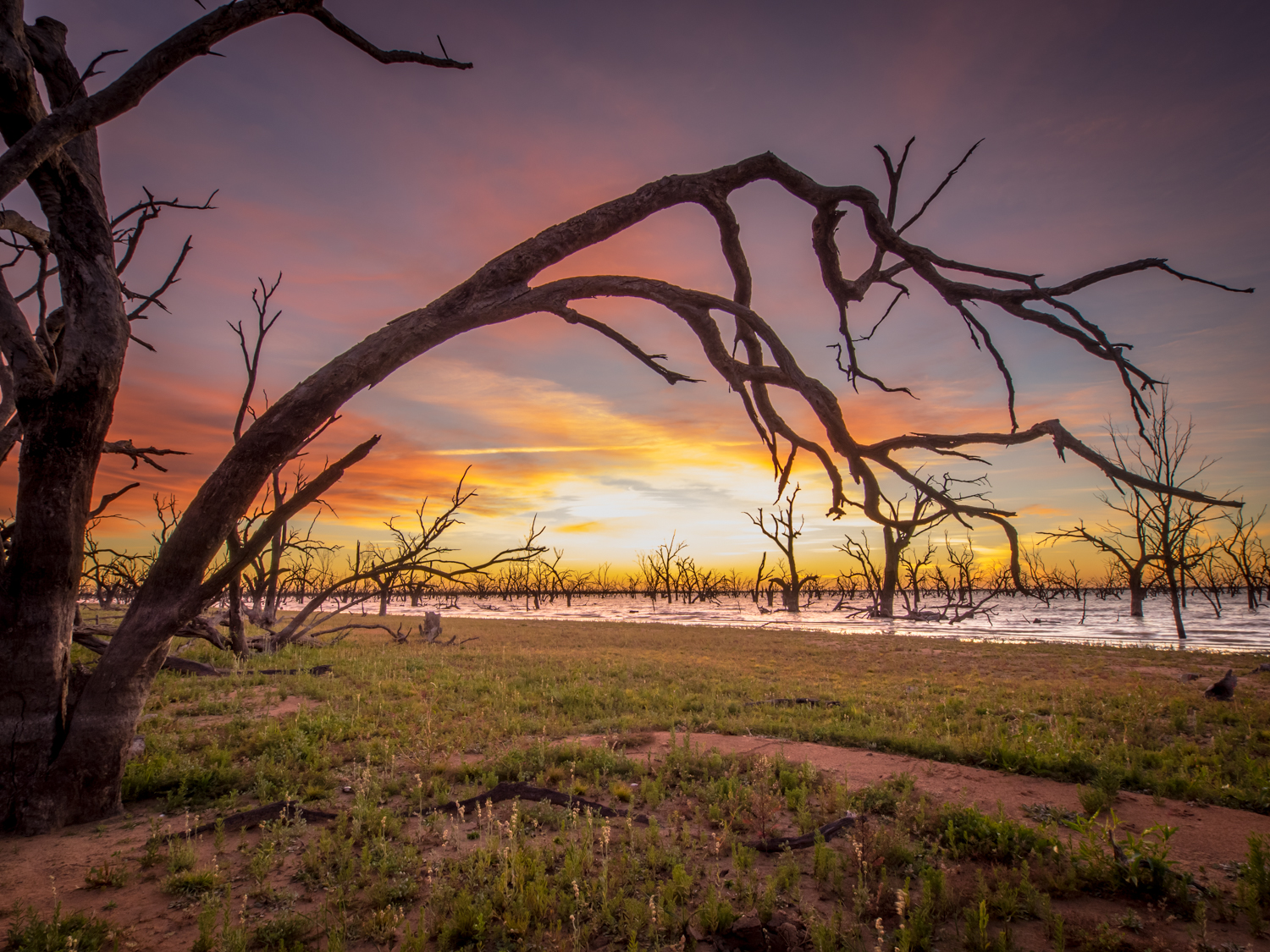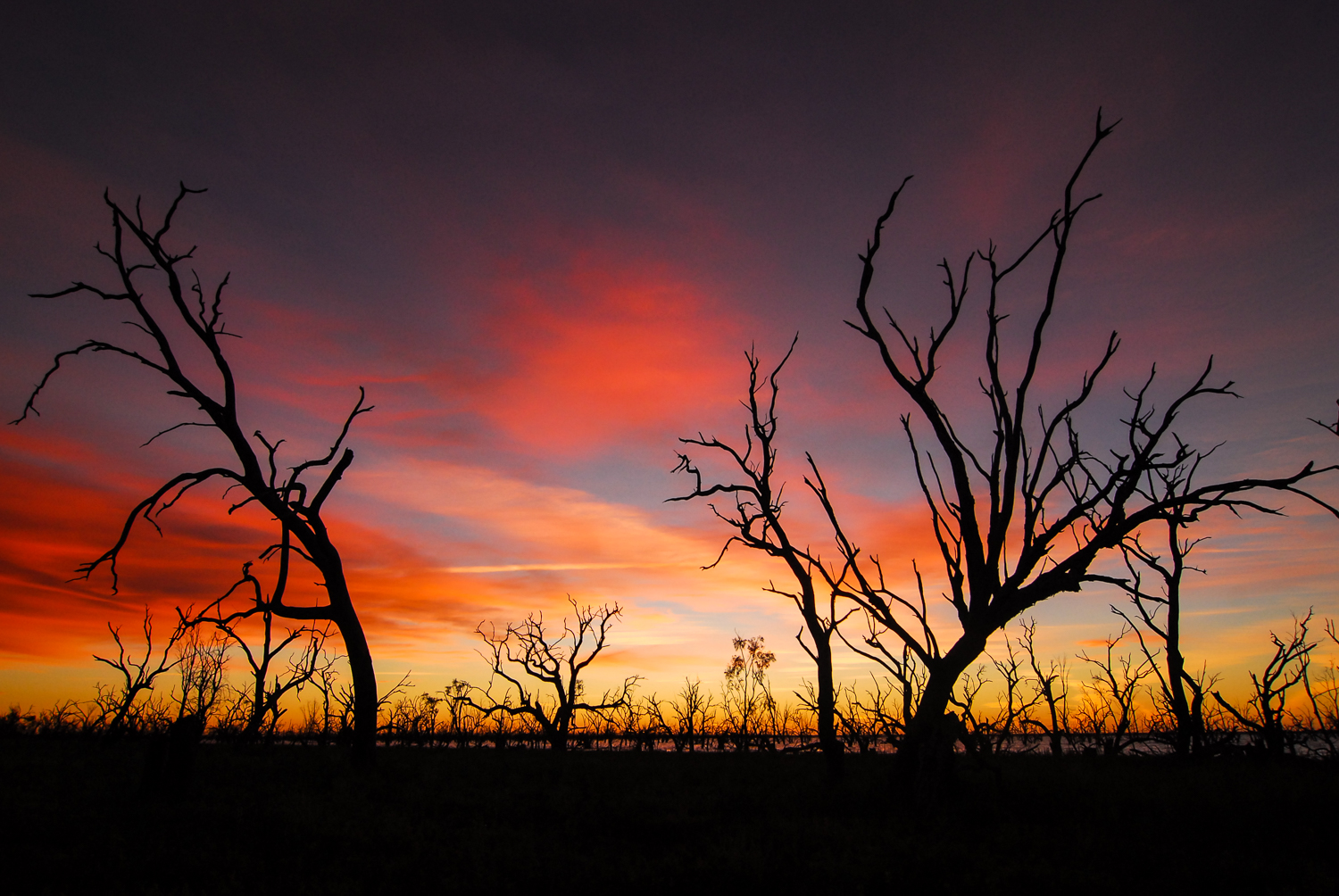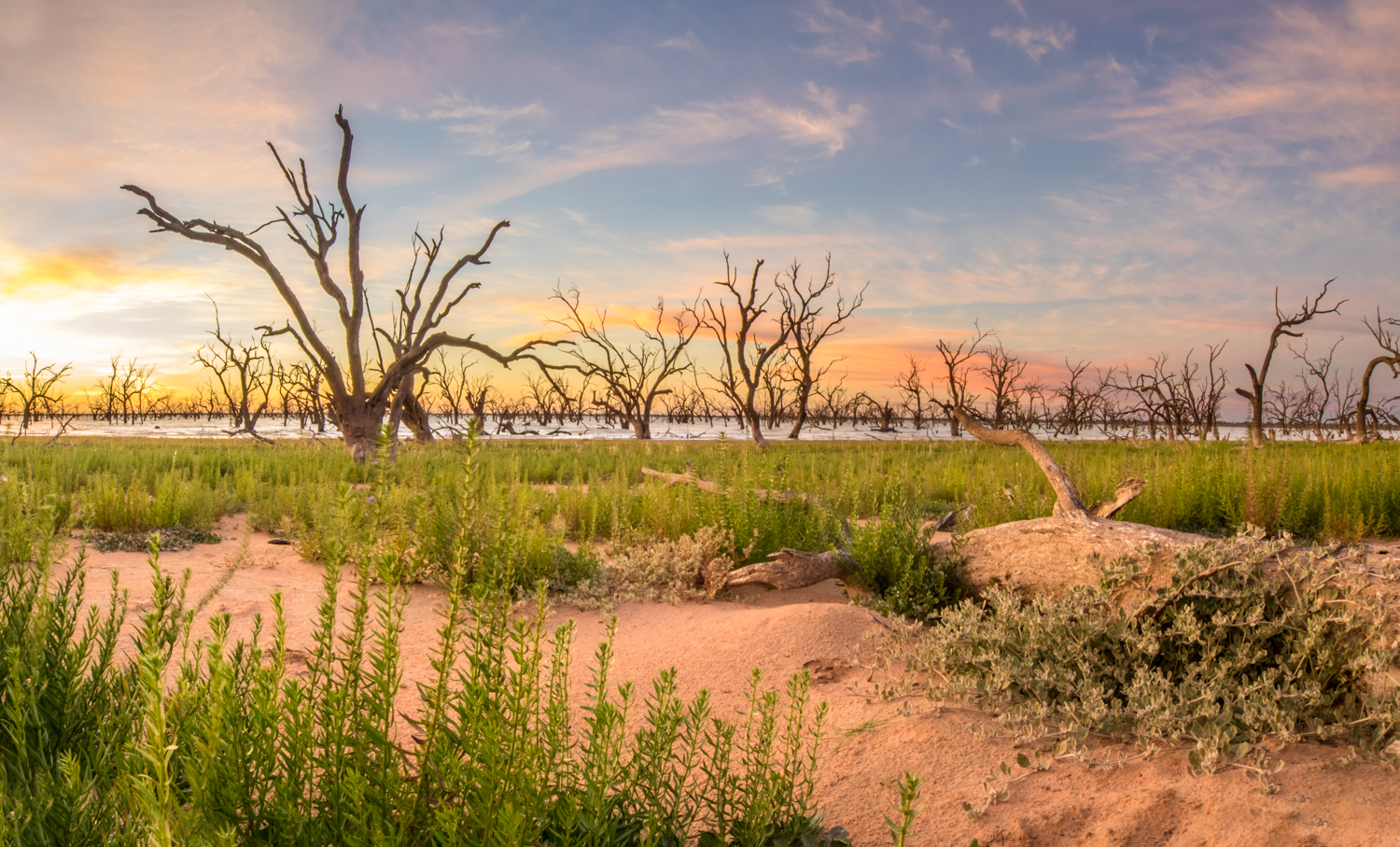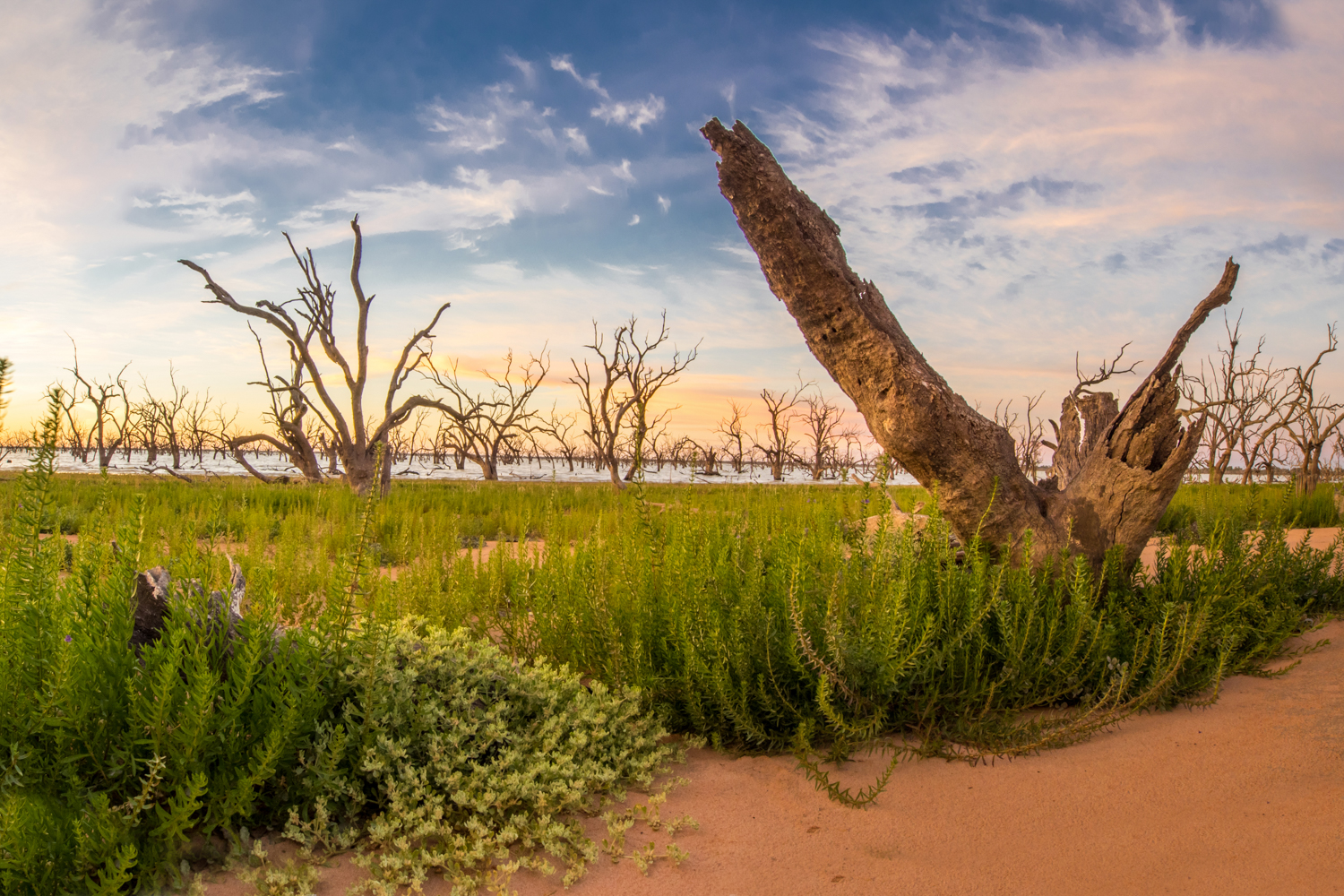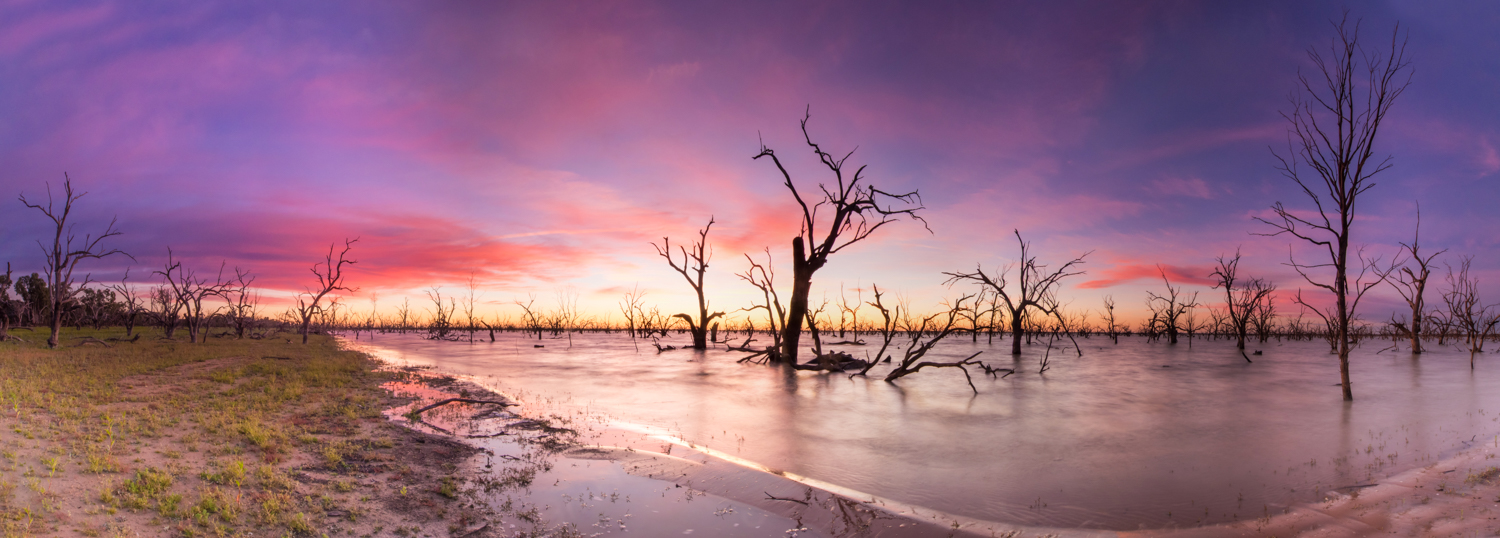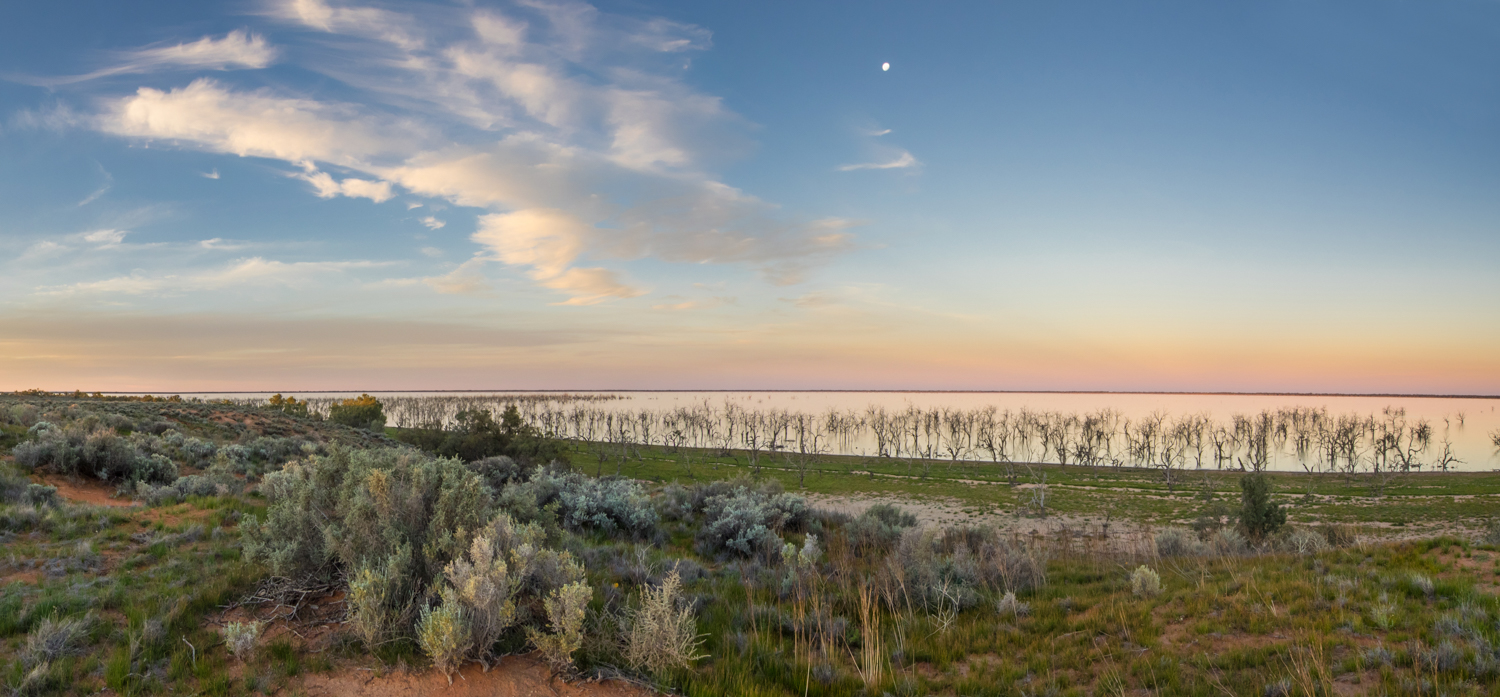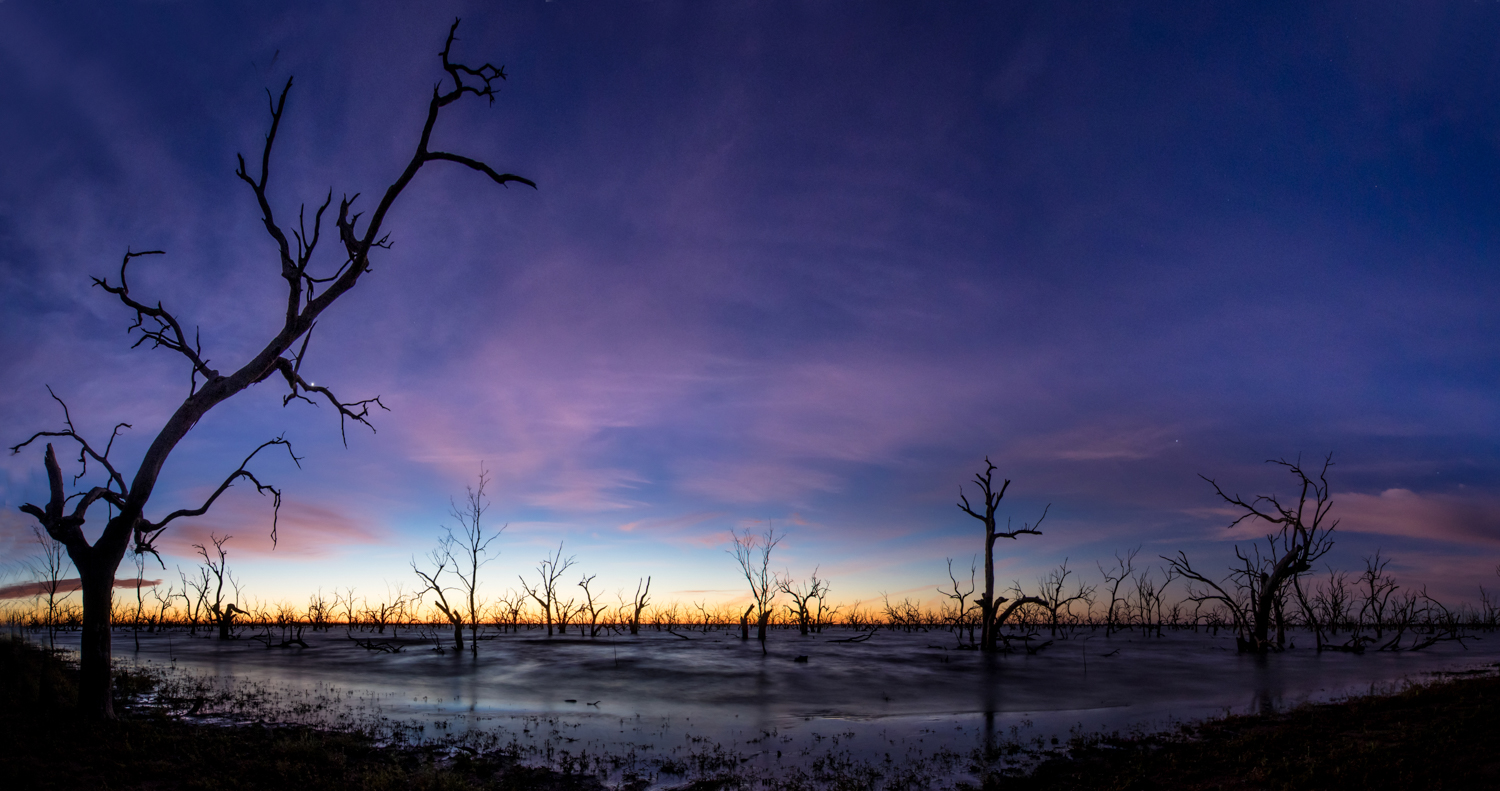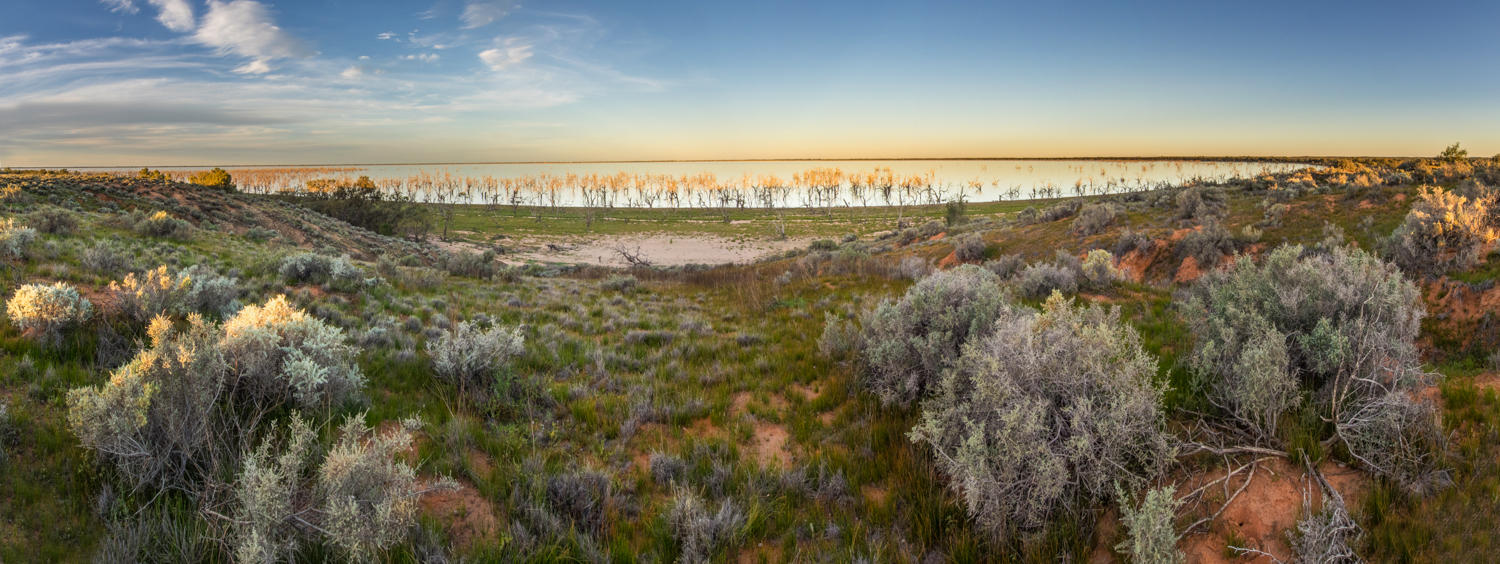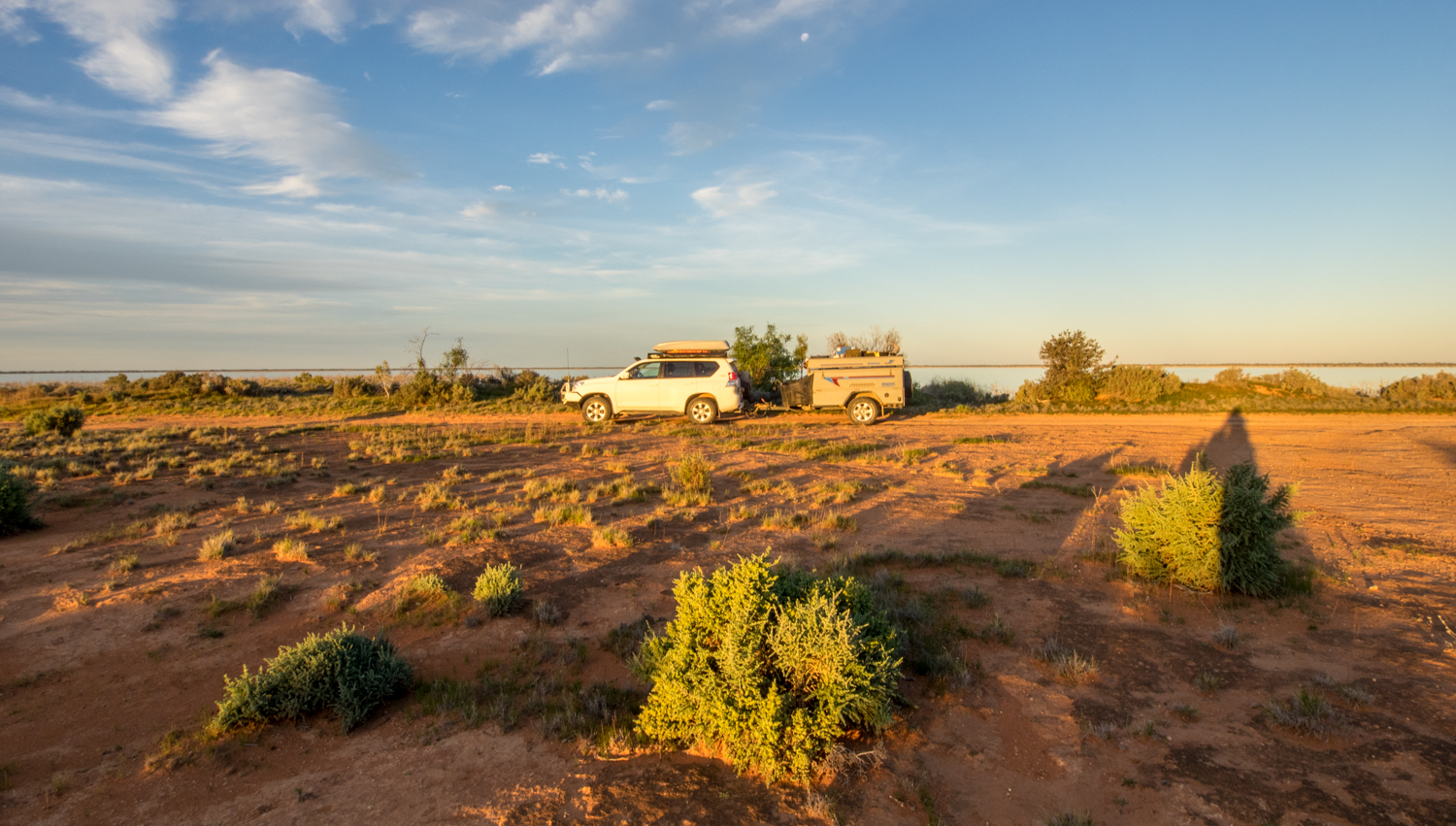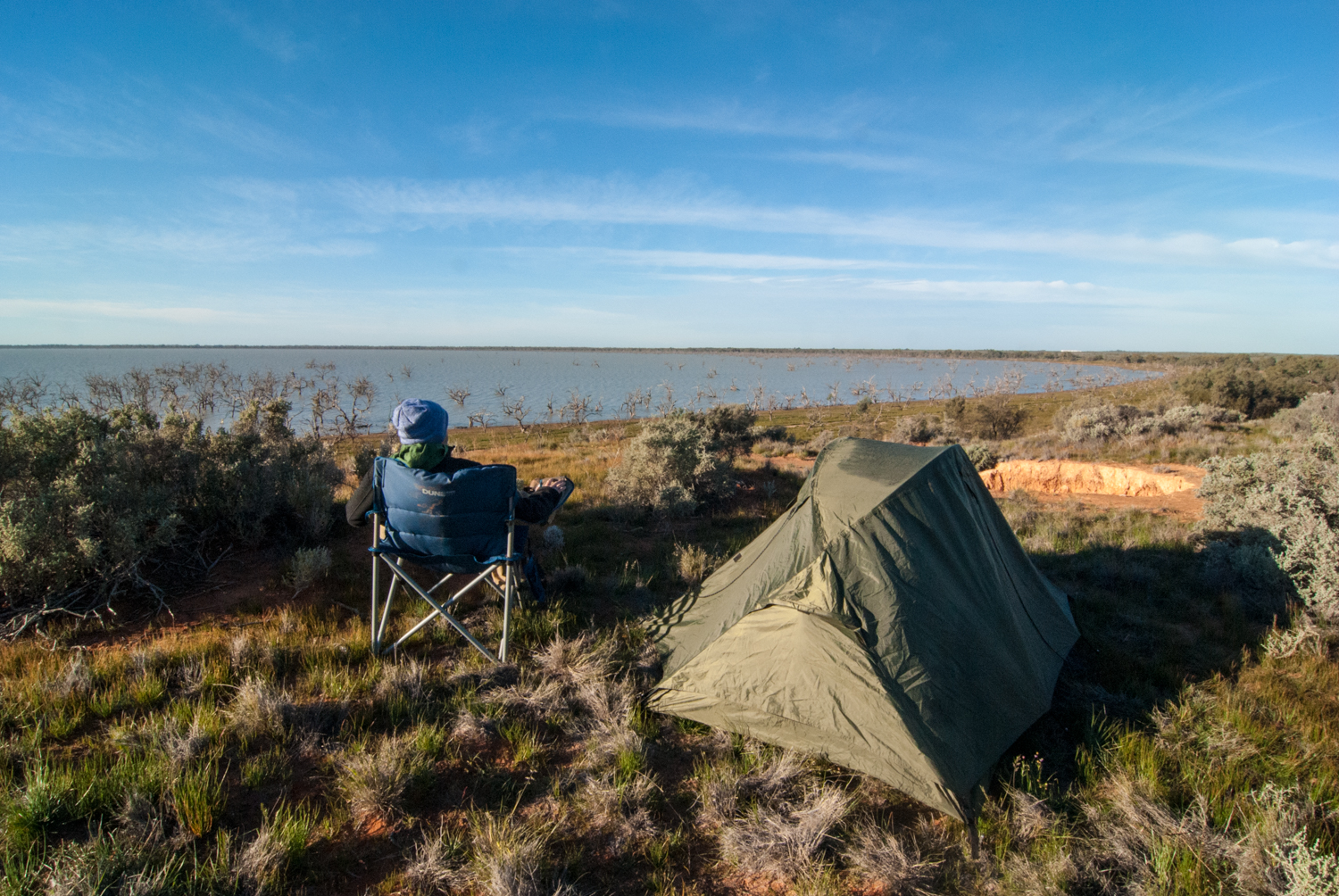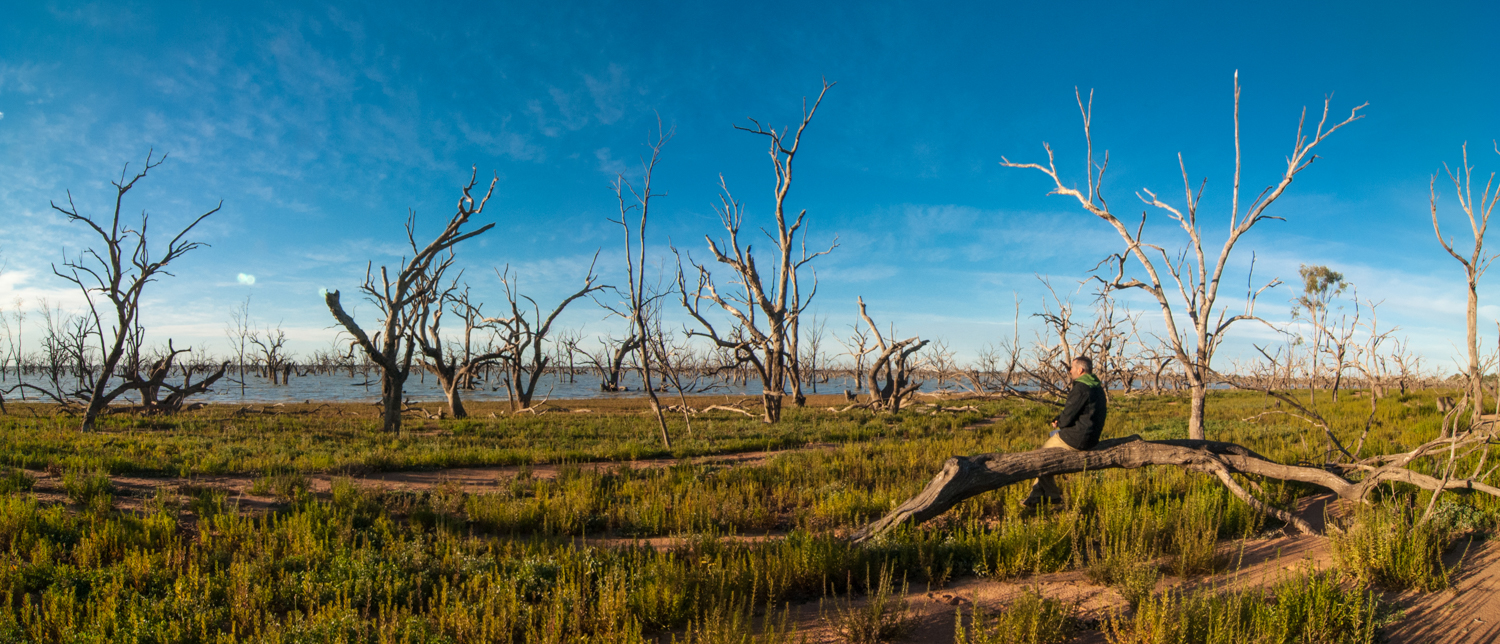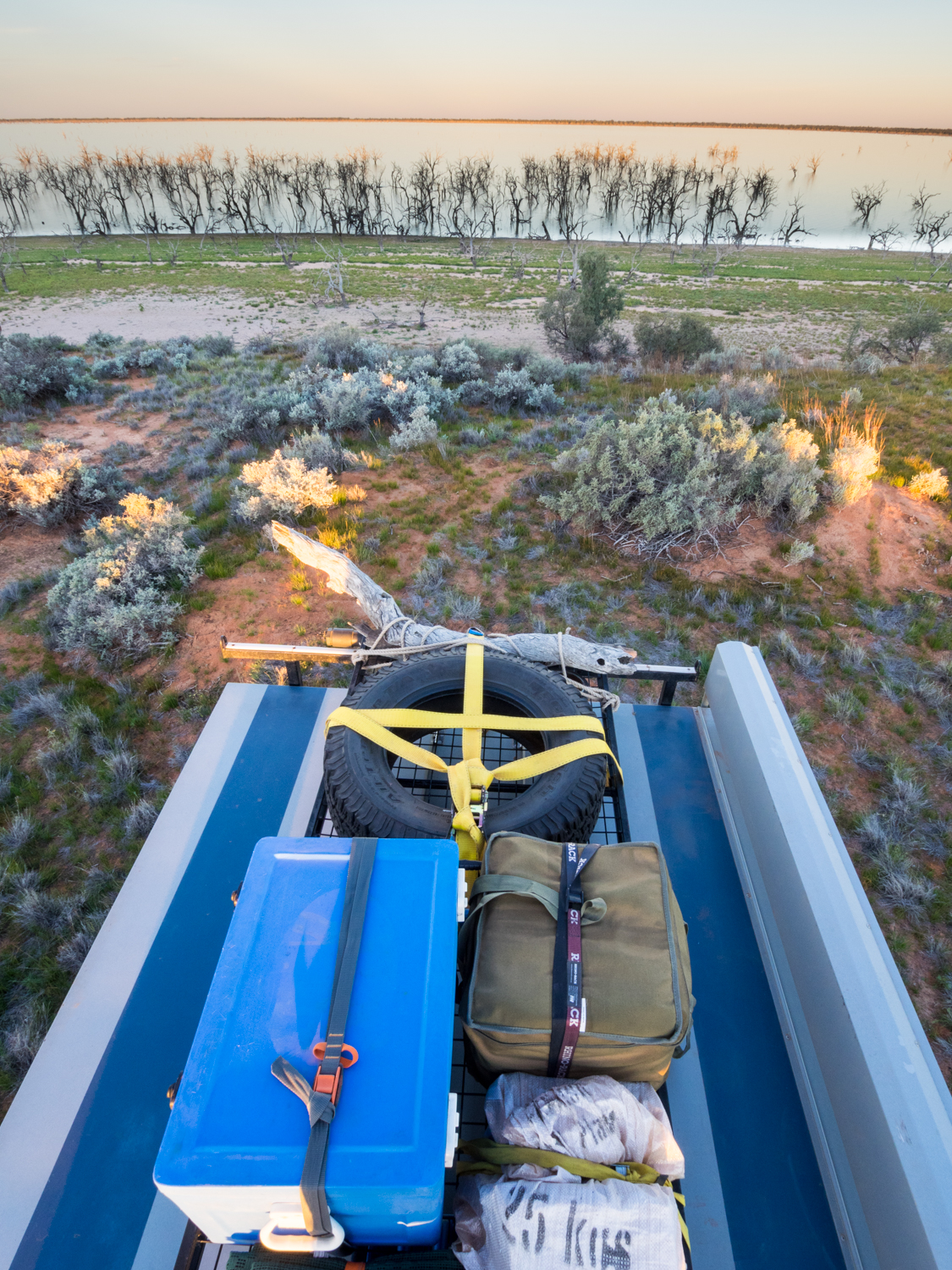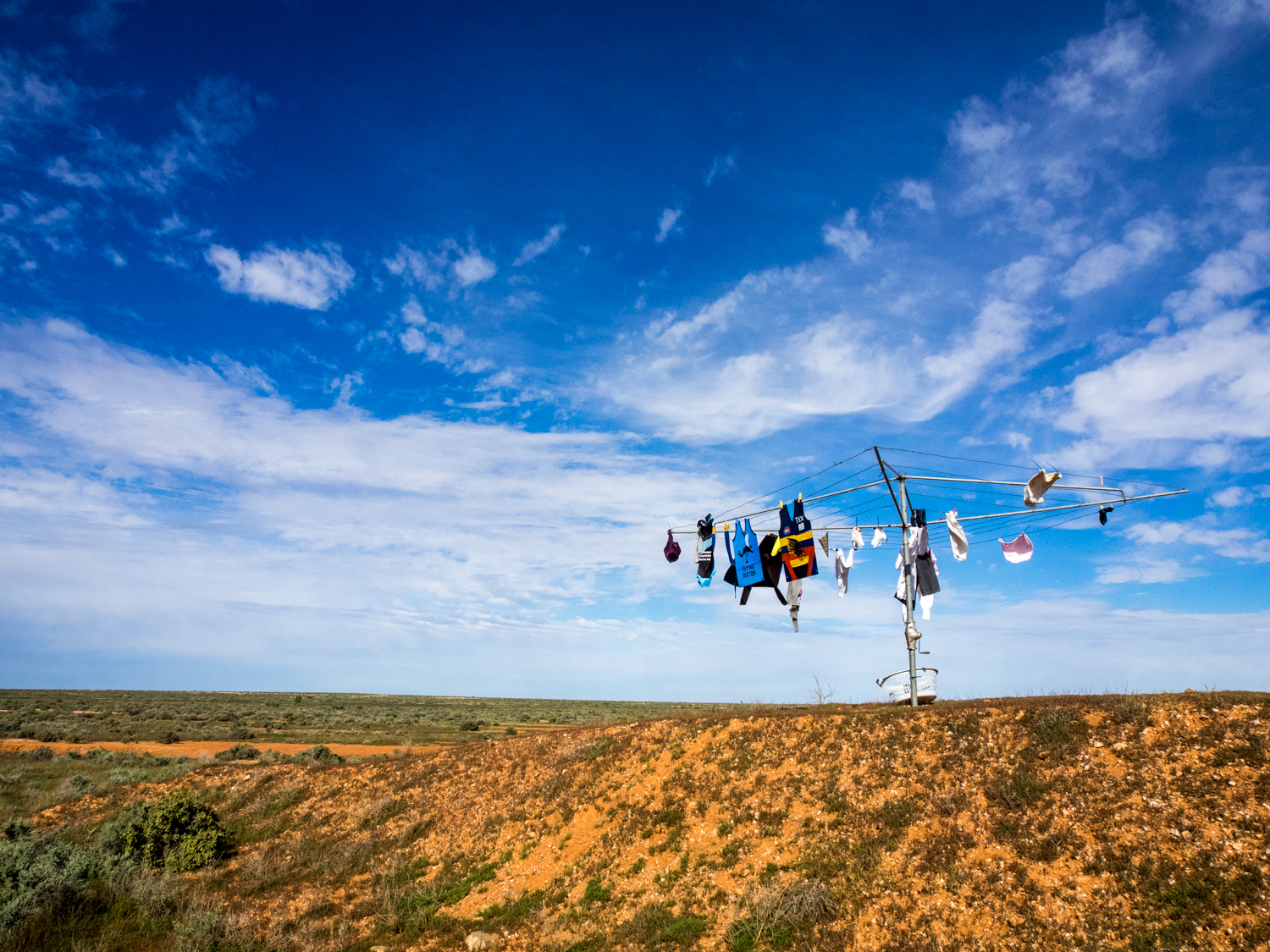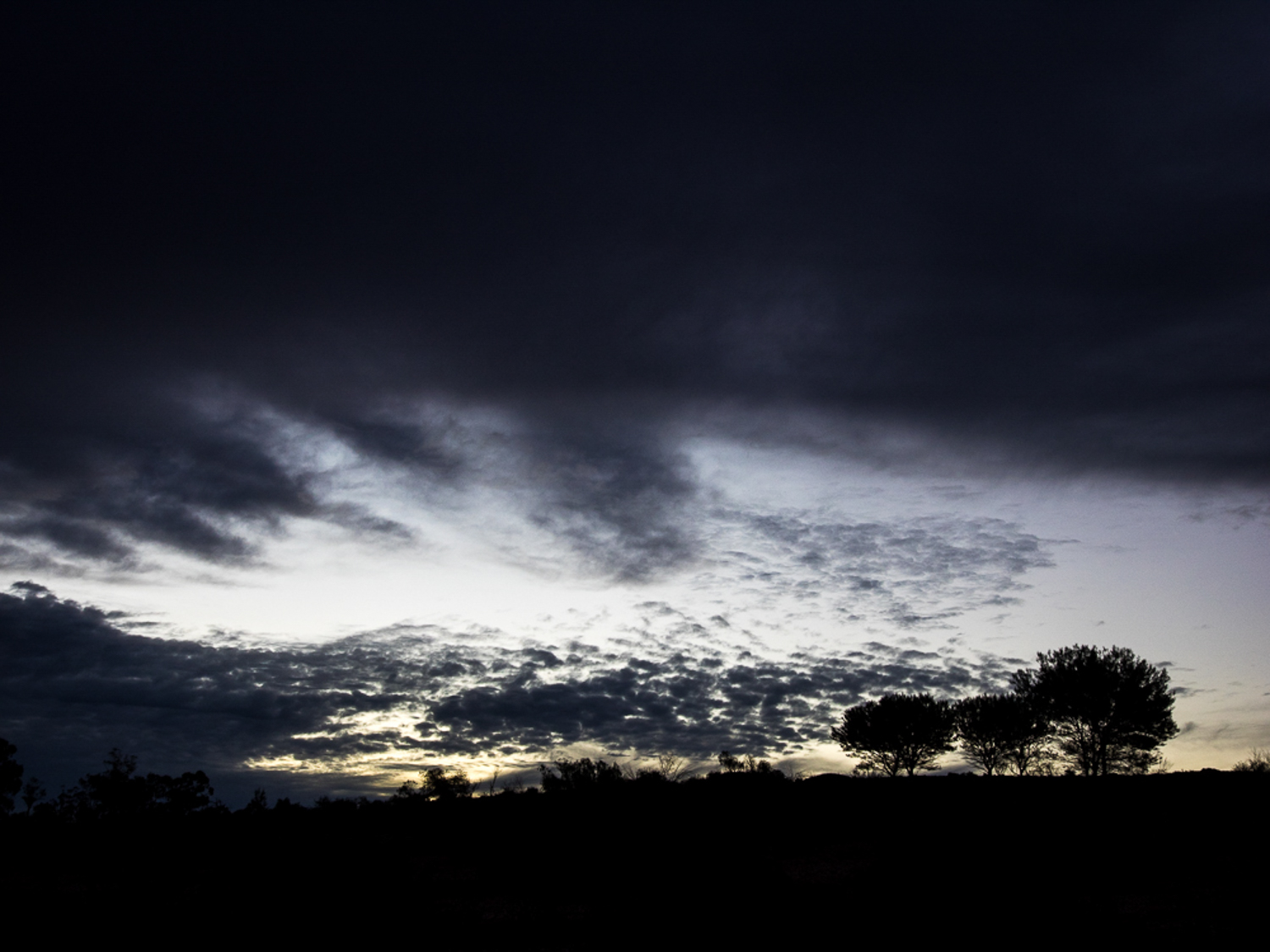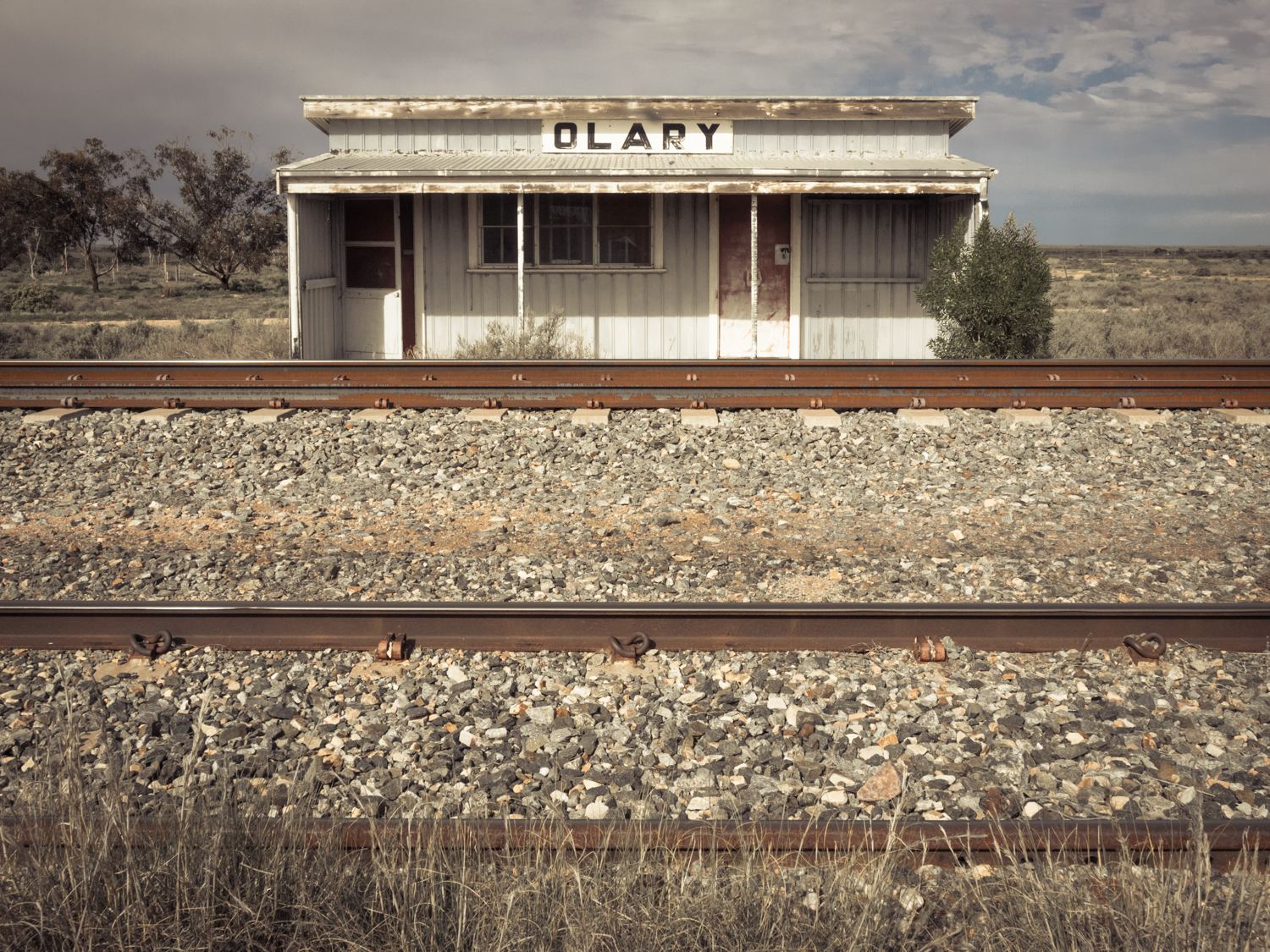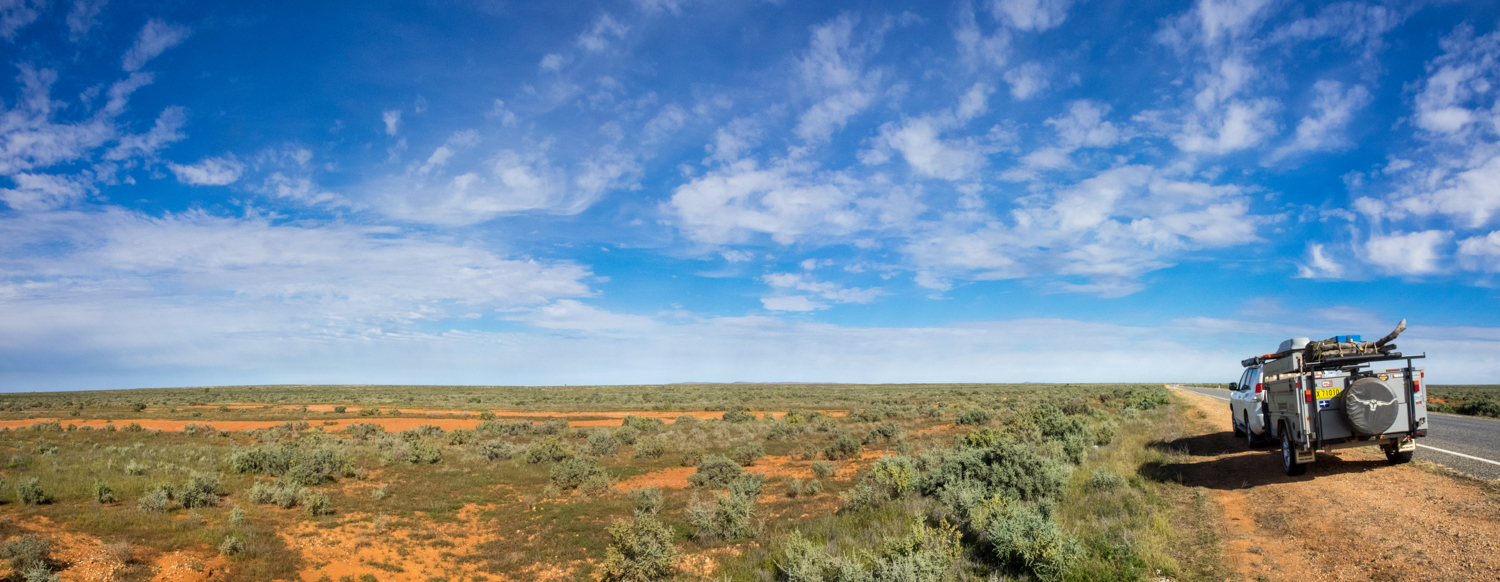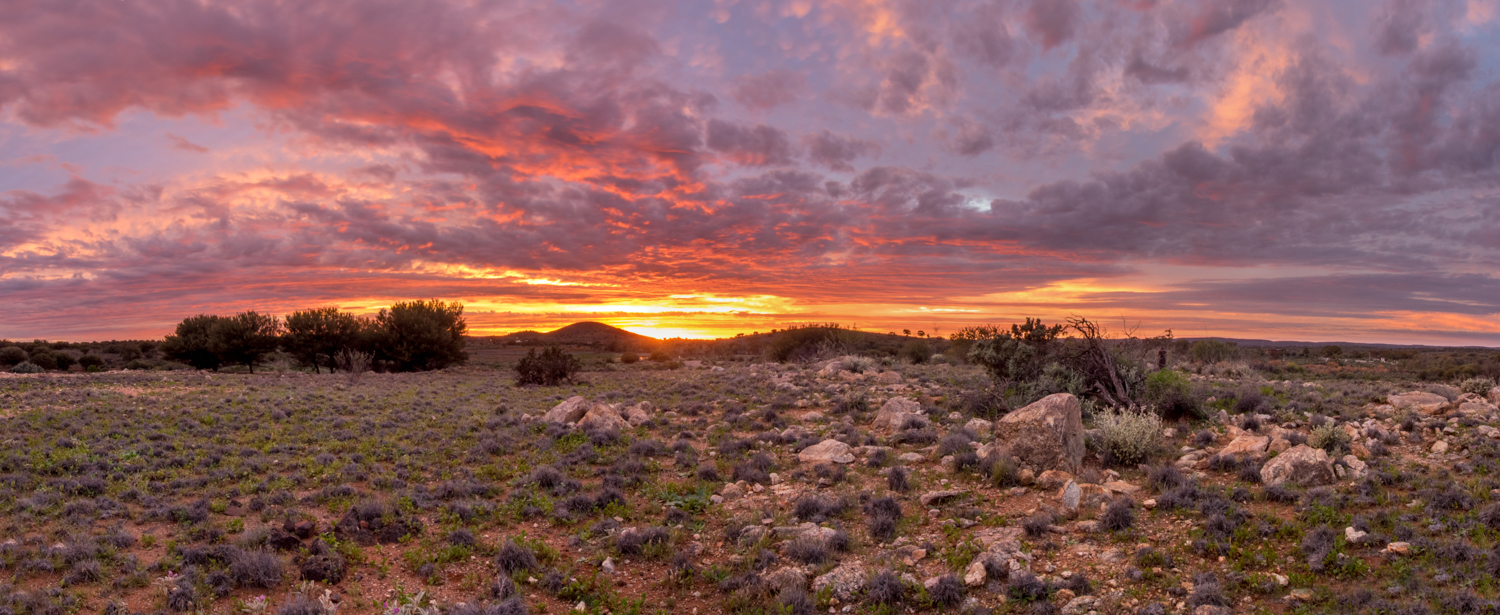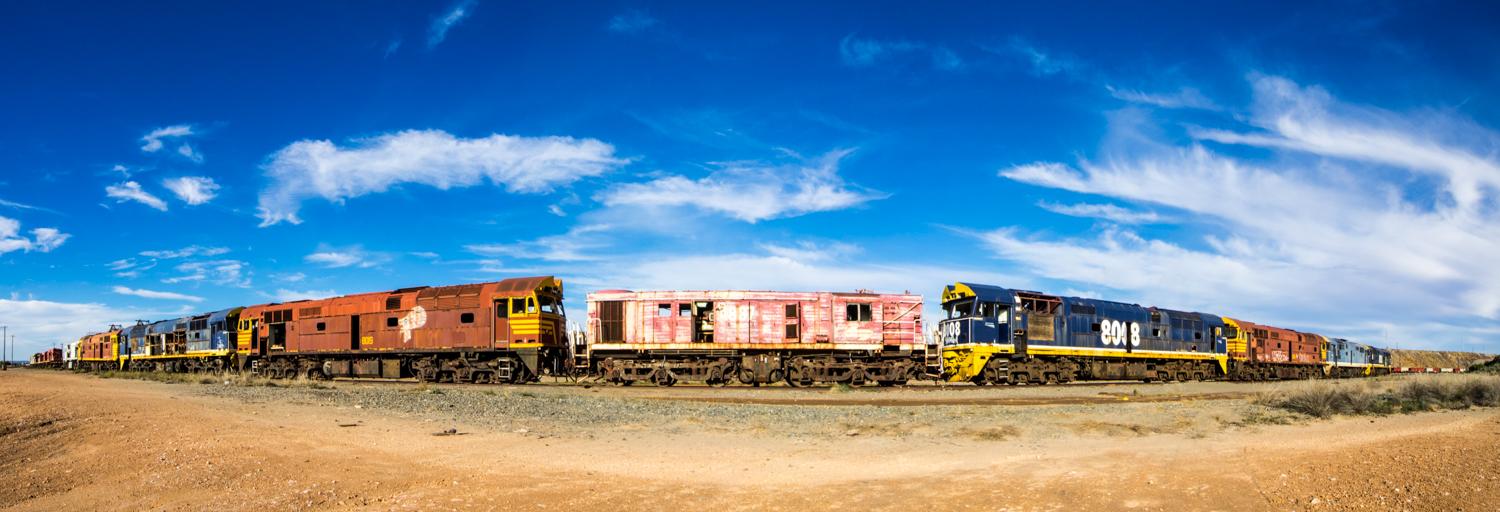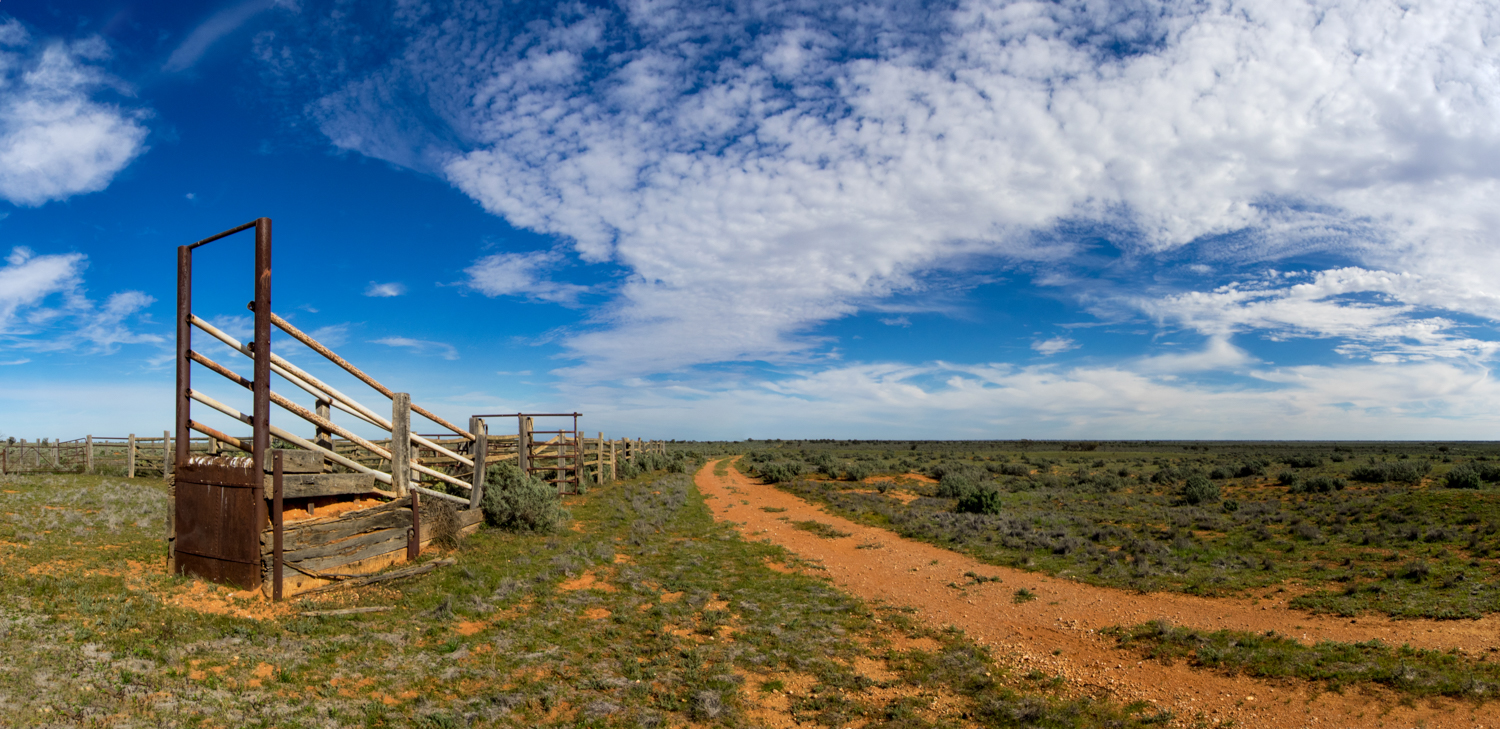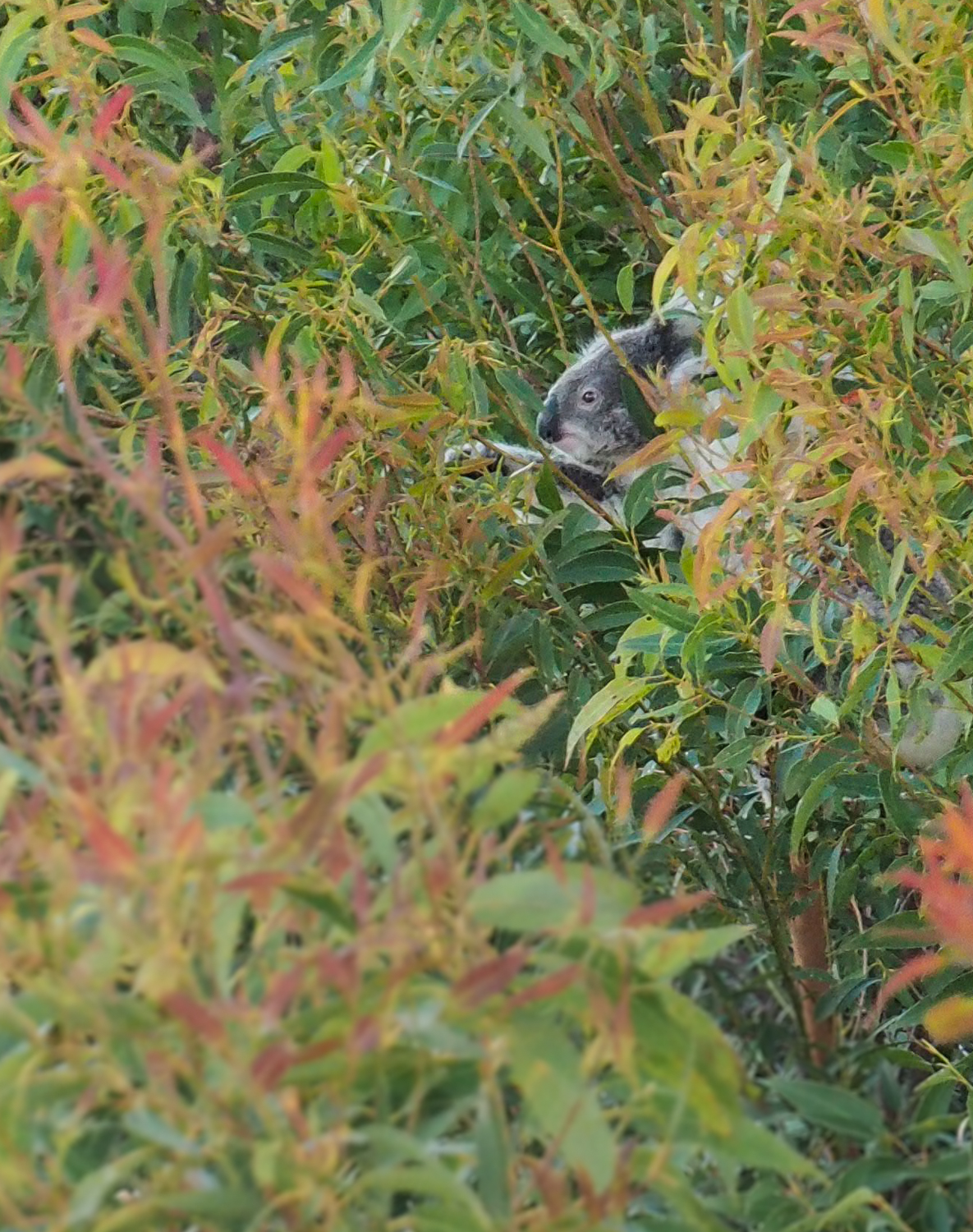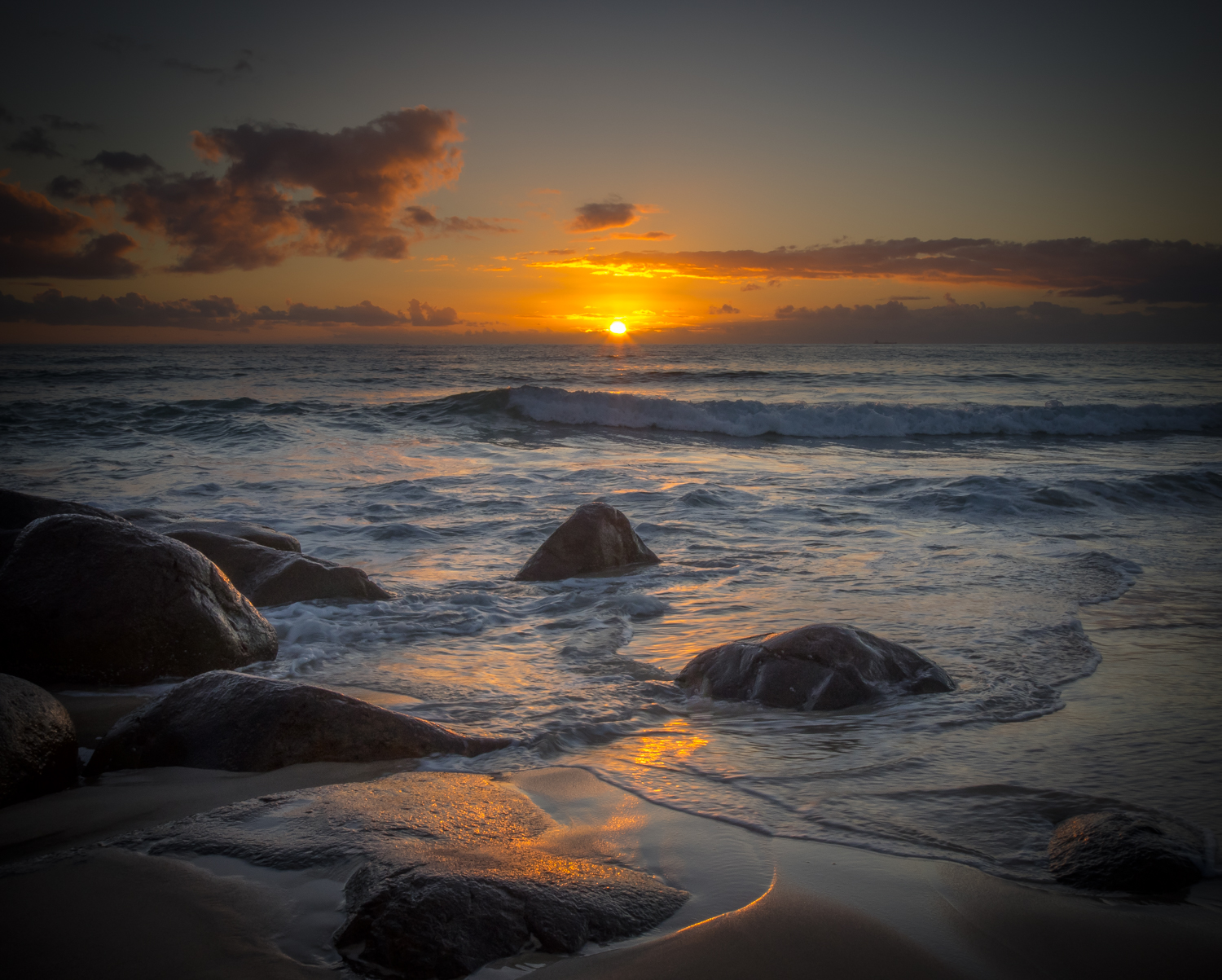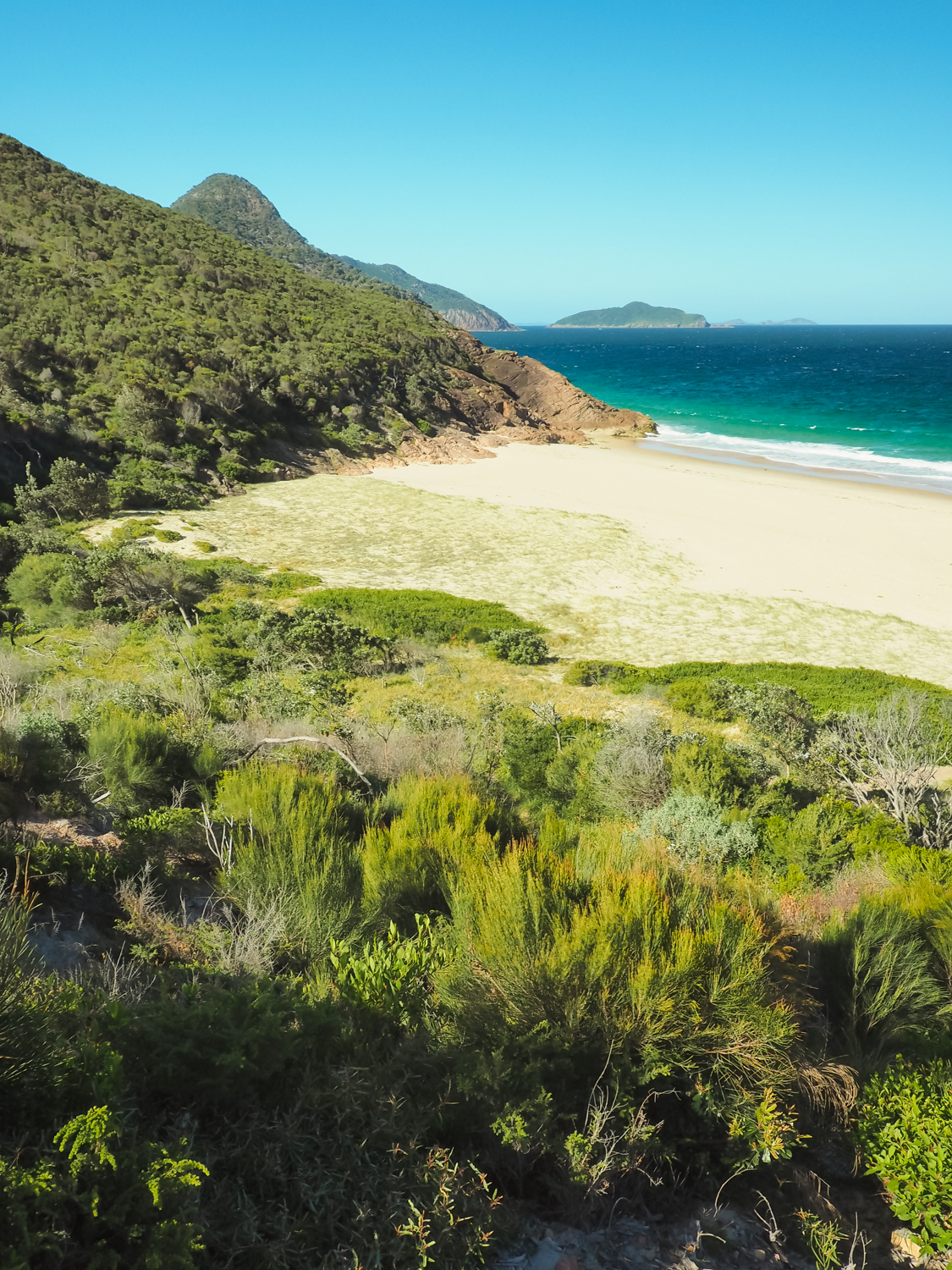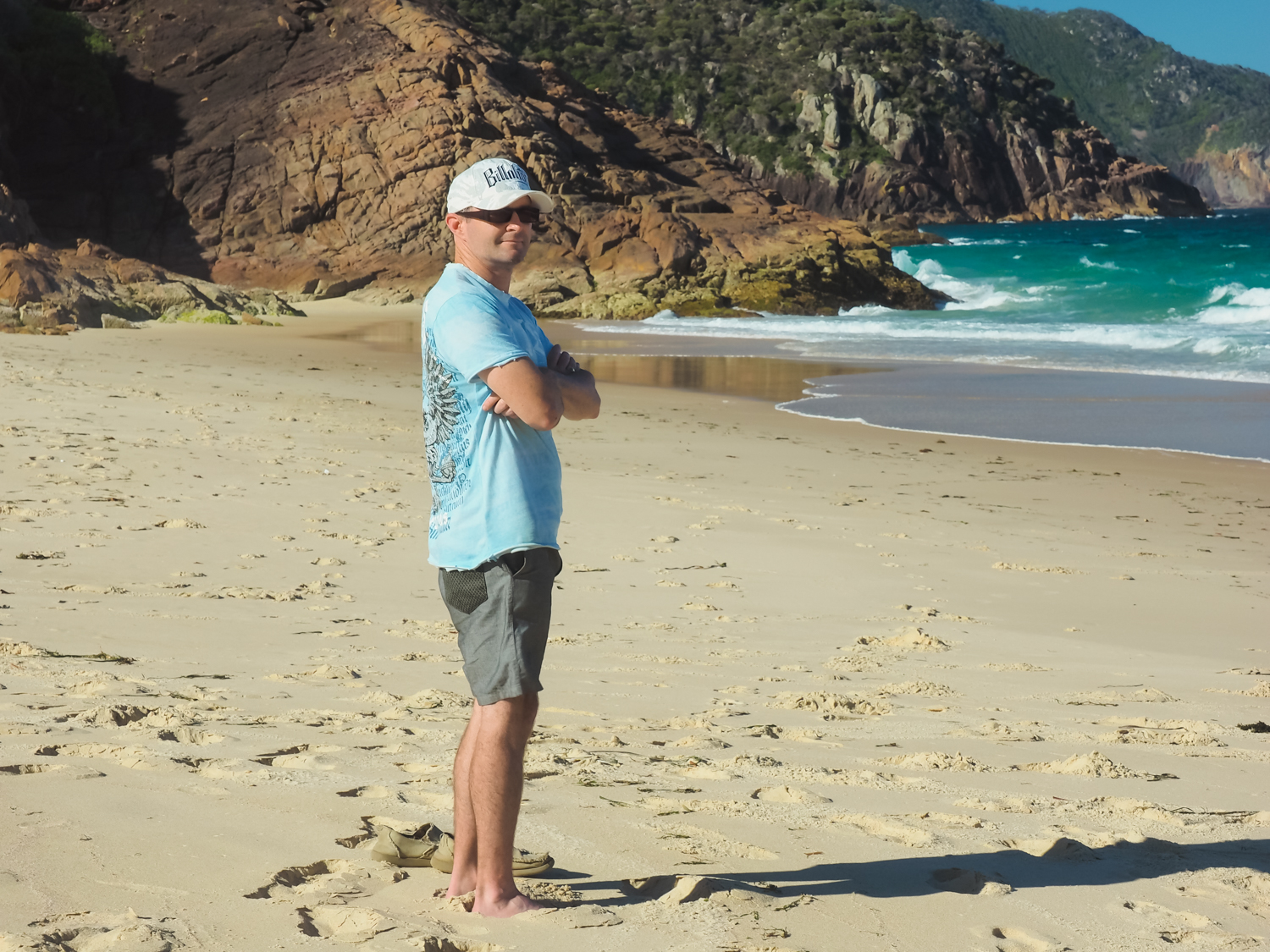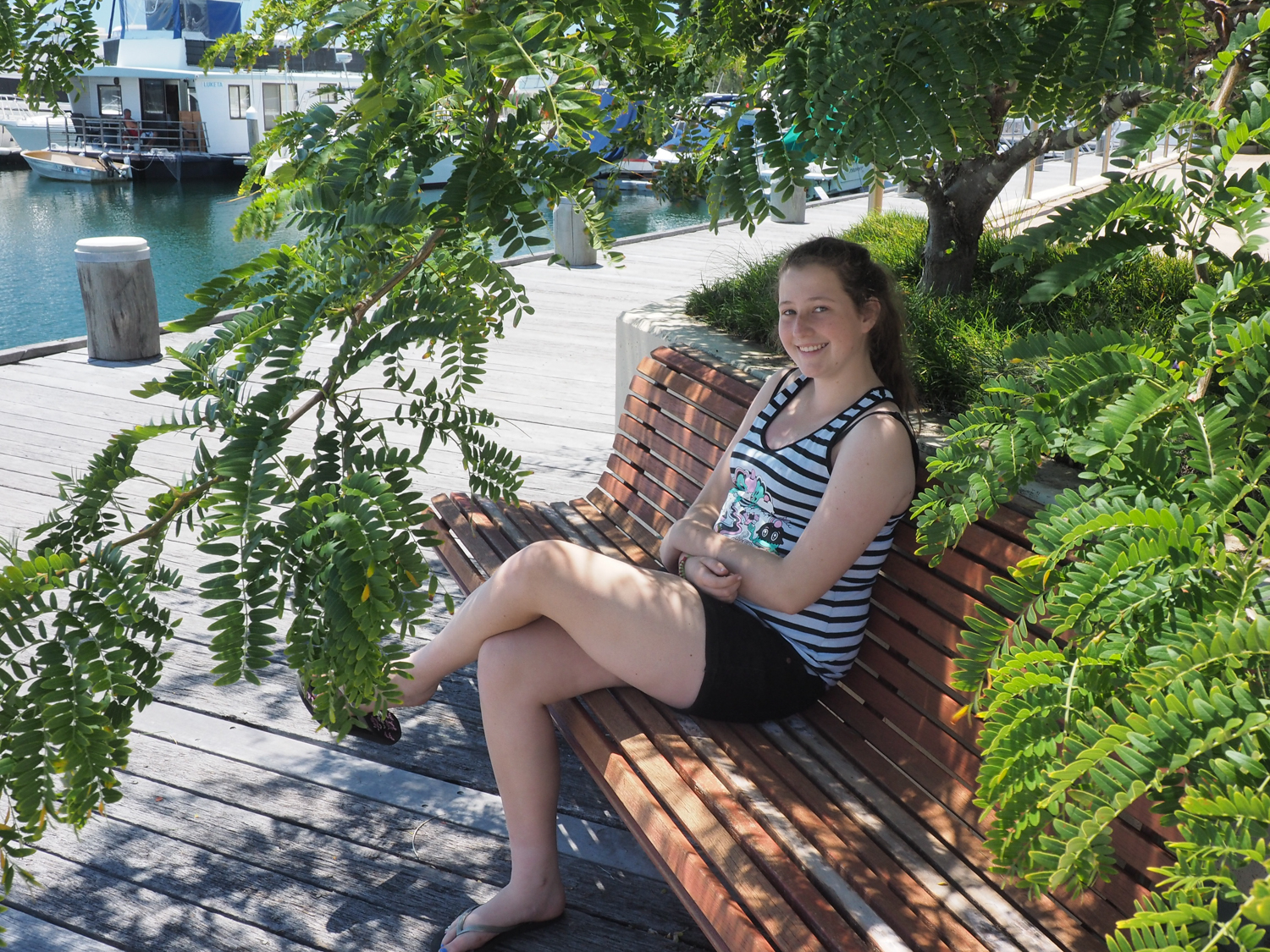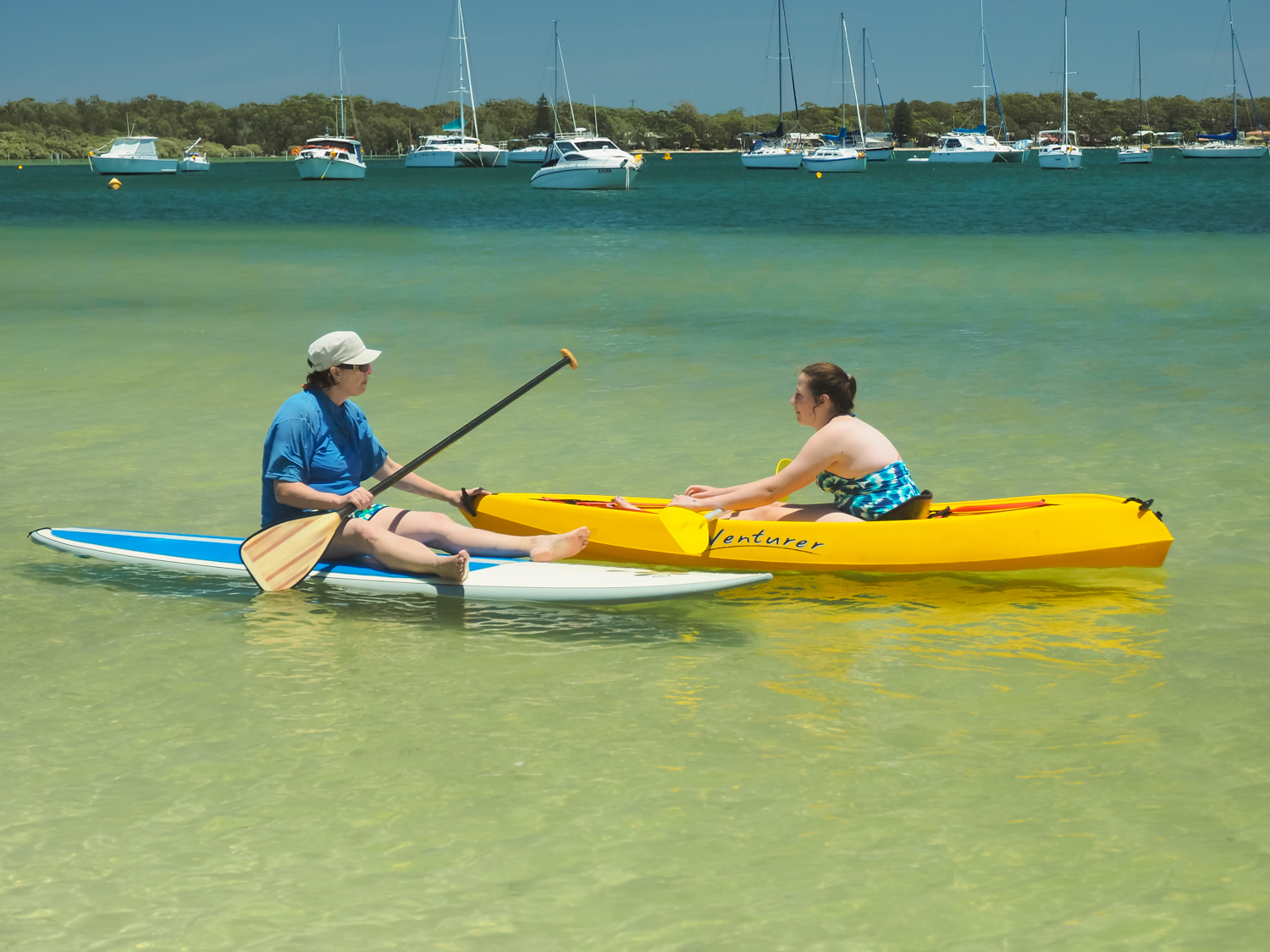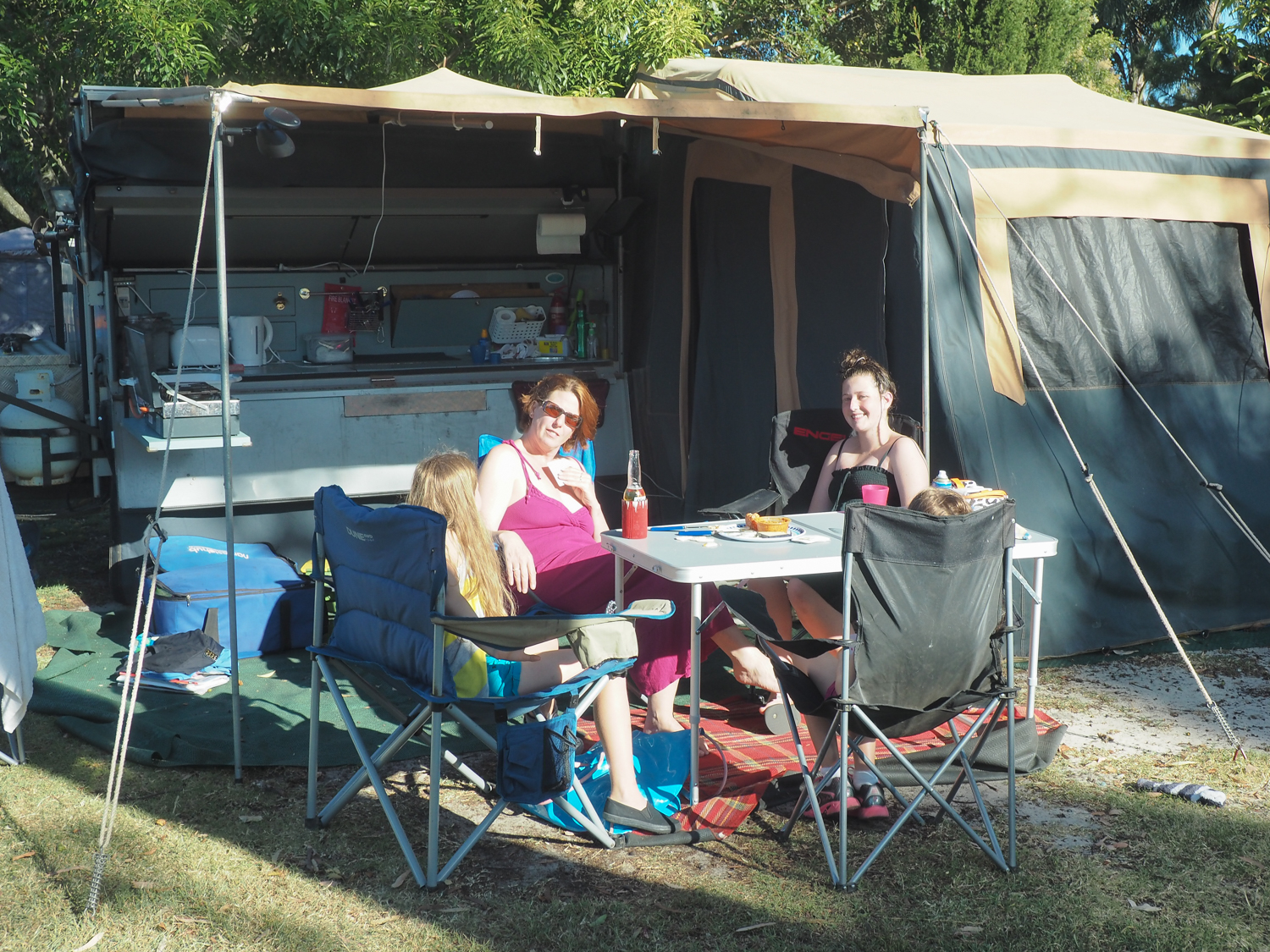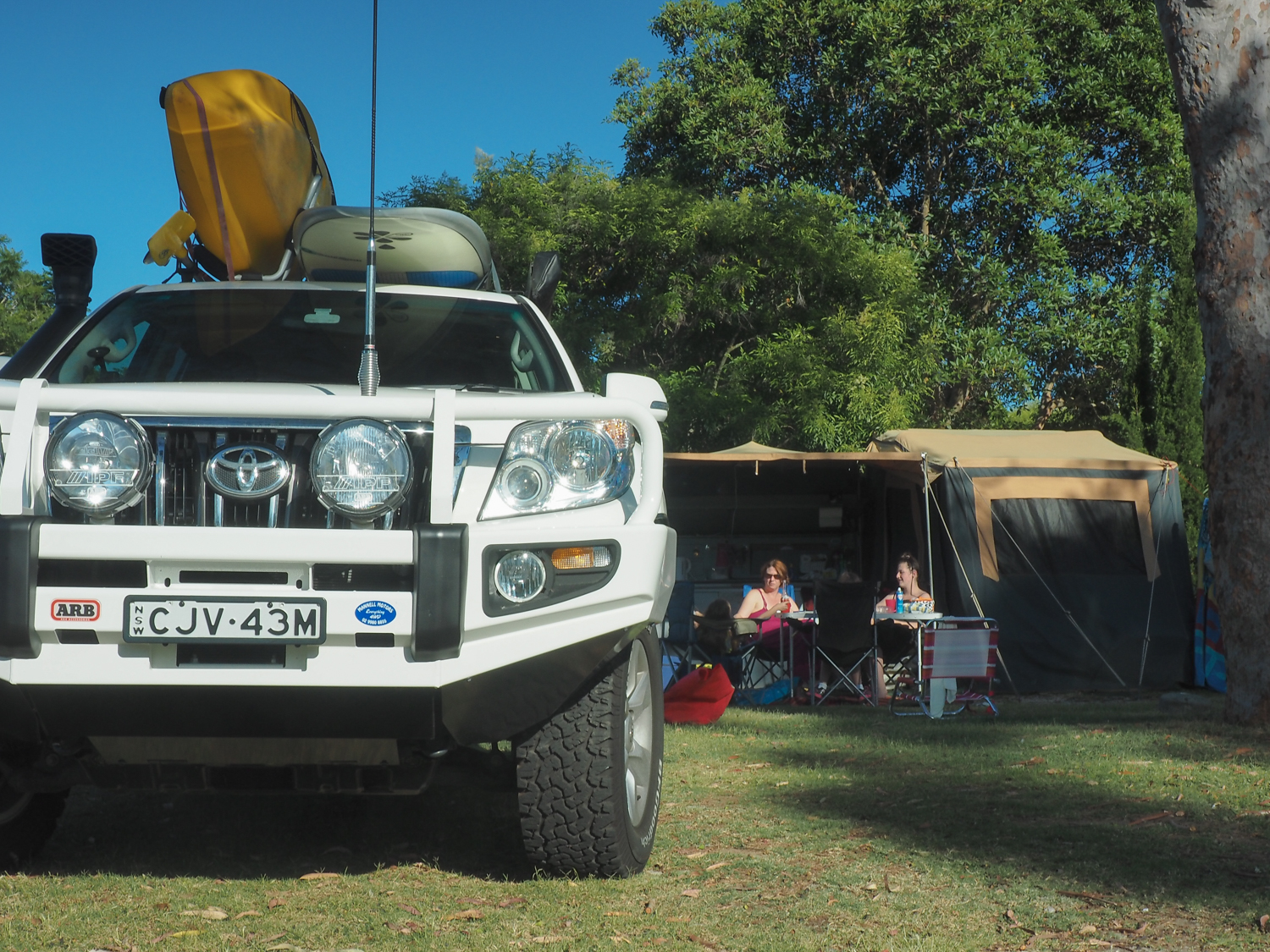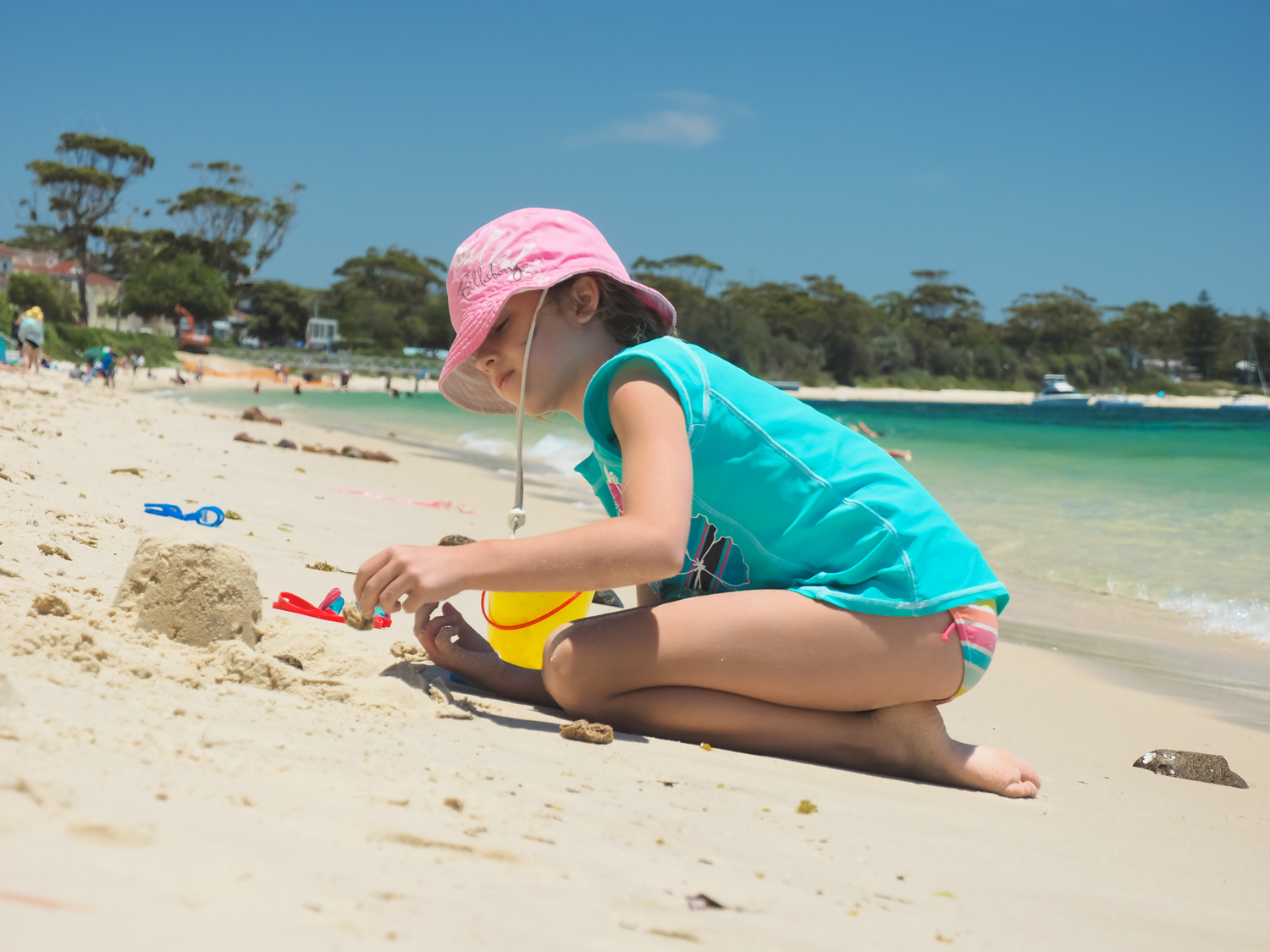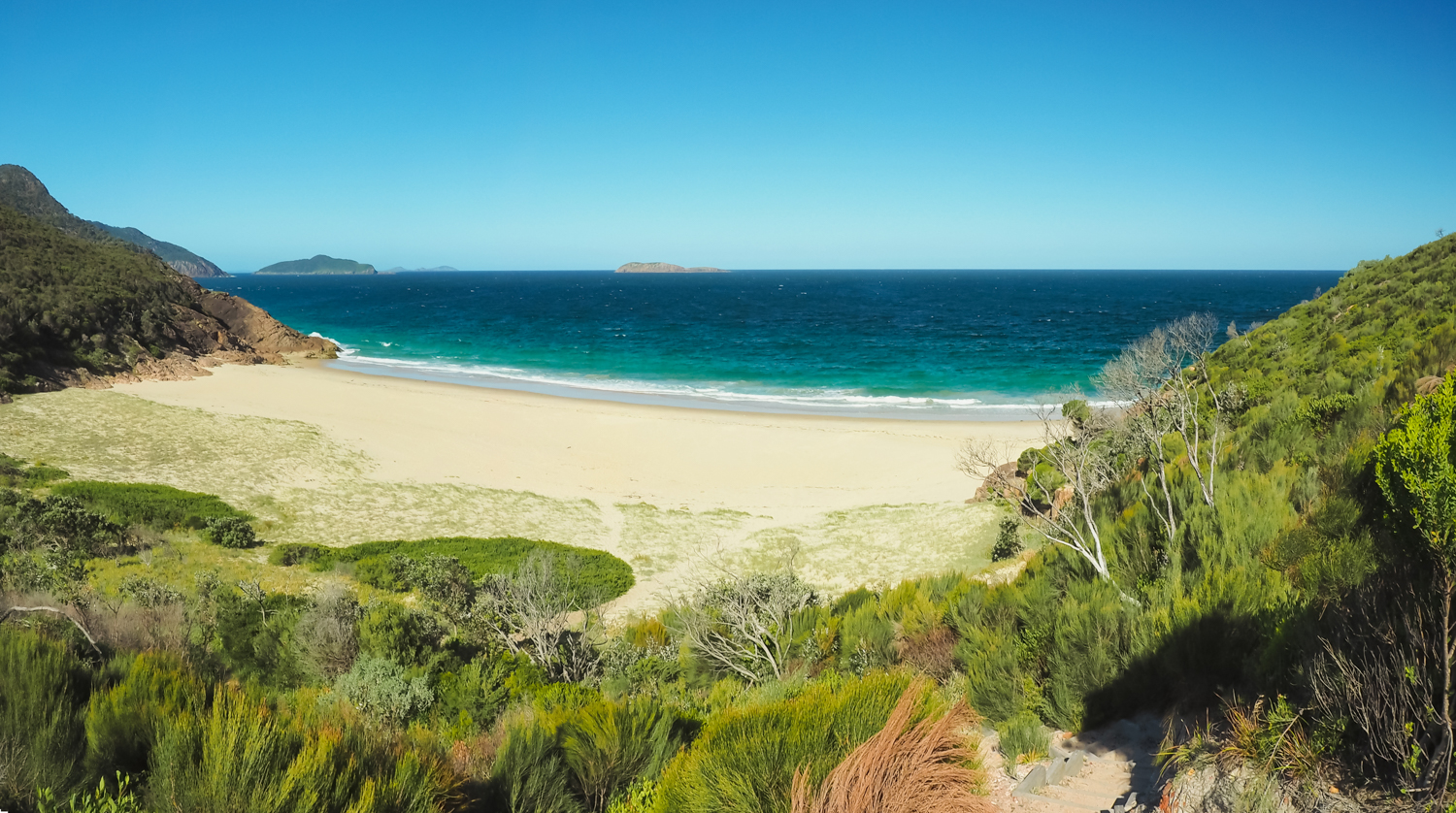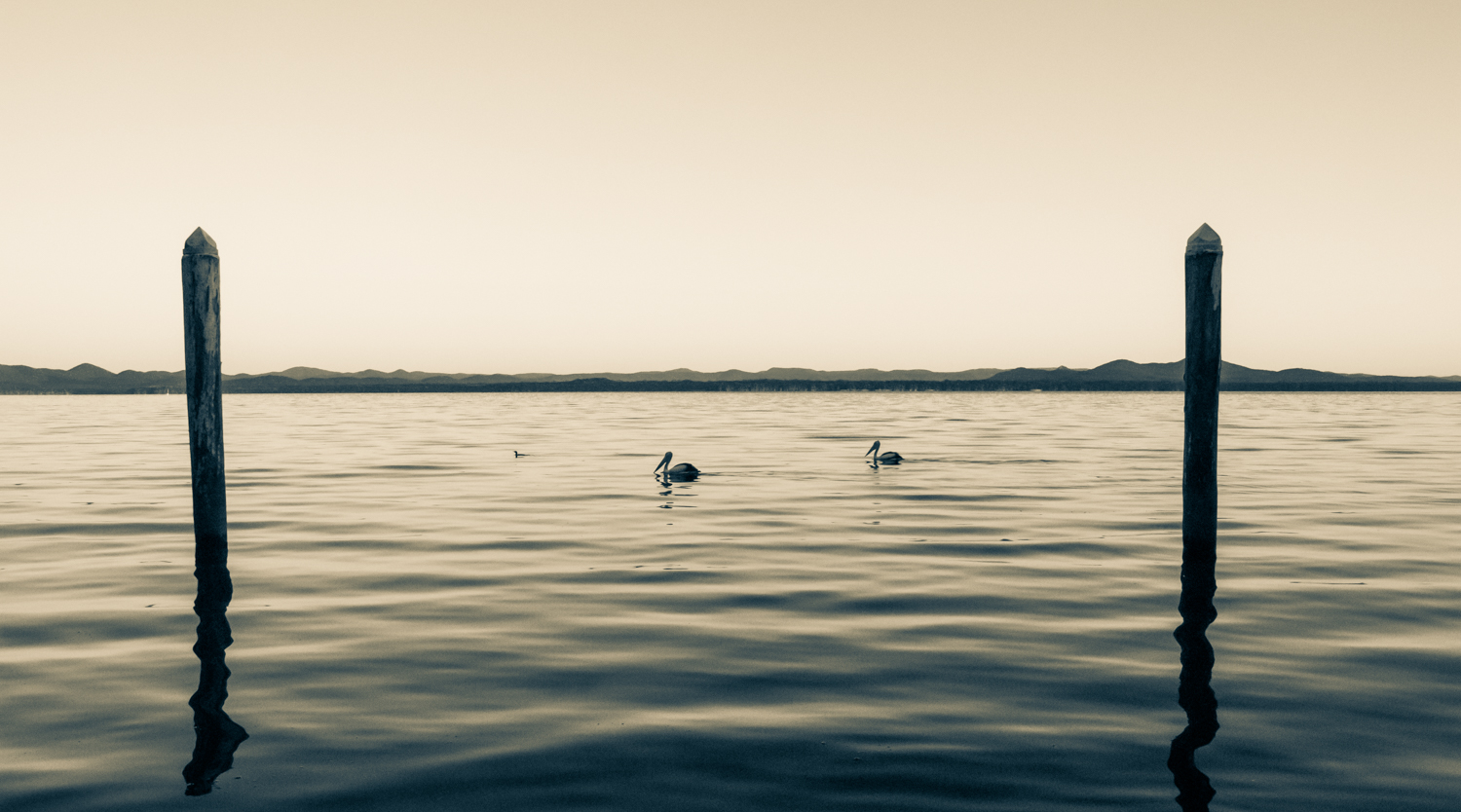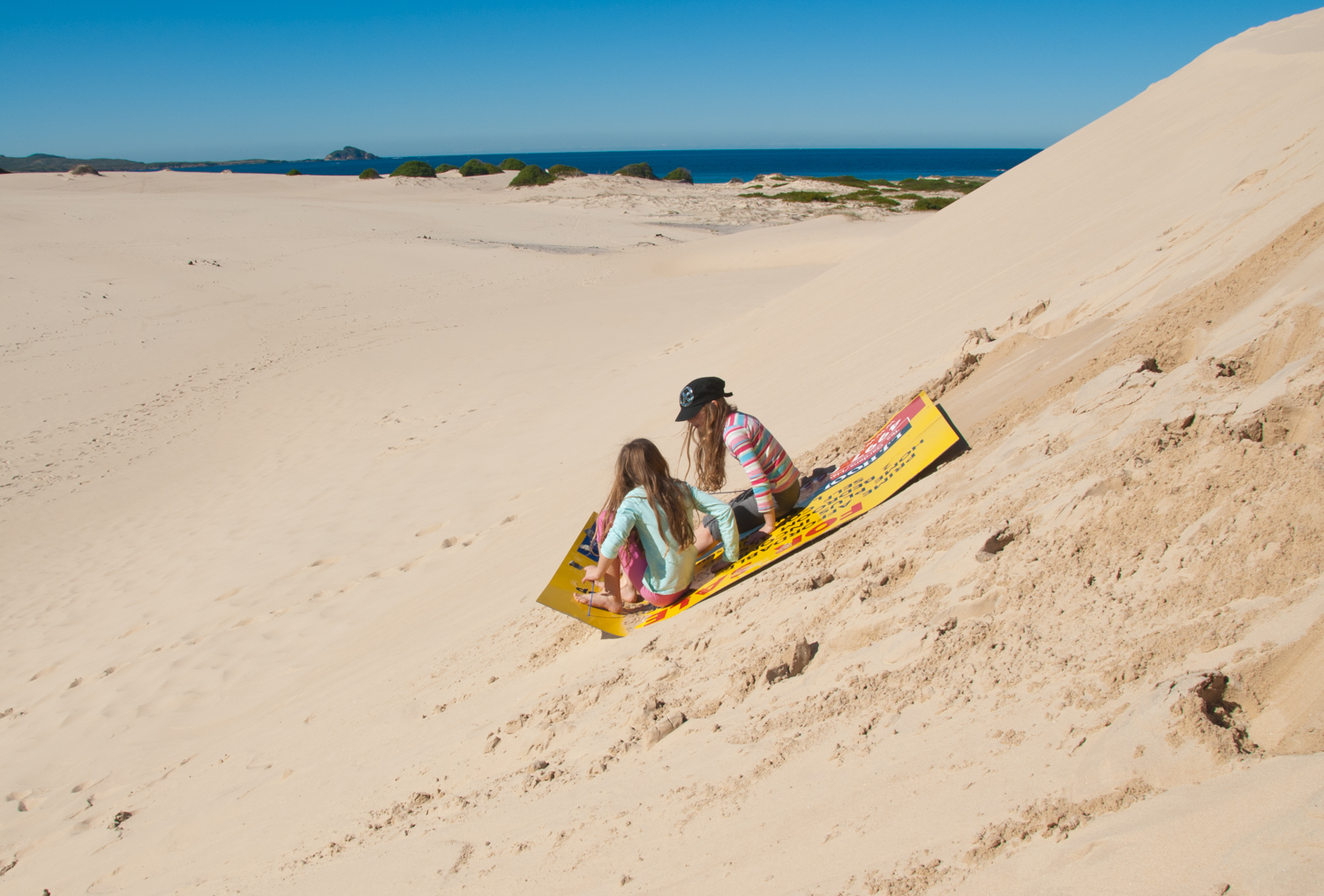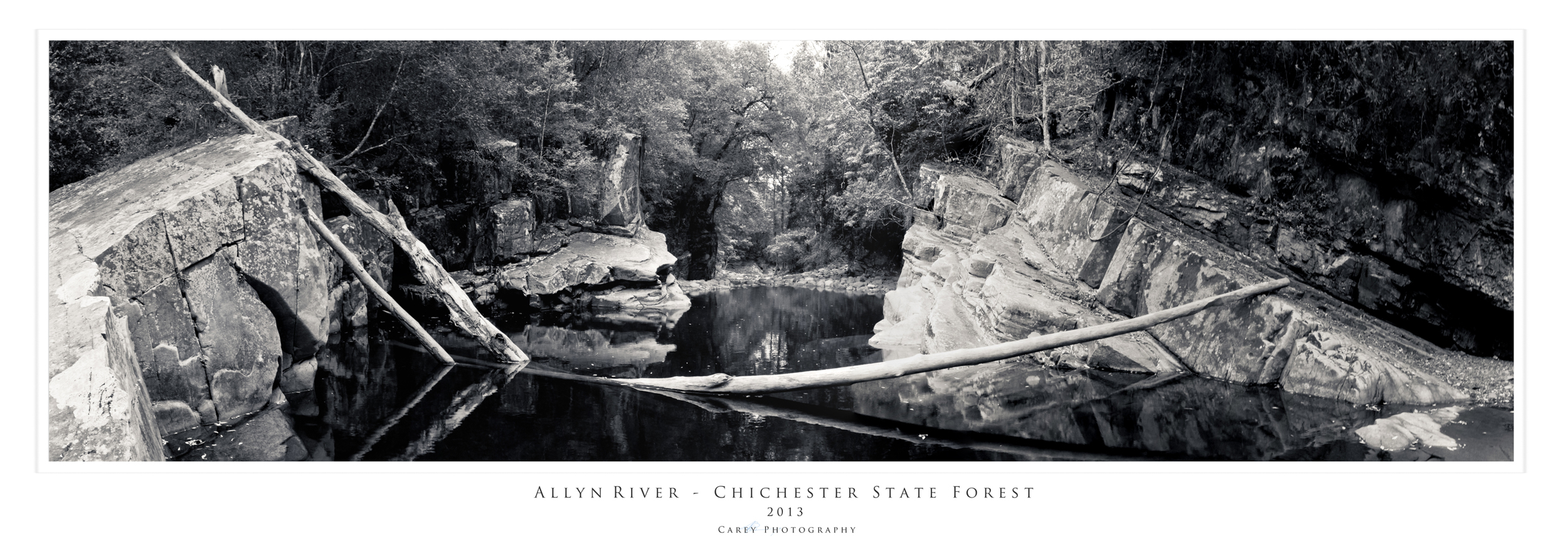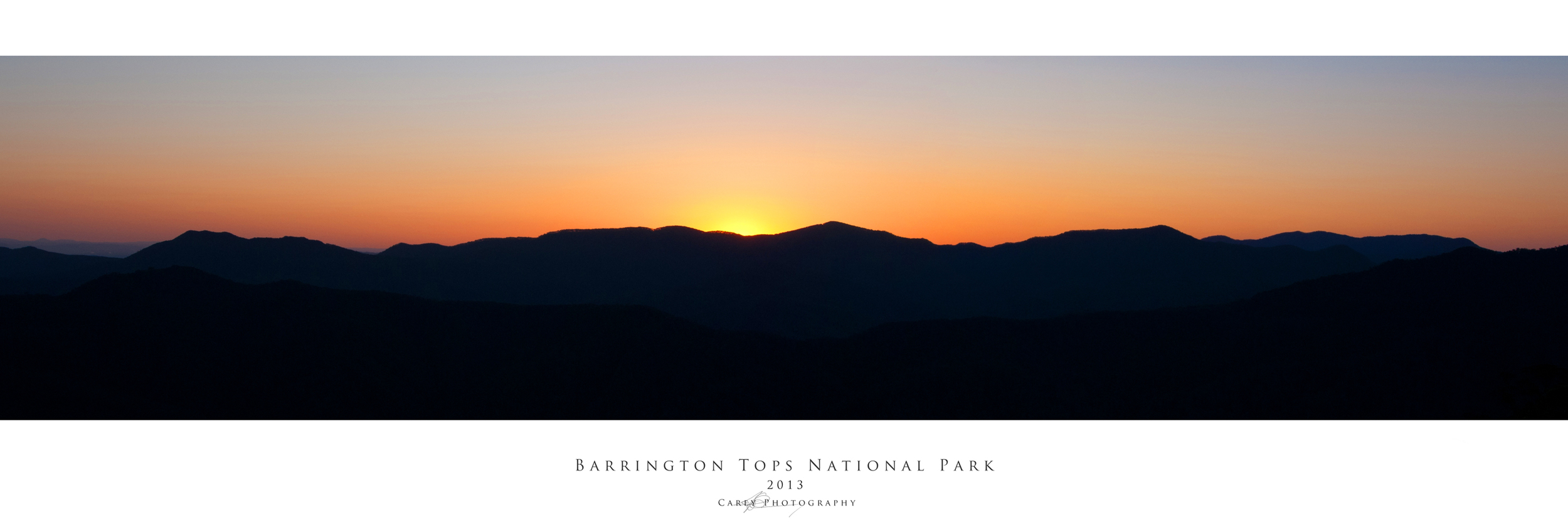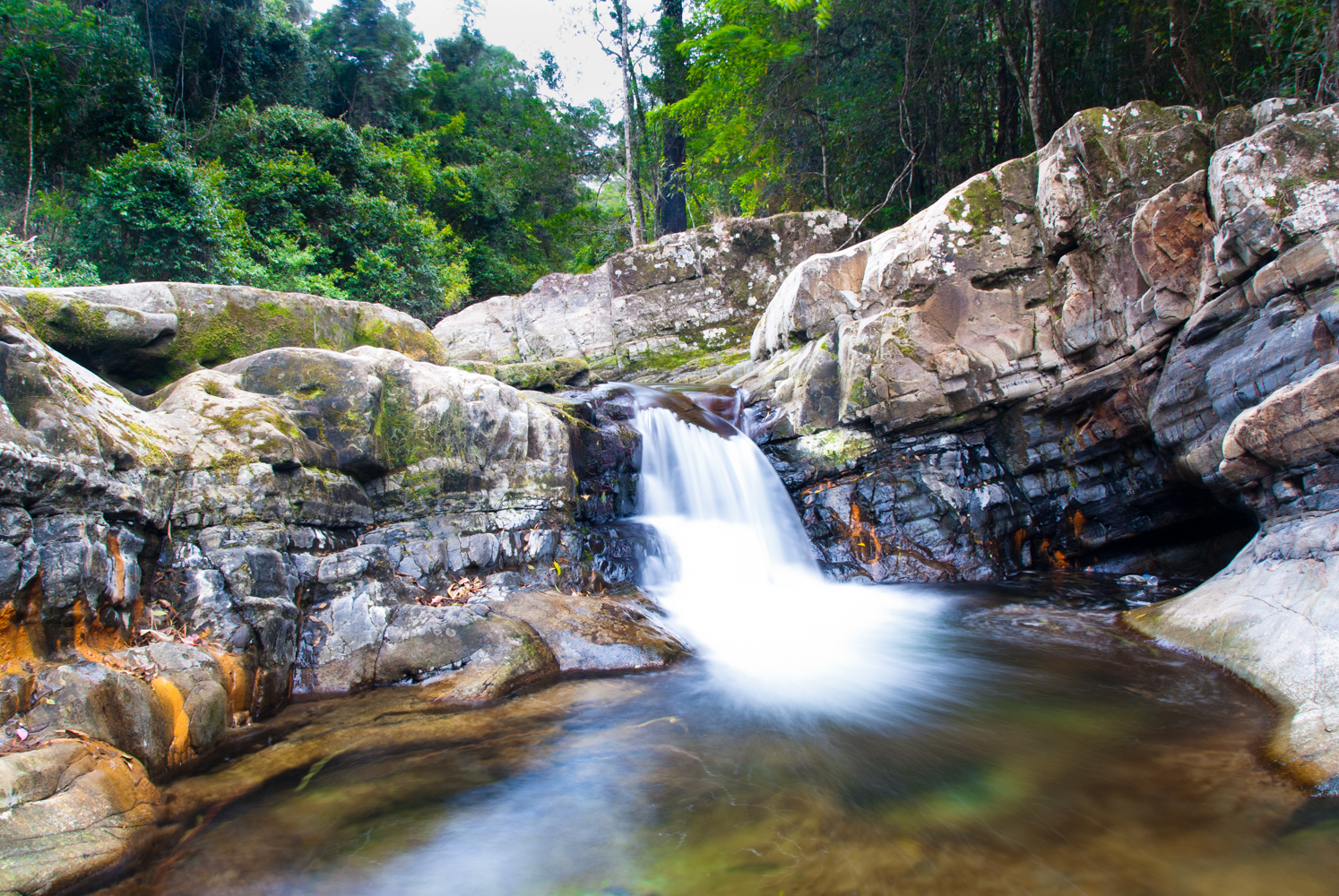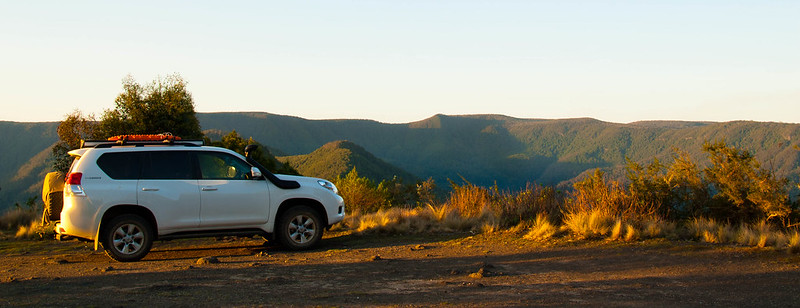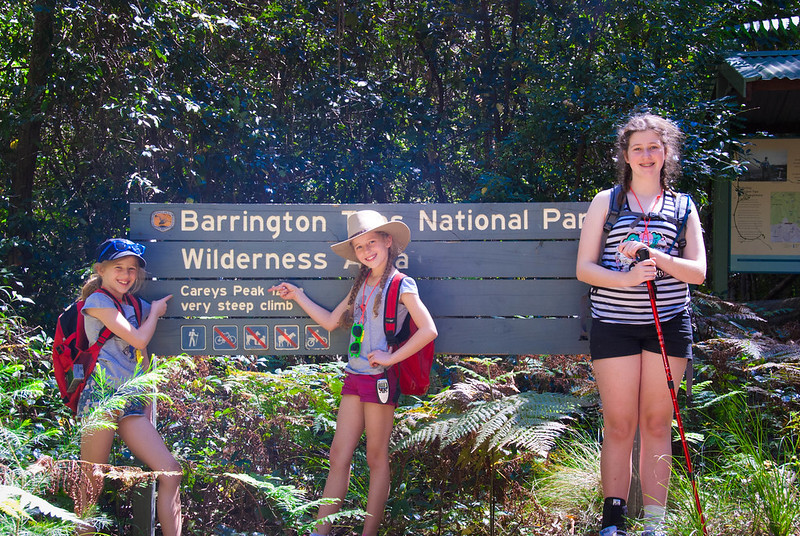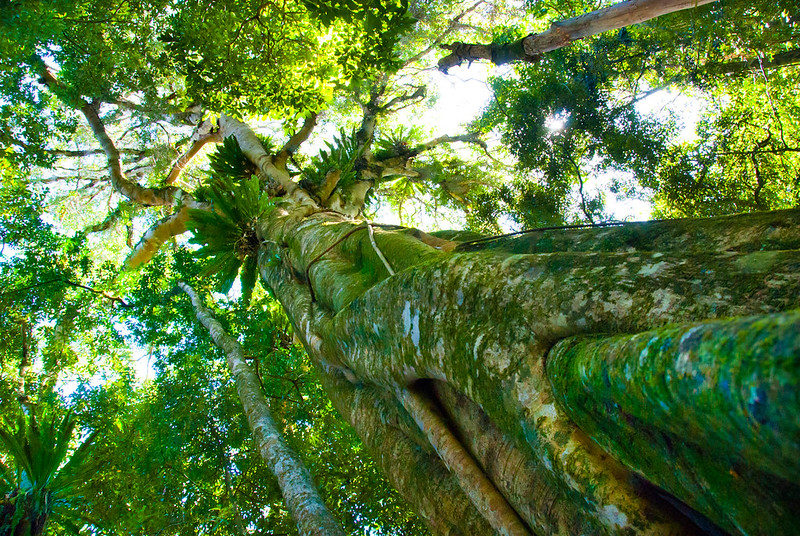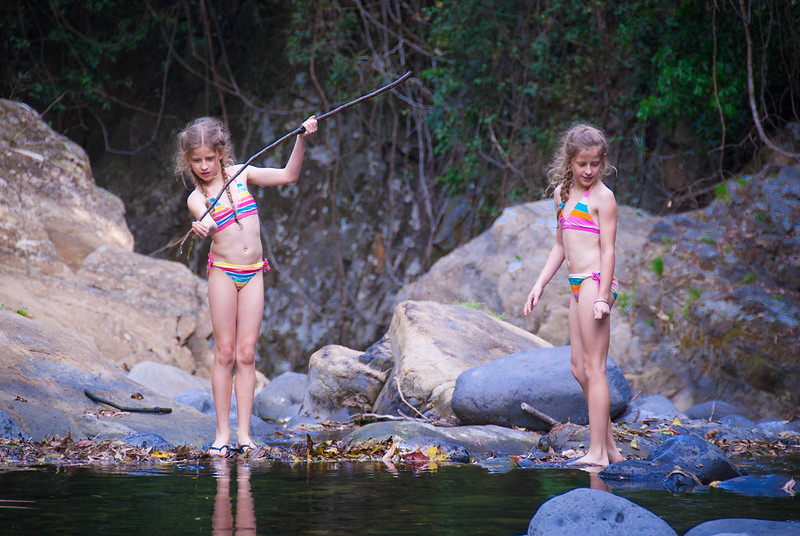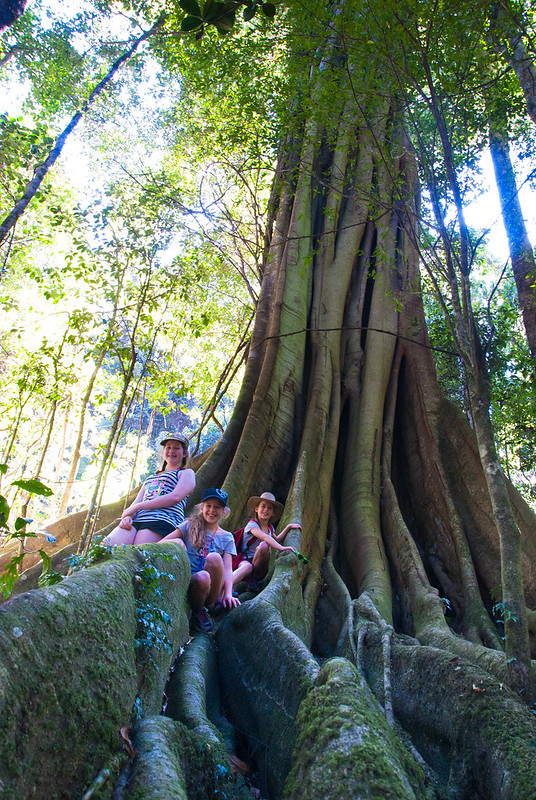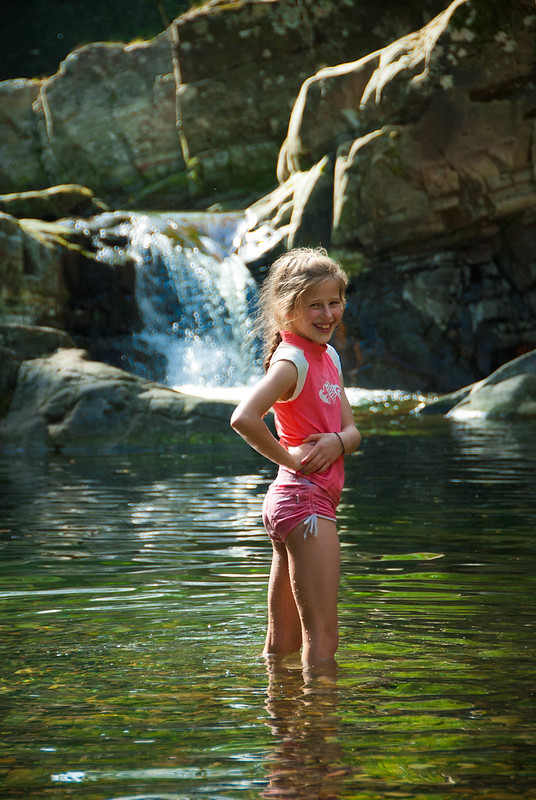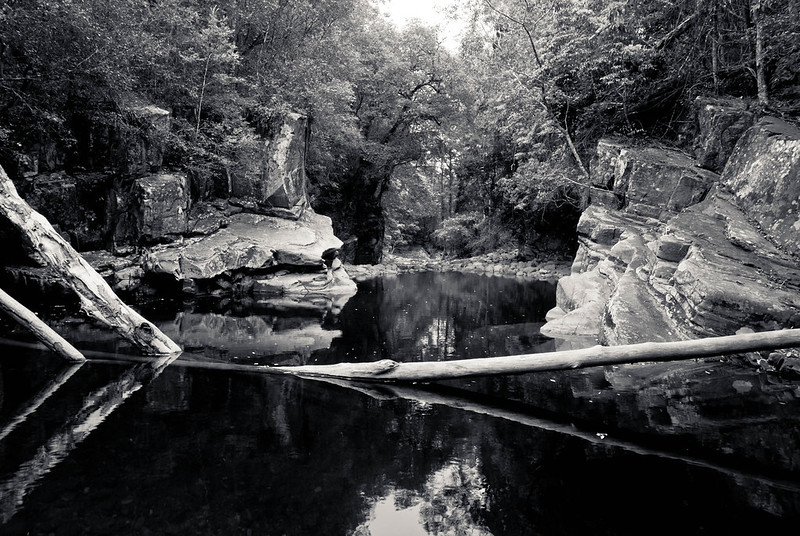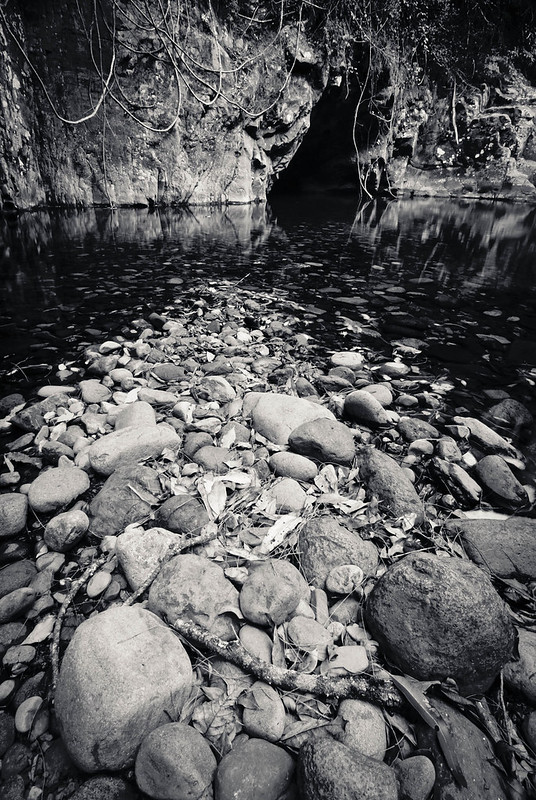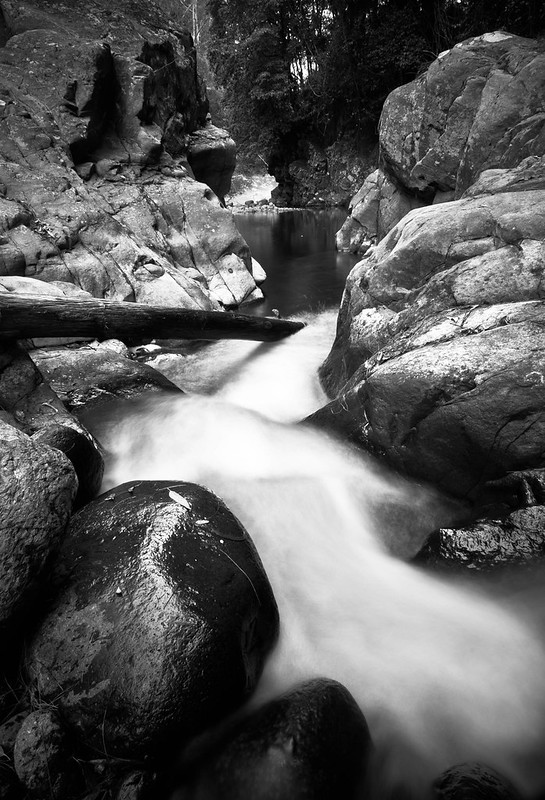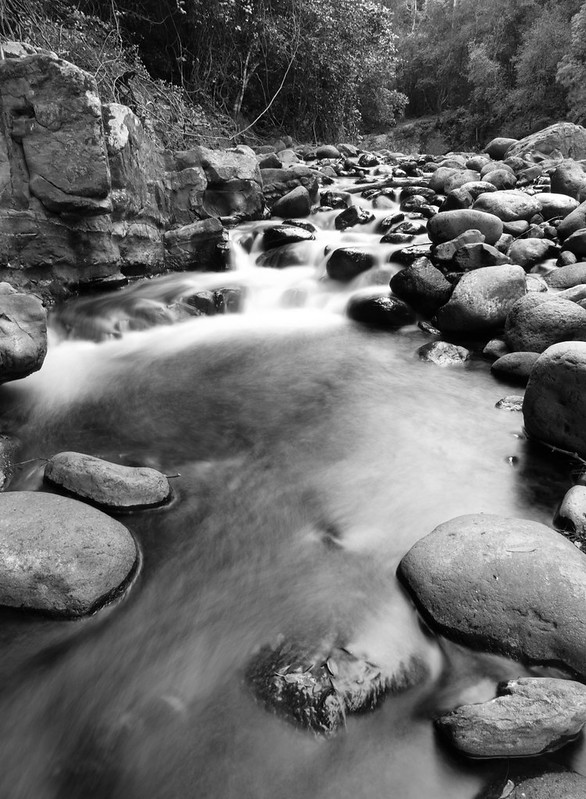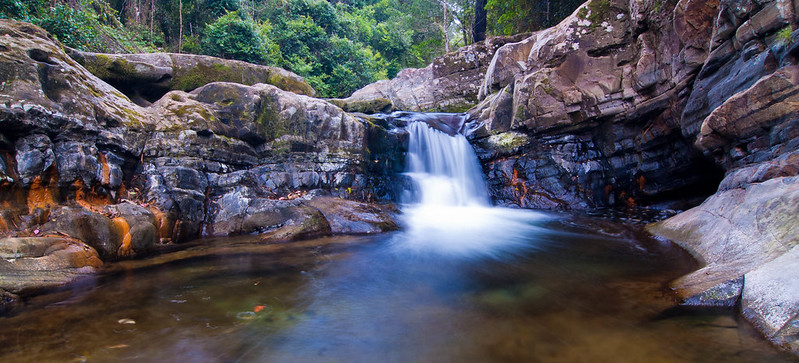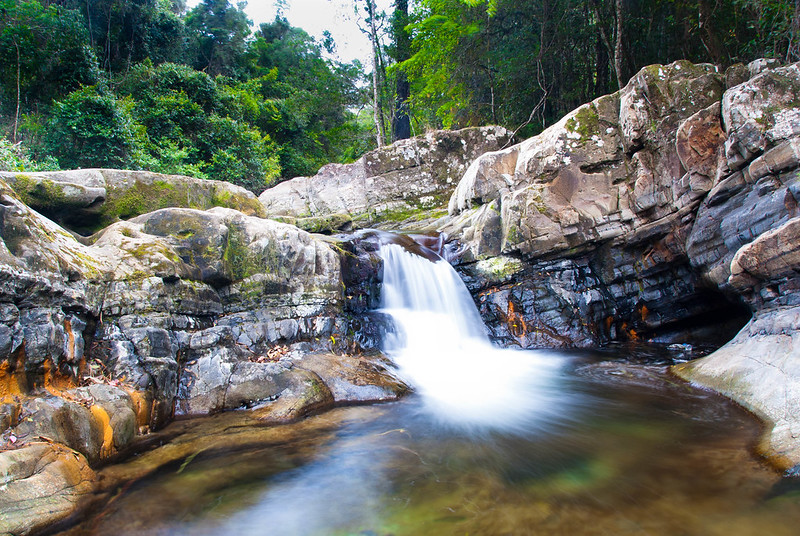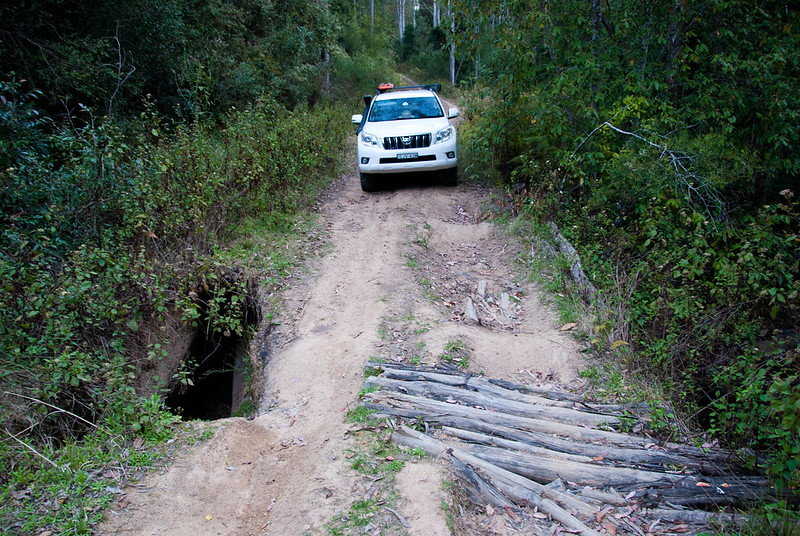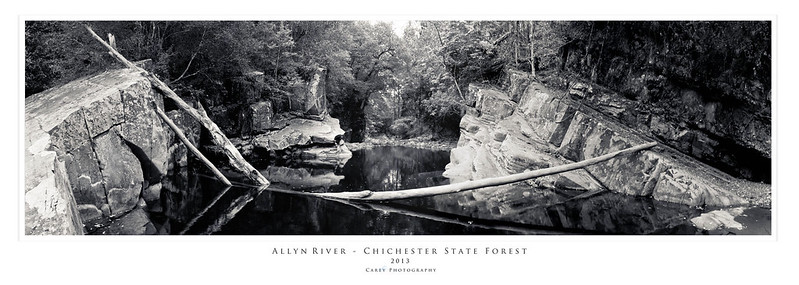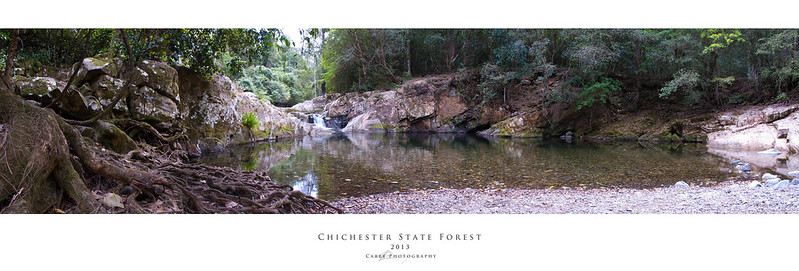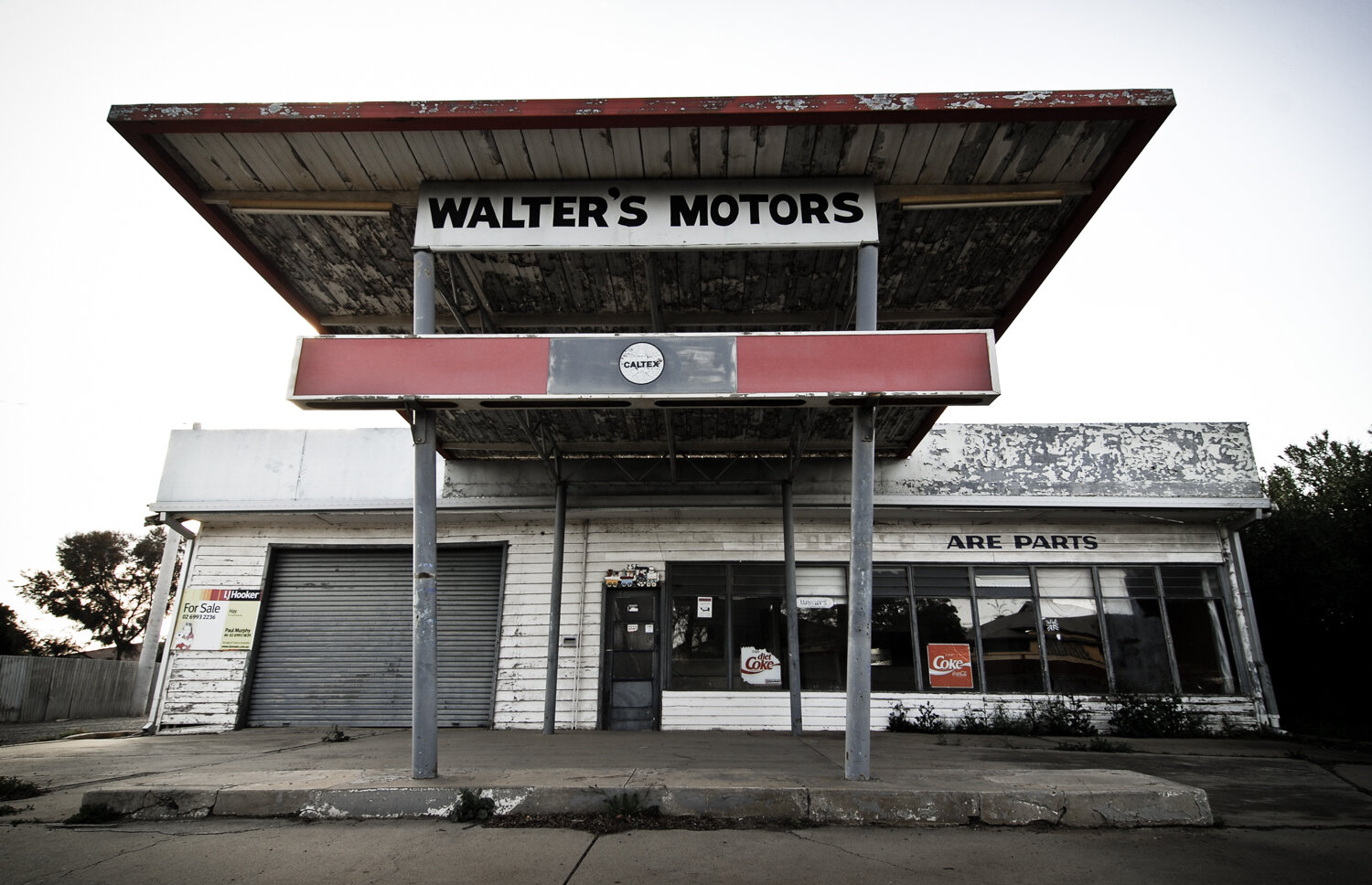This story was published in the June 2015 Issue of 4WD Touring Australia. This is the fourth part of a 3 month journey from Sydney to Darwin and back. To read a full account of the trip and view photos and videos go to To Darwin By Dirt
Our adventure ‘To Darwin by Dirt’ was to see us travelling from Sydney to the Top End exploring as many dirt roads as possible. But with the two main roads through Kakadu being fully sealed, this section of the trip was not going to see many. Little did I know, the most memorable experience of the entire trip would see us sitting ‘in the dirt’ on the edge of Arnhem Land.
The Top End is where the outback meets the tropics, covering more than a million square km between the pearl-farming town of Broome and the subtropical Cape York Peninsula. In its heart is the ecological and cultural backdrop of Kakadu and Litchfield National Park.
Heading north from Alice we made our obligatory stop at the Devils Marbles to amble amongst the geological oddity. From here it is a long haul to our first destination, Nitmaluk National Park. While my preference is an isolated remote camp site, if I was going to be restricted to formalised parks it's would be Nitmaluk. With a tropical pool, bar and the magic Katherine Gorge only 100 metres away, The National Park has facilities that many expensive caravan parks could only wish for. The park is jointly managed with the traditional Jawoyn people who have a philosophy to "share our country". And what a great job they have done.
We spent the day cruising up three of the thirteen gorges, created by the Katherine River which has carved a deep chasm through the ancient sandstone. Despite the freshwater crocodiles basking on the edge we took the plunge into the cool waters, one eye on the banks the other on the wonders of what nature has created.
While we could have stayed a week the journey north was calling. Back on the black top it is not long before we reached Pine Creek and the turn off for the Kakadu highway. Here the road meanders through the open woodland plains, which are now parched as the Wurreng (dry season) takes hold. At this time of year it is common to pass through fires slowly consuming the low grasses on either side of the road. These fires are the cornerstone of this unique environment which has adapted to the patchwork burning over millennia. Overhead, flocks of Black Kites circle ready to swoop on any poor animal escaping the flames.
Reaching the Gunlom Falls turnoff, the 37km dirt road can change from a well groomed track to a bone shattering washboard. But what lies at the end is every photographers dream. Not far from the camp site a dark cool plunge pool sits below the towering black cliffs, a permanent rain shower cascading from the escarpment above. Making the 20 min steep climb we reach the series of cascading pools that cling to the edge, water disappearing into the plains below. Here we sat waist deep in the infinity edged pool, a cold ale in one hand, watching the sun slip into the Kakadu horizon – surely one of the best views in Australia.
Reluctantly leaving Gunlom, a short drive takes us to a well set up camp at Cooinda. But the real reason we are here is to experience the biological wonder fitting of its UNESCO World Heritage Listing. Getting one of the Yellow Water Billabong cruises, we spent the late afternoon gliding through Kakadu's most impressive wetland that is fed from a tributary of the South Alligator River. It is interesting to note that it is called the Alligator River when we don't have alligators in Australia. Those early explorers will confuse generations of children forever.
Cruising along the mirror like water, with the lilies and swamp grasses slowly rippling in the boat wake, you catch the unmistakeable eyes and tooth ridges protruding from the water. The prehistoric beast. The apex predator. Crocodylus porosus. Or as the locals say - "a salty"! These formidable leathery-skinned, creatures sit motionless waiting for a fish, bird or an unsuspecting tourist to put their arms too far out of the boat. Others are basking in the sun on the banks of the river, mouth agape, revealing large bloody teeth that would be a dentists best friend.
Over the next two hours time slowed as we watched the majestic brolgas, flocks of cockatoos and jabirus, with their piercing yellow eyes and blue plumage, feed amongst the lilies. The afternoon tranquillity is only occasionally broken by the clatter of the whistling ducks and honks from magpie geese. We pass beneath tall paperbark trees where white-breasted sea eagles look into the distance, oblivious to our intrusion. But like the silhouette of the last birds in the setting sun making their their way to roost, we also needed to head back to camp.
While most of Kakadu is easily accessible, the beauty of having a 4WD is the ability to escape the tourist buses and follow some of the great tracks that remind you how inaccessible this area really is. Not far from Cooinda the turn off to Jim Jim Falls sees us back on the dirt. While the first part is an easy drive along corrugated roads, you know it is going to get fun when you reach a sign that says “4WD Required. Engage 4WD gear”. Much of the year the track is closed due to the water levels but for us the next 10 km is a lovely drive following a narrow sandy track, through rocky small creek crossings, with the towering escarpment beyond.
Reaching the car park, the rest of the way is a boulder hopping walk to the base of Jim Jim Falls. It is hard to describe the immensity of the 200m high falls completely dwarfing those brave enough to swim over to the base where the water comes to an explosive end.
Twin Falls is located another 10 km further on but to get there you need to cross Jim Jim Creek. For those without a snorkel this could be a problem with the water as deep as a metre even in the dry season. Arriving at the crossing, having been informed that the base was firm, the water markers give a reassuring sign it is safe to cross. My travelling companion in a hire car on the other hand was less certain. So being the bravest we entered the water and to the kids screams of excitement (or fear) we made it to the other side. But, before I could tell my fellow traveller that it was deeper than I had thought, he had thrown caution to the wind and plummeted into the crocodile infested waters. With a huge amount of 4WD experience under his belt (a 30 second lesson from me before hand) he handled it like a pro creating a perfect bow wave and making it to the other side safely.
Reaching the falls there was just enough time to admire the twin cascades dance in the late afternoon light. Despite the lure of a swim we knew that somewhere under the shadowy water our salty locals were lurking. The good news is we got to do the crossing of Jim Jim all again on the return trip.
The next day we moved on to our next camp at Merl which also appears to be home to the most number of mosquitoes per square inch of land in the world. It is rumoured that if you stand still for more than 4 seconds it is possible for them to drain all of your blood. Bushmans is just a salad dressing as they work in squadrons descending relentlessly until you are forced to retreat. You have been WARNED.
Merl is the ideal spot to access Nourlangie Rock (Burrunggui and Anbanbang) and Ubirr which are part of Kakadu’s 5000 art sites holding more art than the Louve. These soul stirring images of the spirits adorn the rock walls telling the stories of 45,ooo years of aboriginal dreamtime.
To fully appreciate the spirits of the Top End our next stop was Oenpelli in Arnhem Land. Arnhem Land is one of Australia's special places, 94,000 square kilometres of tropical woodland, gorges, rivers and wetlands. You need a permit from the Northern Land Council to cross in to Arnhem Land but day permits are easy to get.
Passing at Cahills Water Crossing it is as though we left one world behind and entered another. We are immediately struck with not only the beauty of the place but an almost calming spiritual feeling. The road meanders between a rugged rock escarpment and lush green wetland, the faint echo’s of the dreamtime caught in the breeze.
Reaching Oenpelli we explore the Injalak Arts Centre watching the men do their bark paintings of goannas and fish with intricate oca stripes and dots. Outside the women gather under the shade of the tree, sharing stories as they weave baskets from pandanus leaves.
For our three girls this cultural connection was made real as the local aboriginal kids with their jet black skin, beaming white smiles and dust encrusted hair take great pleasure playing together. There is something amazing about the innocence of young children. With no judgement or apprehension, a ball and some rocks become a universal communication tool between the kids.
We spent the rest of the afternoon with the children playing in the dirt, overlooking a mystic wetland with whistling kites rising in the thermals and pelicans slowly descending with wings outstretched, gliding gracefully over the water like a seaplane touching down.
Our last stop before leaving Kakadu was to experience the famous sunset at Ubirr - another contender for the best view in Australia. Despite it popularity, it is still possible to find a lone rock on the escarpment and watch the sky morph from an ocean blue to blazing orange and fire red, above a green natural wonder.
Leaving Kakadu our last stop in the Top End was Litchfield National Park. If you are after a quiet spot to sit and contemplate the mystic wonders of the Dreaming country then Litchfield may not be your place. While there are those that say Litchfield is much better than Kakadu I judge a place by the lack of bollards. Unfortunately, due to the closeness of Litchfiled to Darwin, the camp sites are a forest of bollards. Despite this, a relaxing few days is spent soothing our feet in the cascading wall of white water and crystal clear deep pools of Buley Rock Holes, Florence and Wangi Falls.
Having finally reached the Top End it is finally time to turn the car south and make our way back home. The next part of the trip is to see us return to the dirt as we make our way across the Savannah Way. But our journey to ‘Darwin By Dirt’ could have no better climax than the indelible memory of our children laughing and playing as they sat amongst the Dirt embracing the outback, the traditional custodians and the spirit of Arnhem Land.
























































